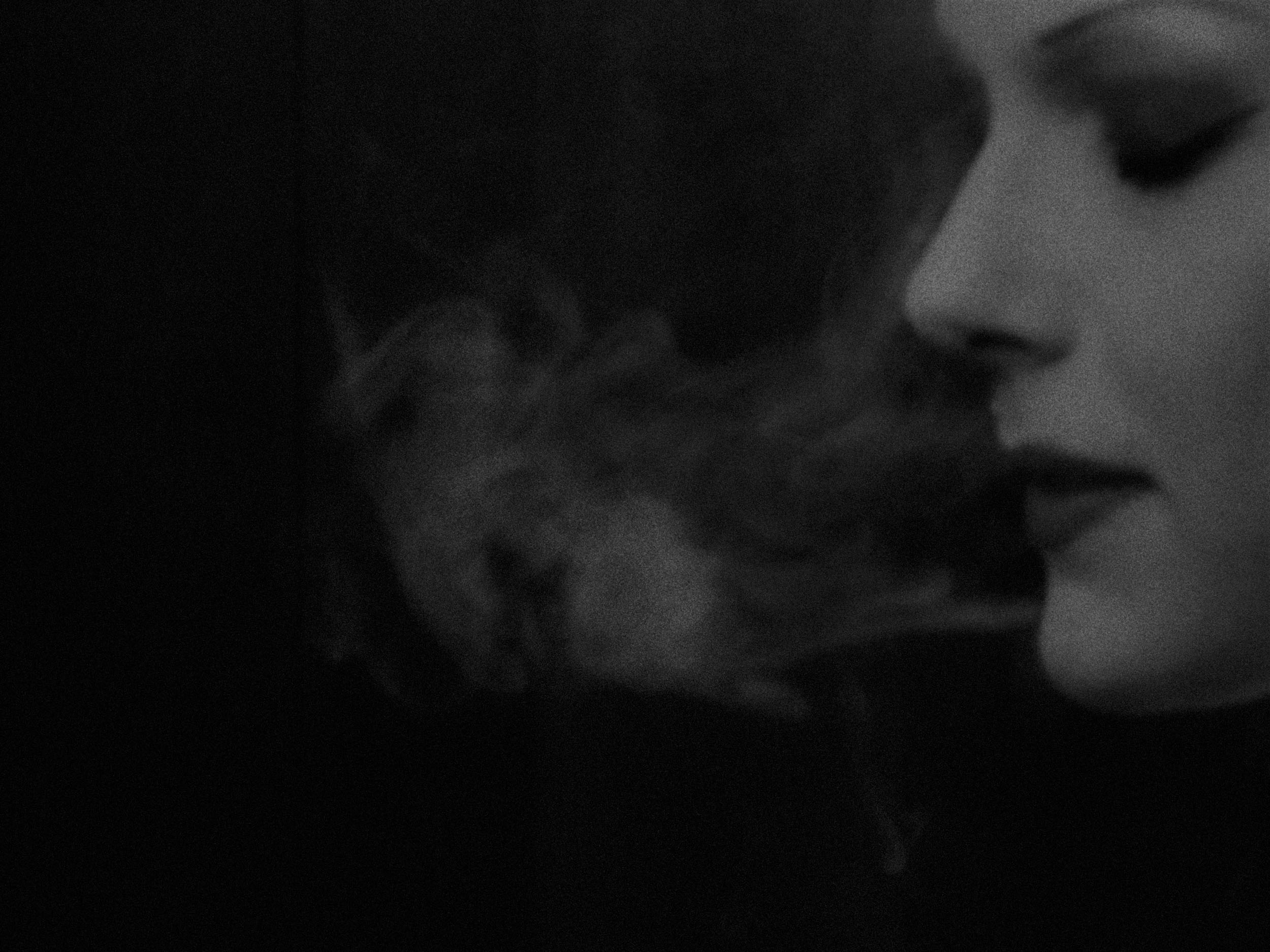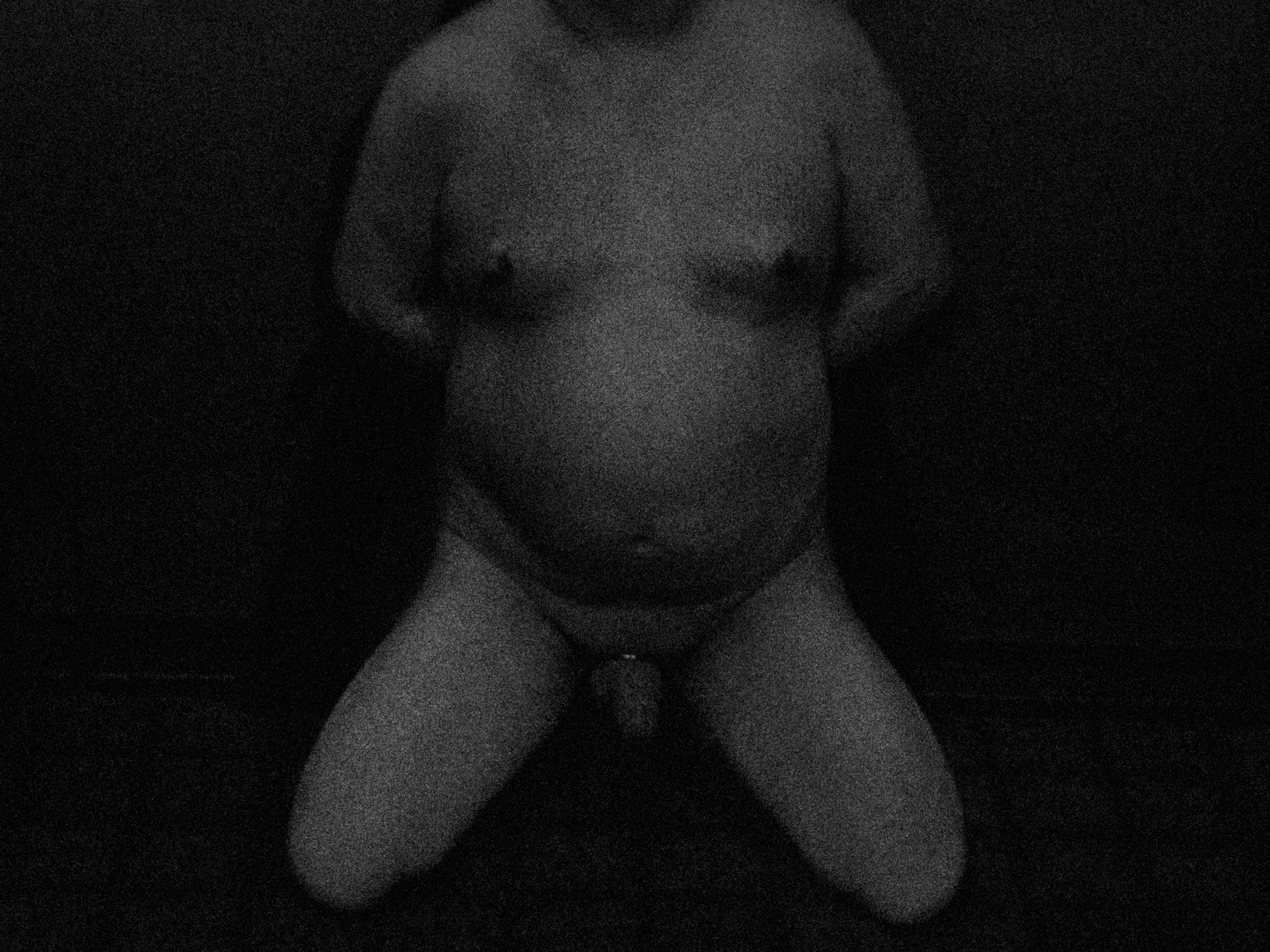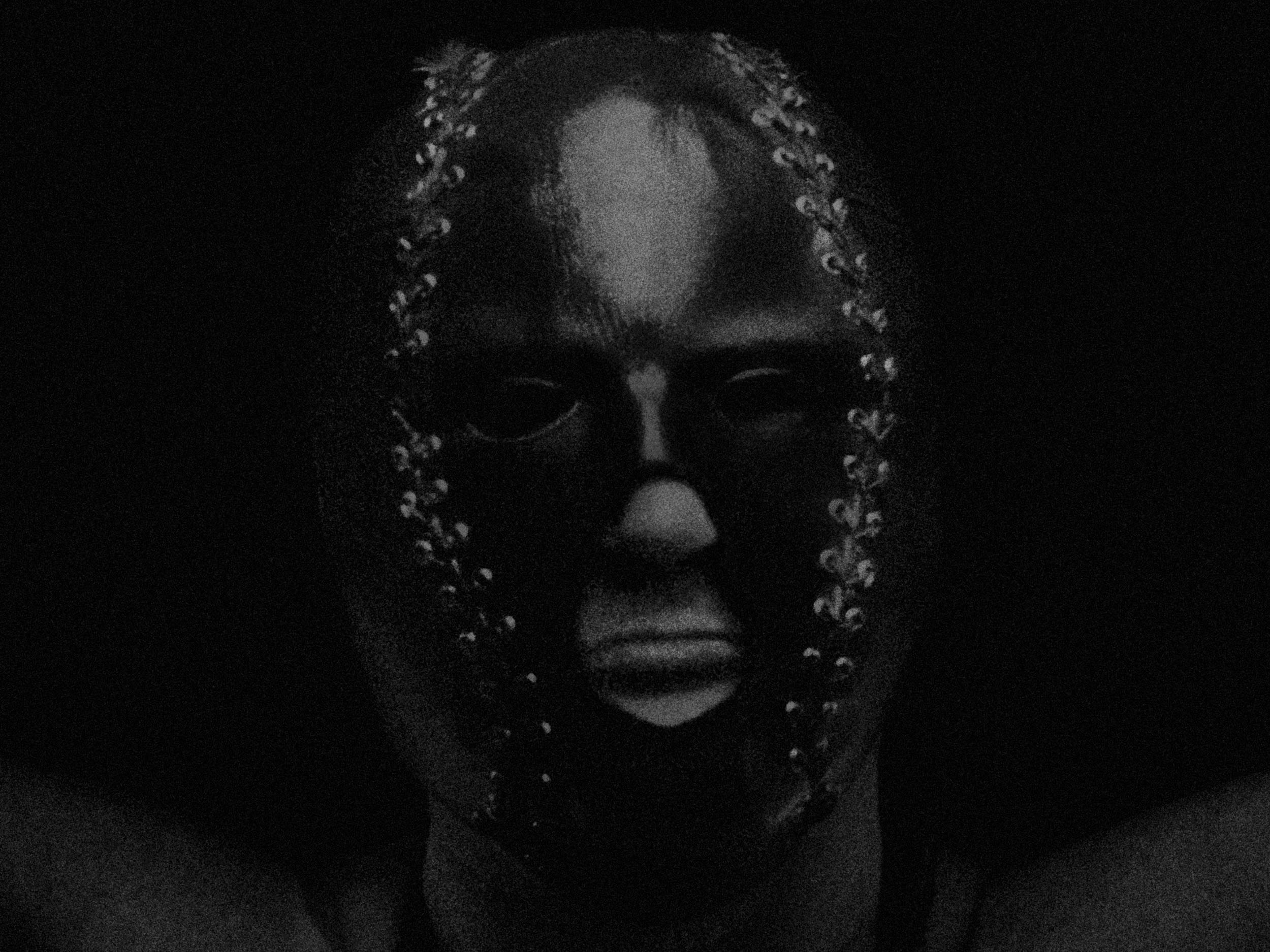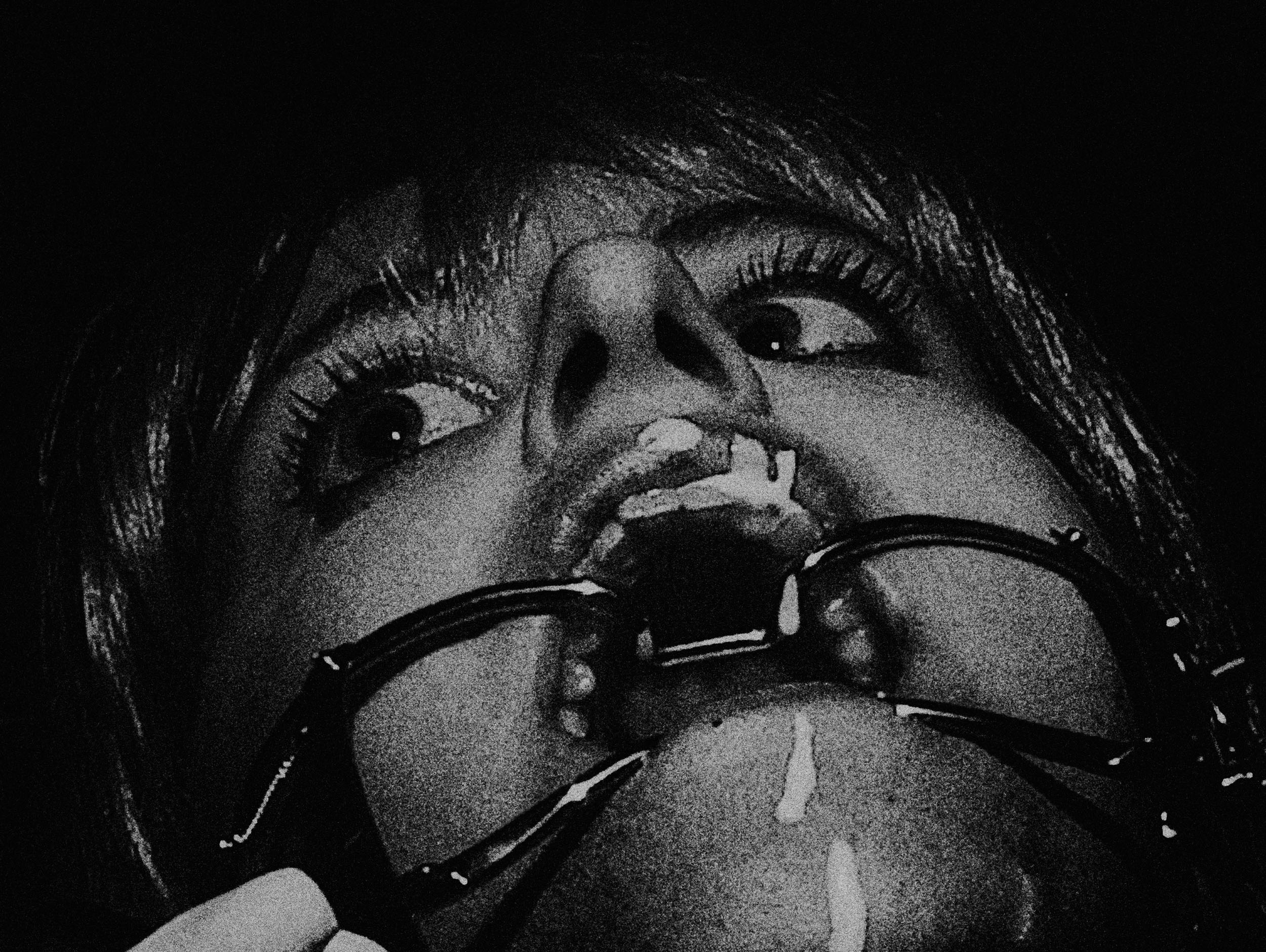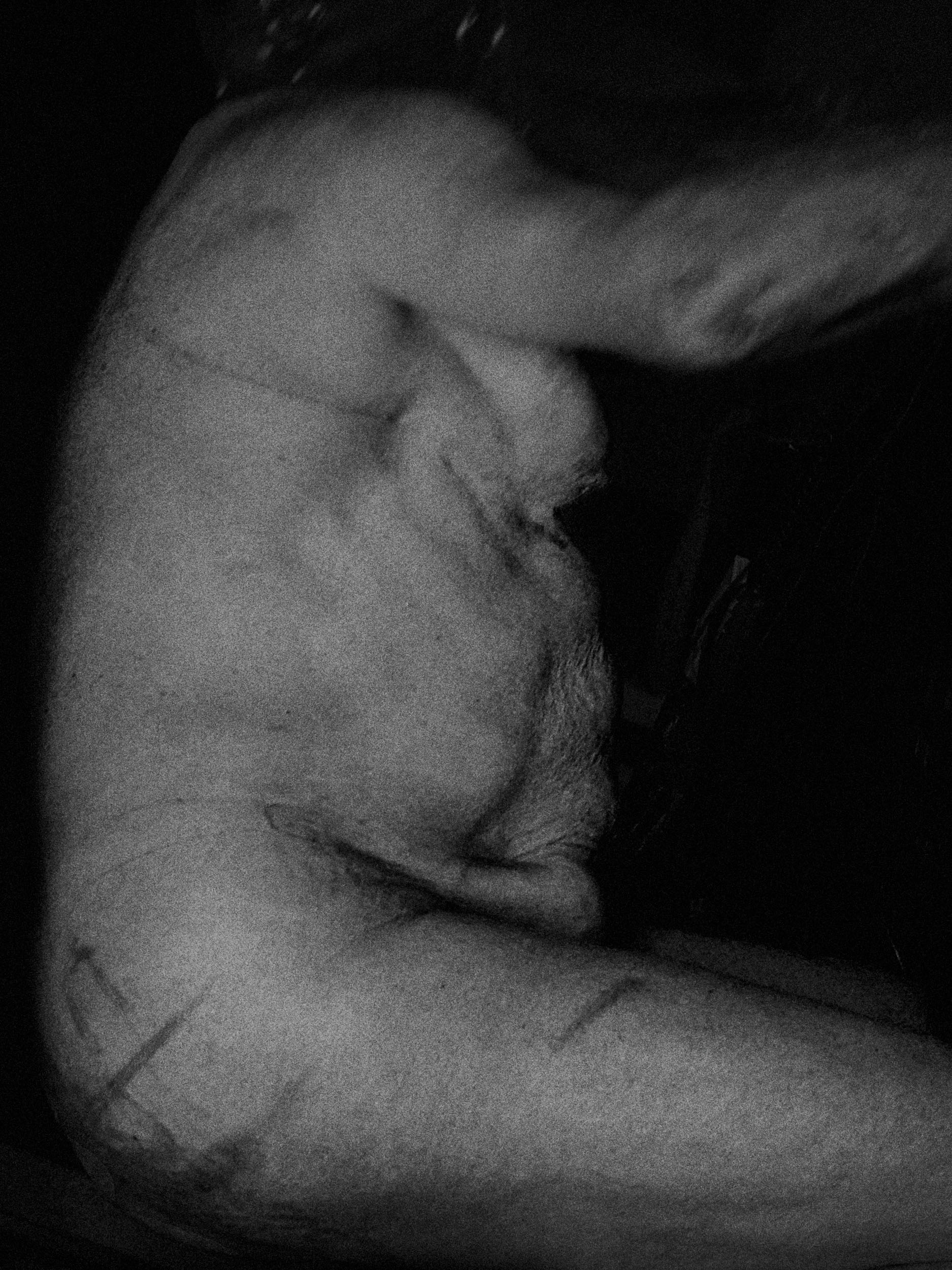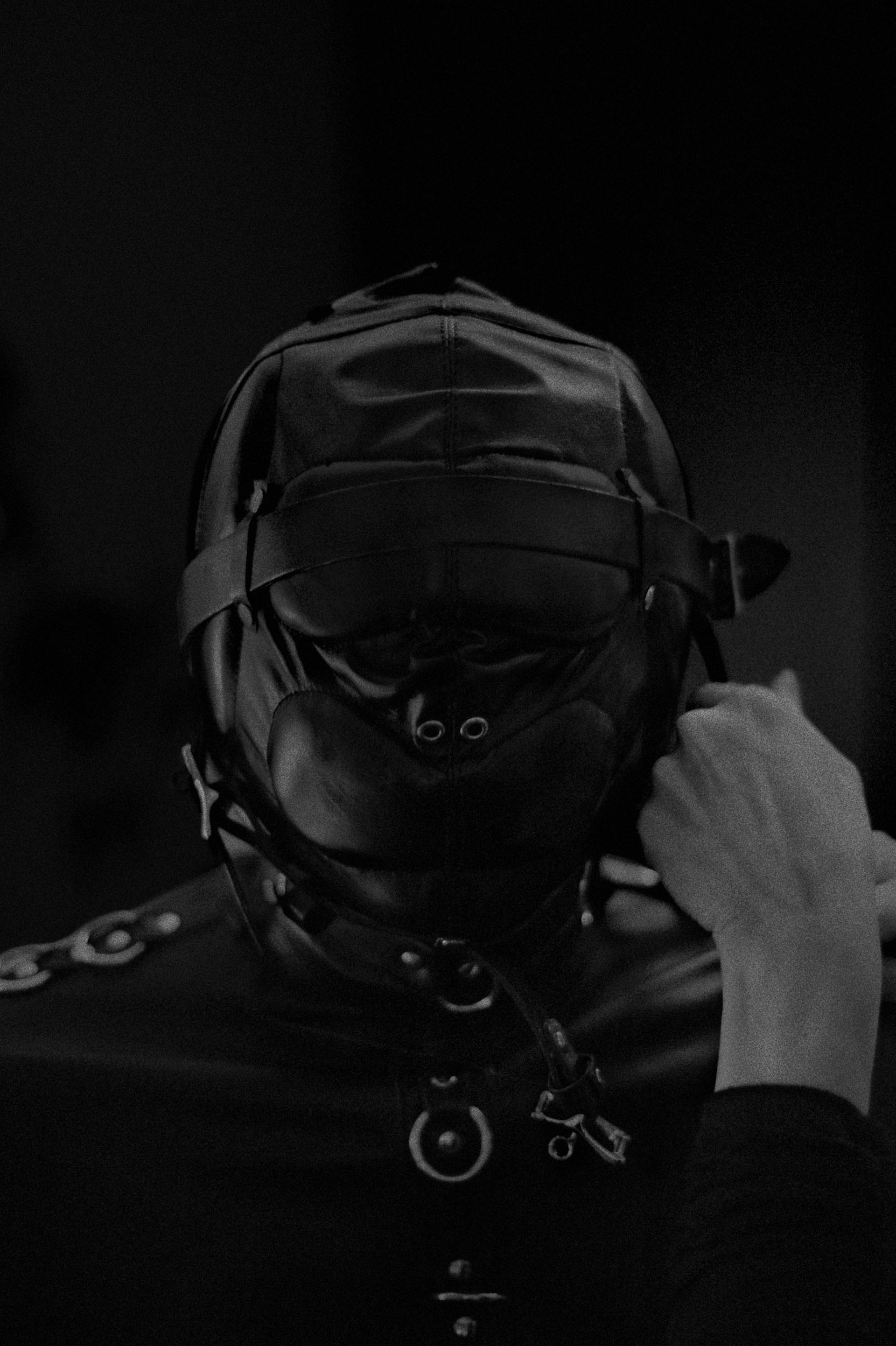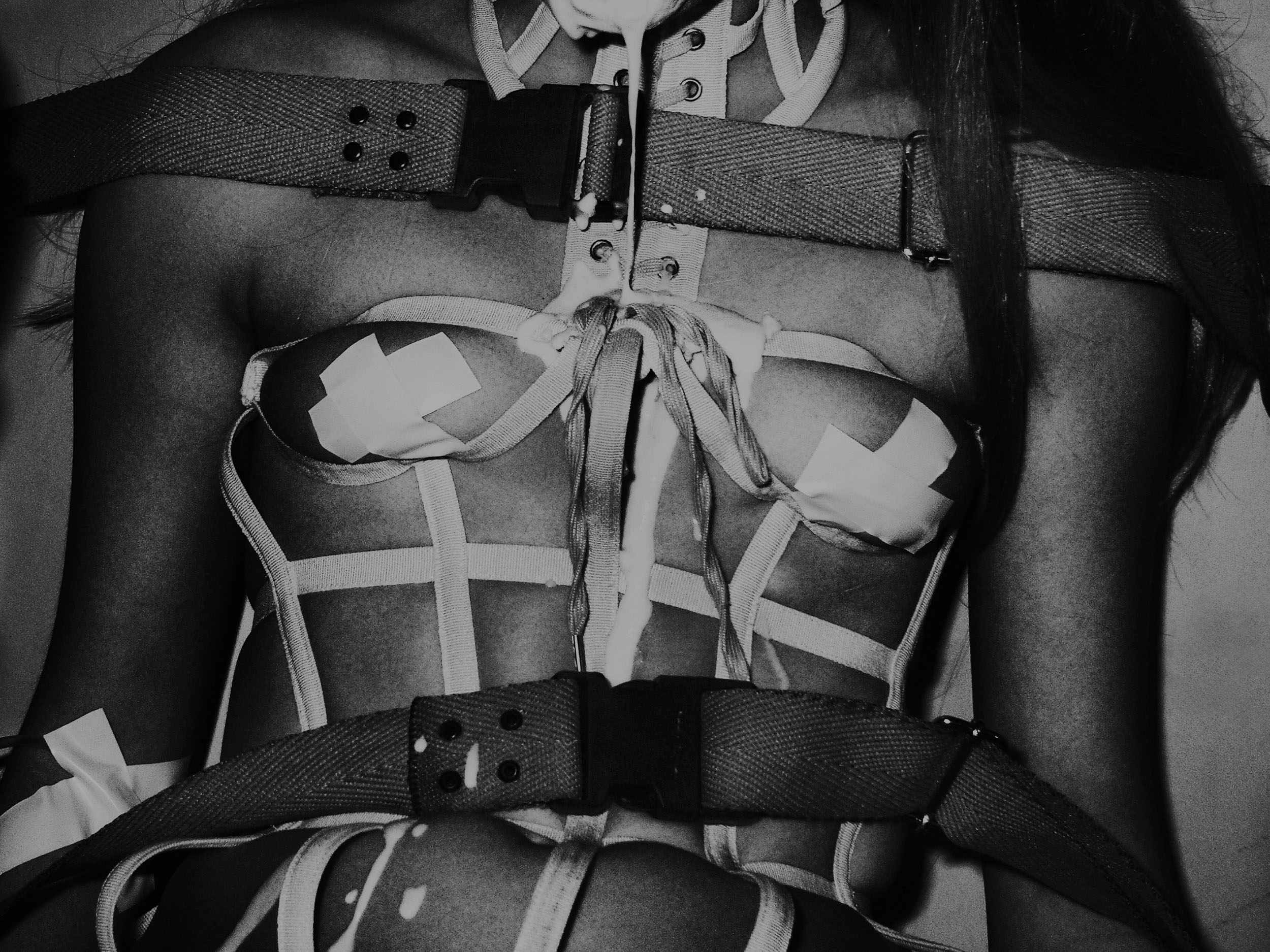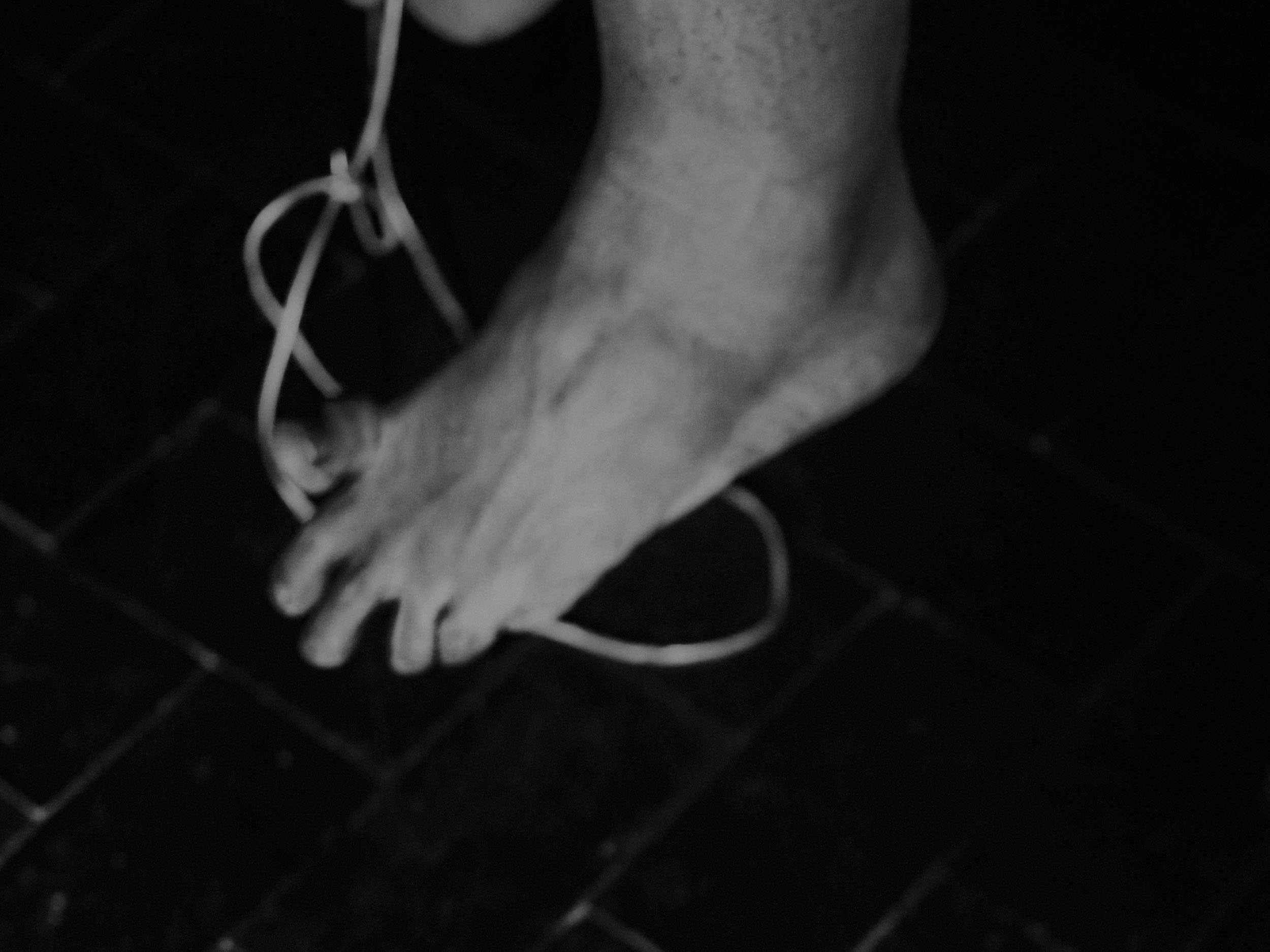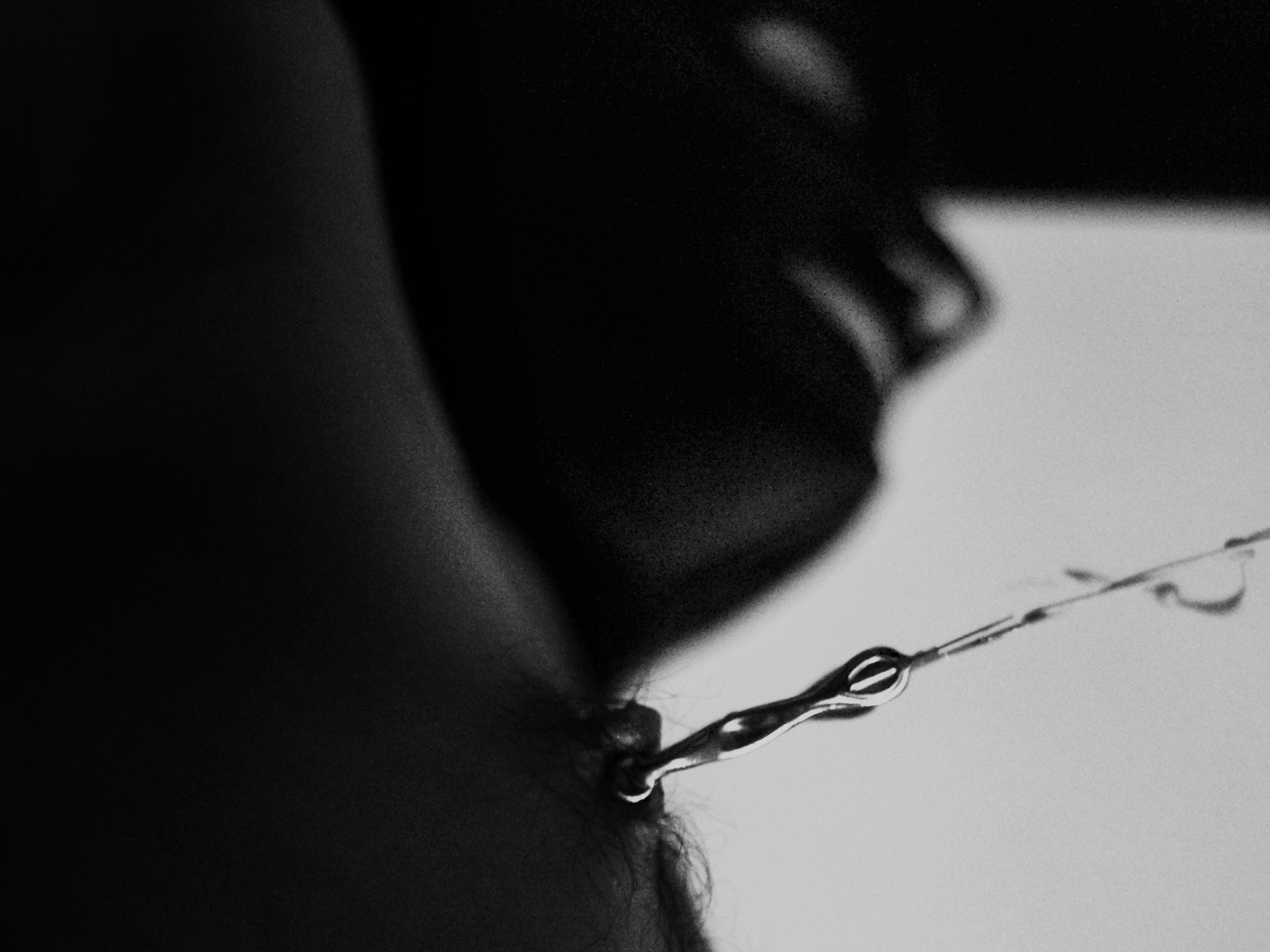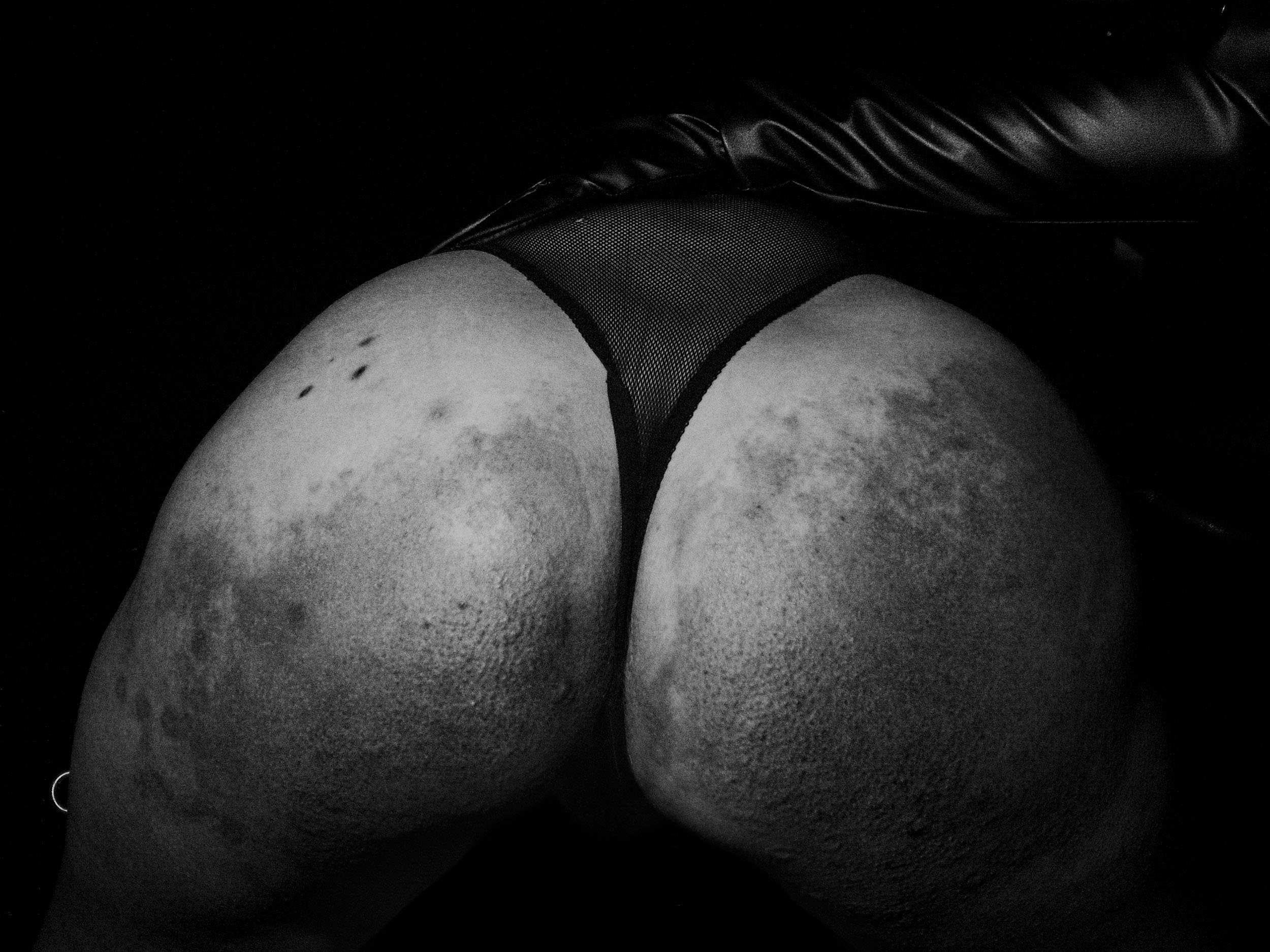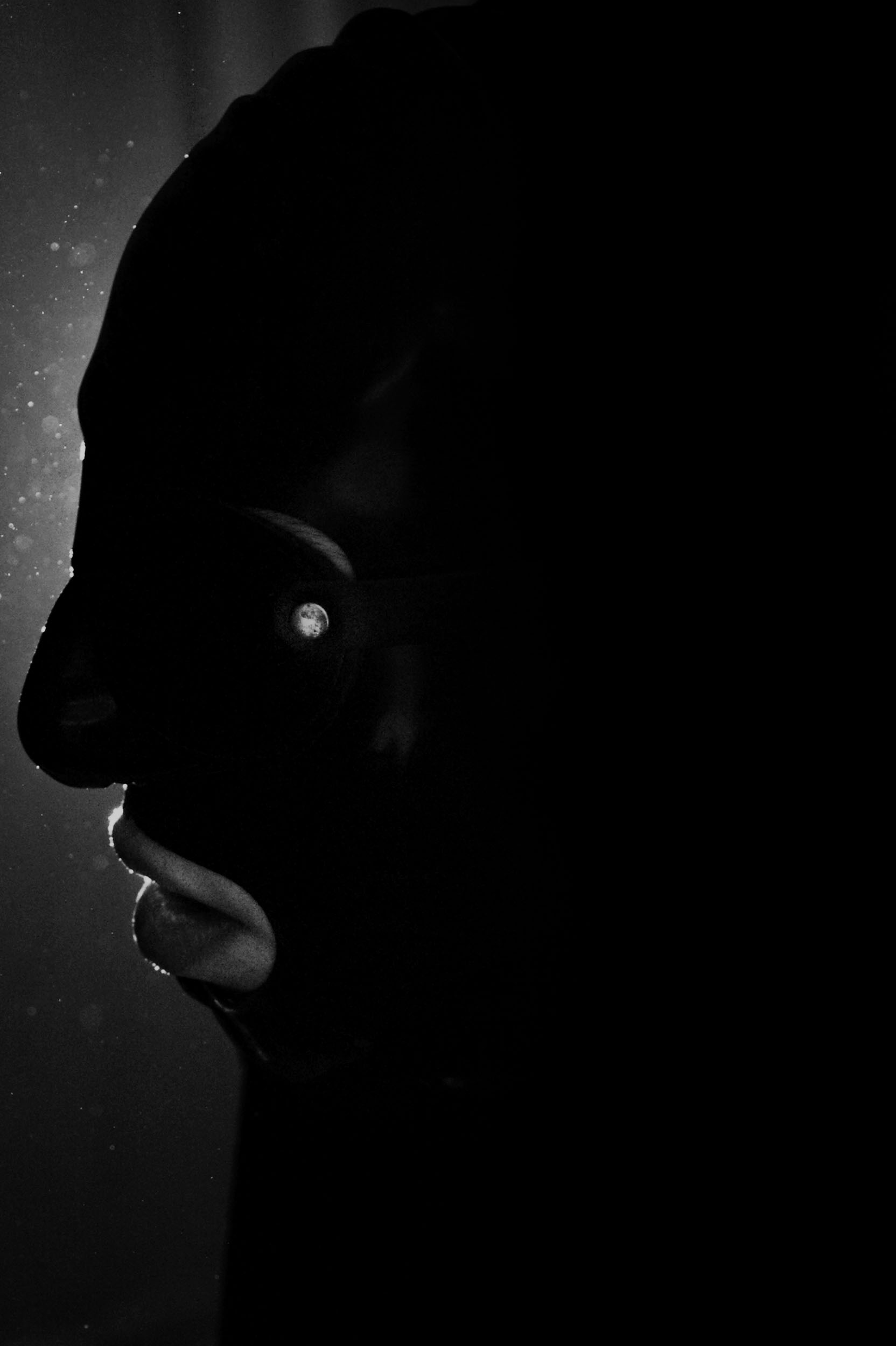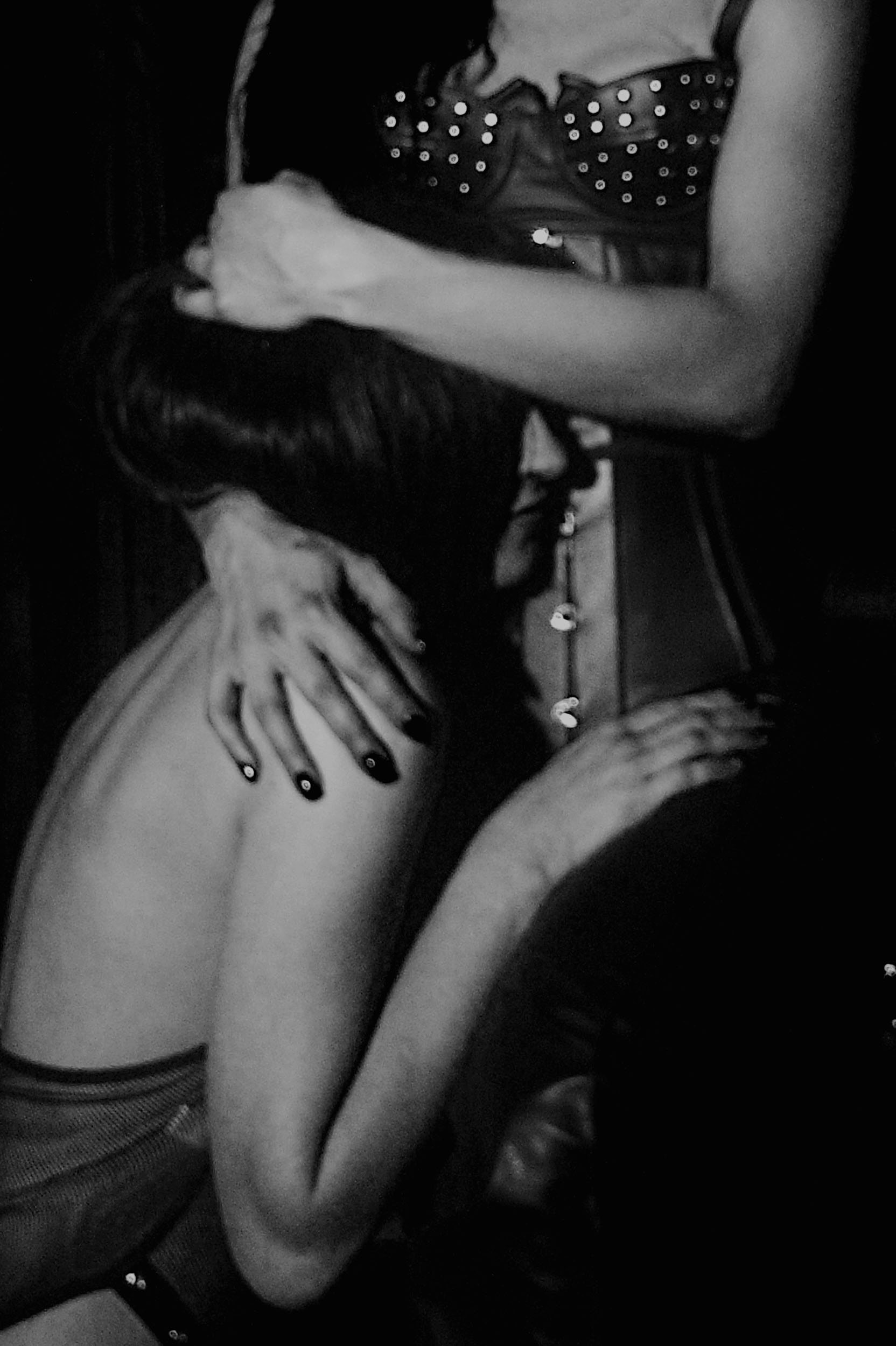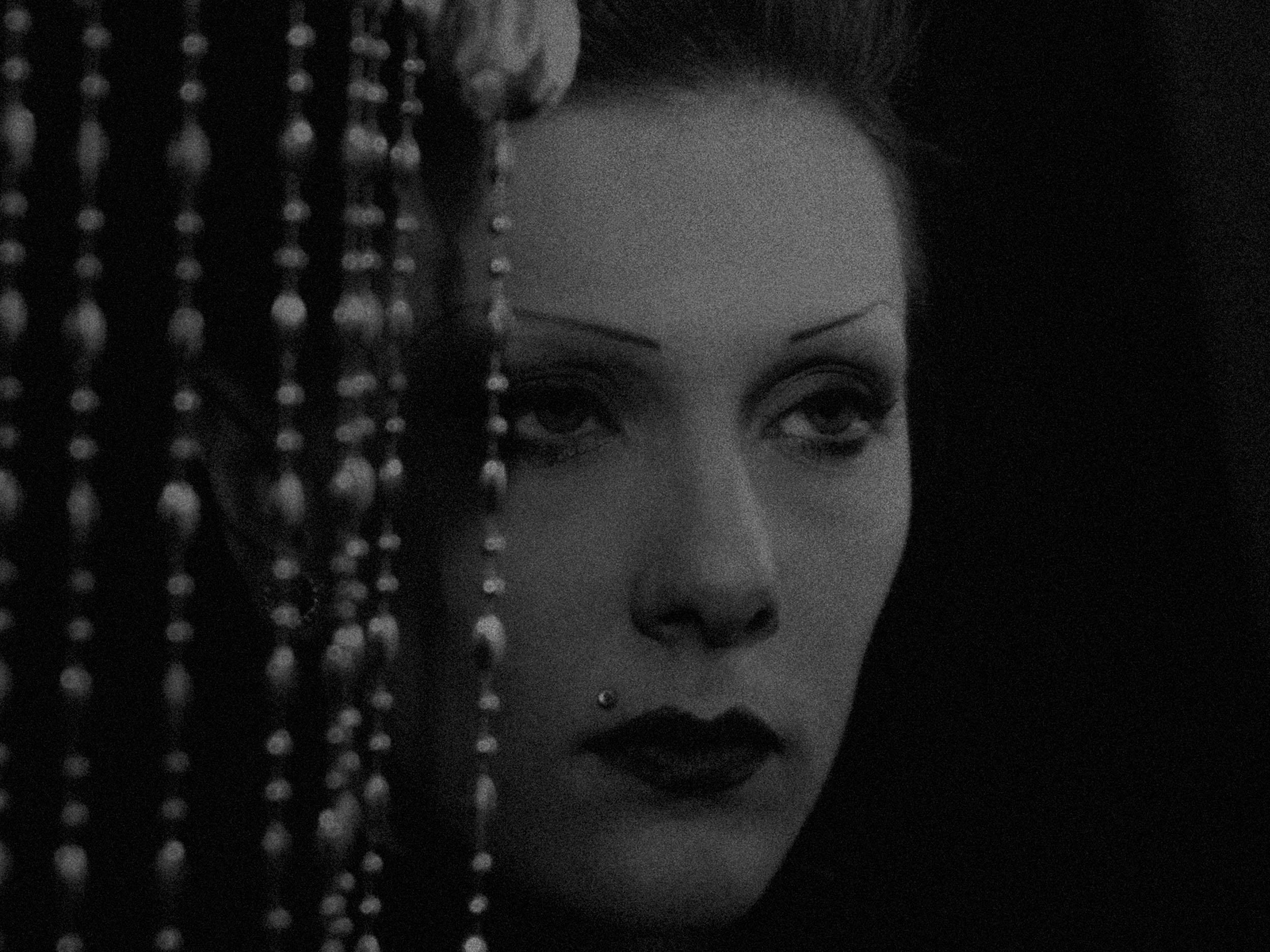Realpolitik
2018-2023
Progetto fotografico satirico
sull’iconografia politica italiana.
di Luca Santese, Marco P. Valli / CESURA
(ITA) Luca Santese e Marco P. Valli, attivi nell’ultimo decennio nel panorama della fotografia contemporanea con progetti come Found Photos in Detroit (Arcara/Santese) e Bakeca (Adamo/Valli), sono co-autori di Realpolitik, recente progetto fotografico di critica e riflessione satirica sull’iconografia di propaganda e comunicazione politica italiana contemporanea.
Dal 2018 gli autori lavorano alla costruzione di una documentazione sistematica ed autoriale attraverso una serie di pubblicazioni indipendenti in tempo reale sui principali eventi e protagonisti del panorama politico italiano. Si vedano Boys Boys Boys, Popolopopolo, Lega Nord Party, MoVimento Lento, Mask off, Tik Tok Tak e Homo Silvio, divulgati da Cesura Publish, casa editrice indipendente del collettivo fotografico Cesura.
Artribune
Time Magazine cover
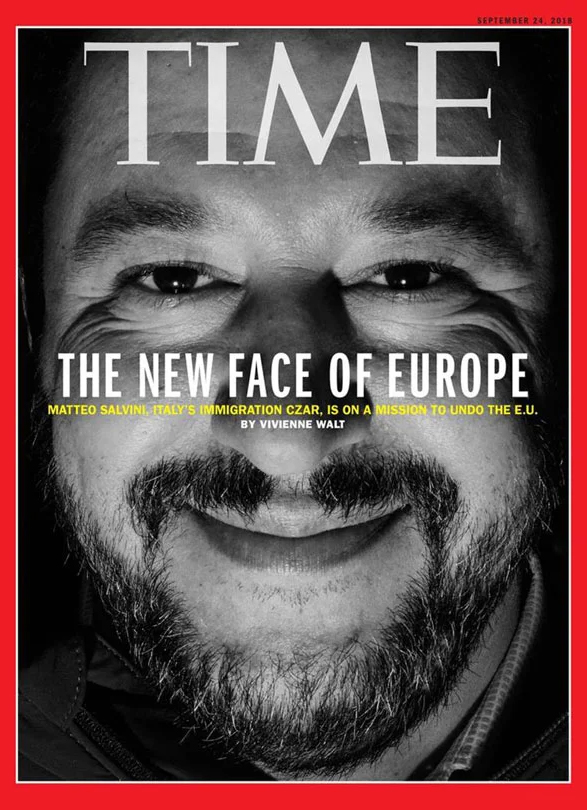
(Time Magazine Cover - Matteo Salvini)
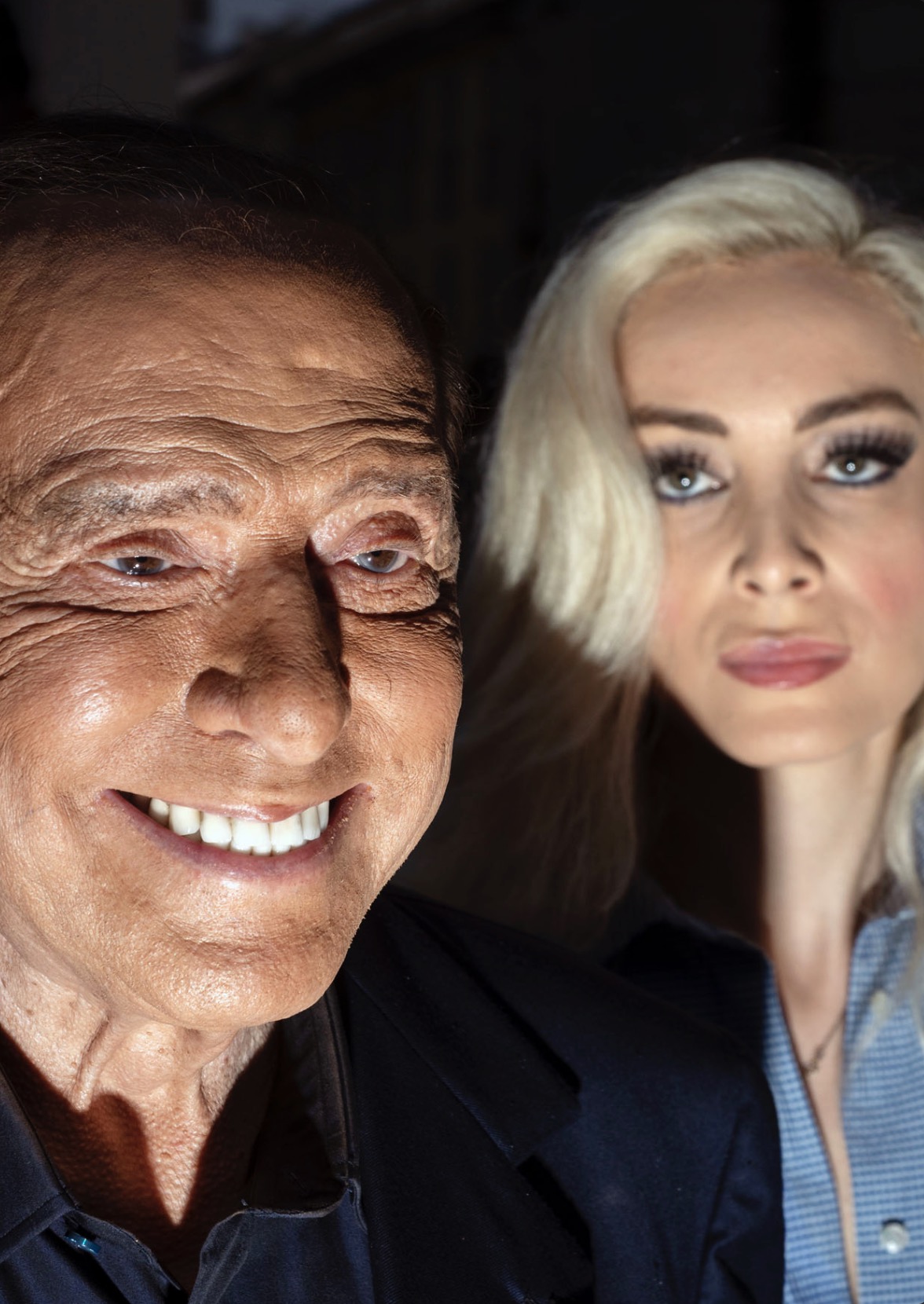
Realpolitik 2018-2023: a Satirical photographic
project on
Italian political iconography.
(ENG) Luca Santese and Marco P. Valli, active in the last decade in the contemporary photography scene with projects such as Found Photos in Detroit (Arcara/Santese) and Bakeca (Adamo/Valli), are co-authors of Realpolitik, a recent photographic project of criticism and satirical reflection on the iconography of contemporary Italian political propaganda and communication.
Since 2018, the authors have been working on the construction of a systematic and authorial documentation through a series of real-time independent publications on the main events and protagonists of the Italian political scene. See Boys Boys Boys, Popolopopolo, Lega Nord Party, MoVimento Lento, Mask off, Tik Tok Tak, and Homo Silvio, disseminated by Cesura Publish, the independent publishing house of the Cesura photographic collective.




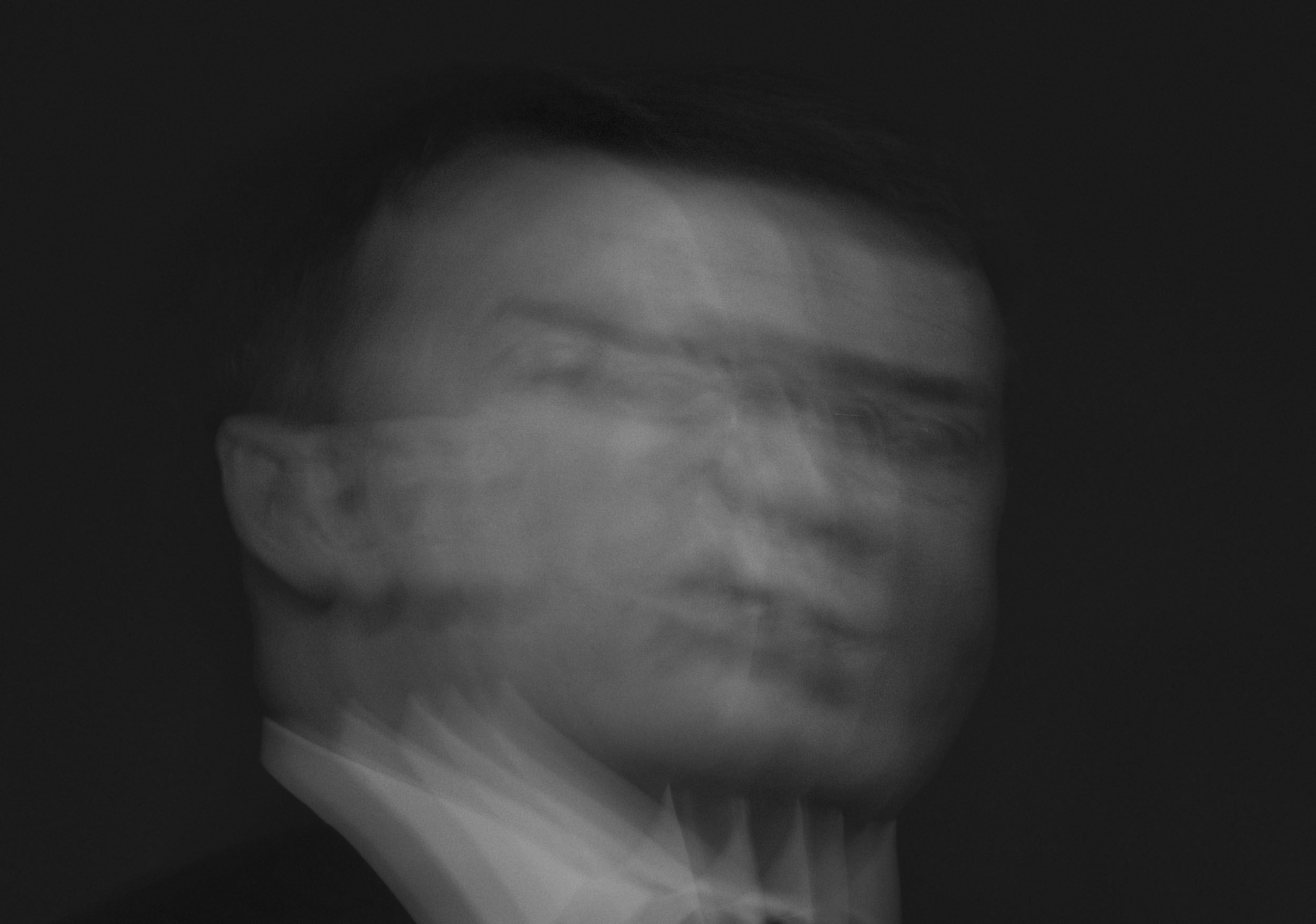

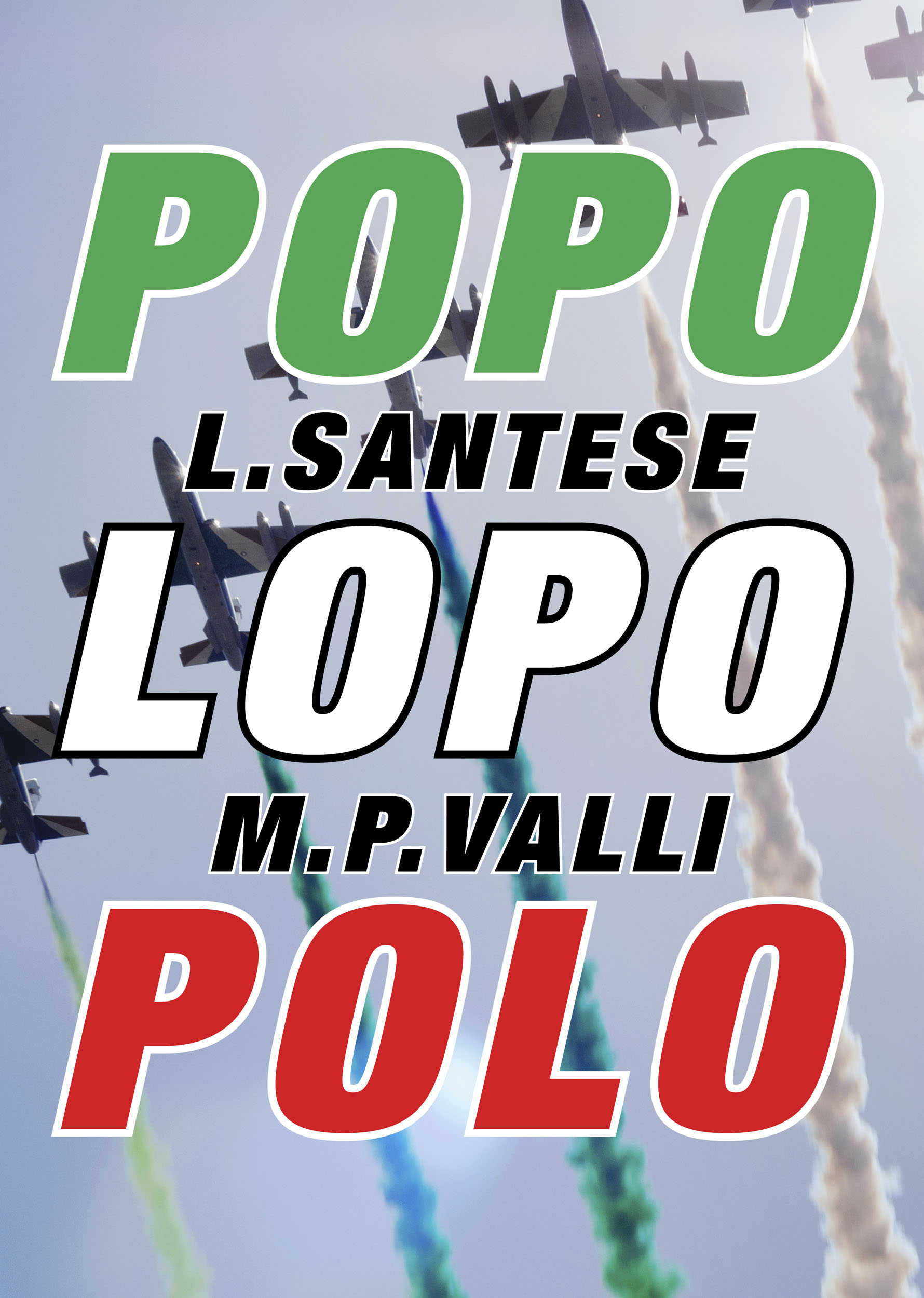
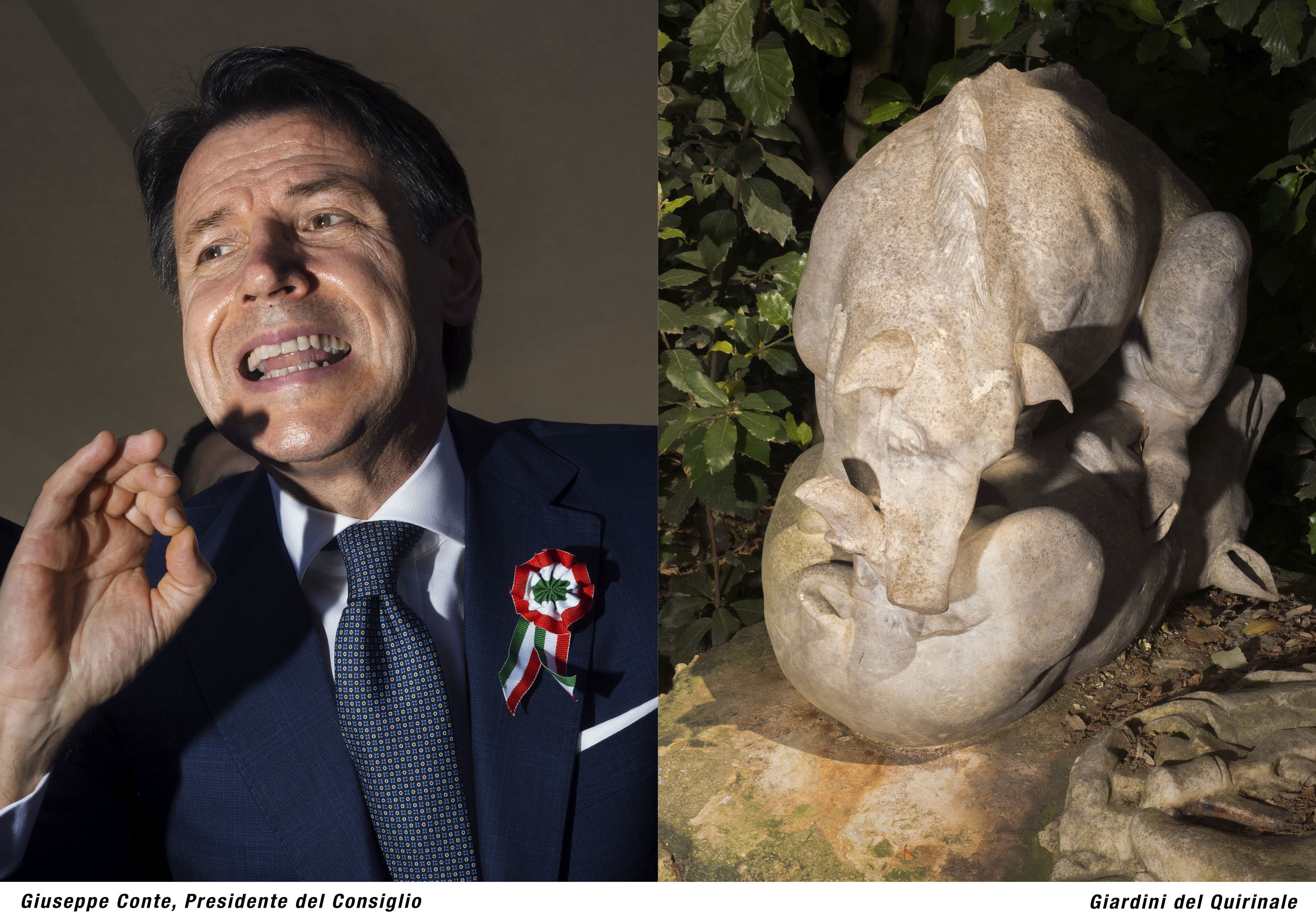

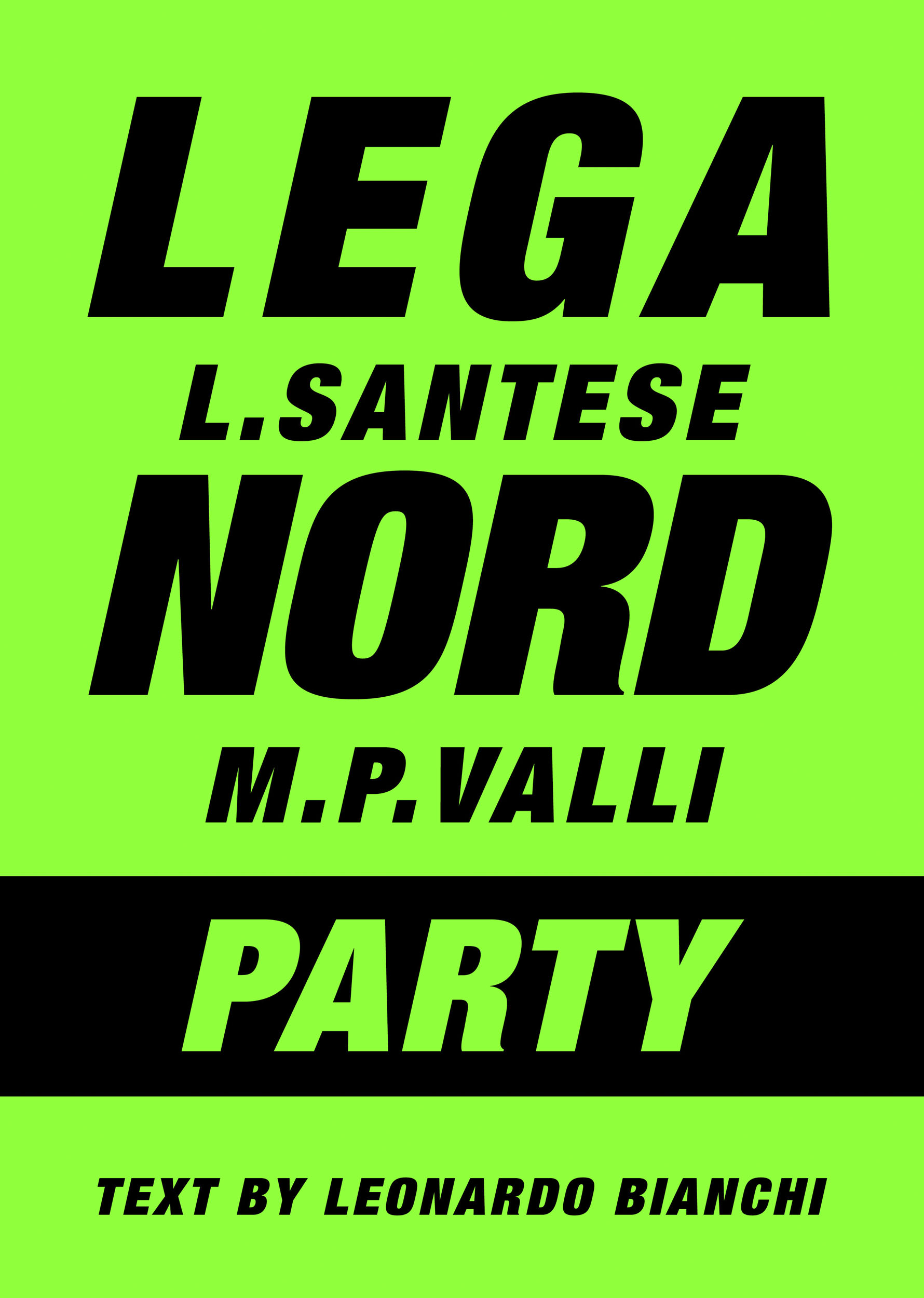

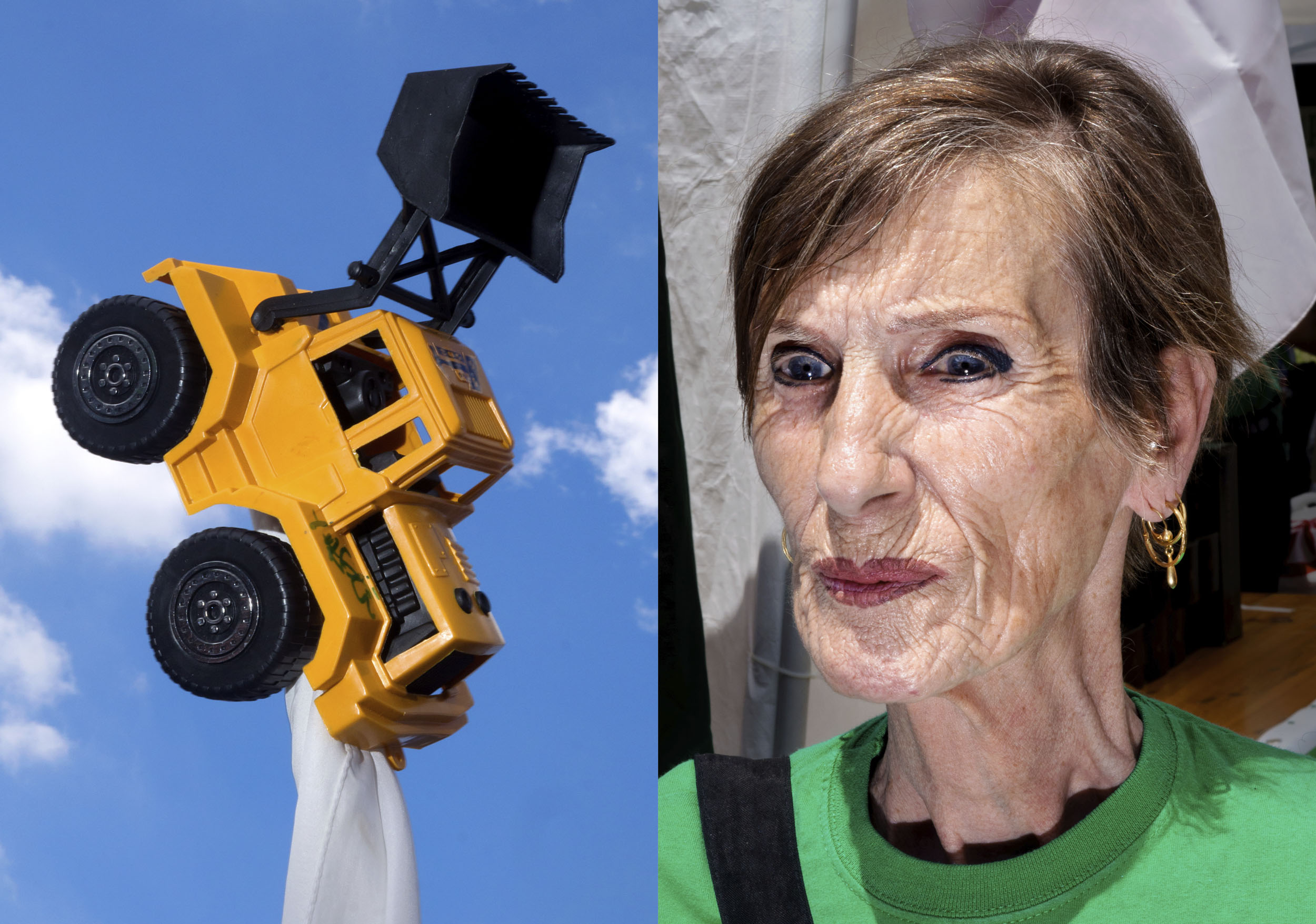



(The first five volumes of Realpolitik fanzine series)
(ITA) Diverse immagini che compongono il progetto sono state pubblicate sulle copertine di giornali e riviste come Time Magazine, L’Espresso, La Repubblica, Internazionale e L’Essenziale. Gli autori hanno inoltre pubblicato un libro fotografico interamente dedicato all’allora ministro dell’Interno Matteo Salvini (Il Corpo del Capitano - 2020).
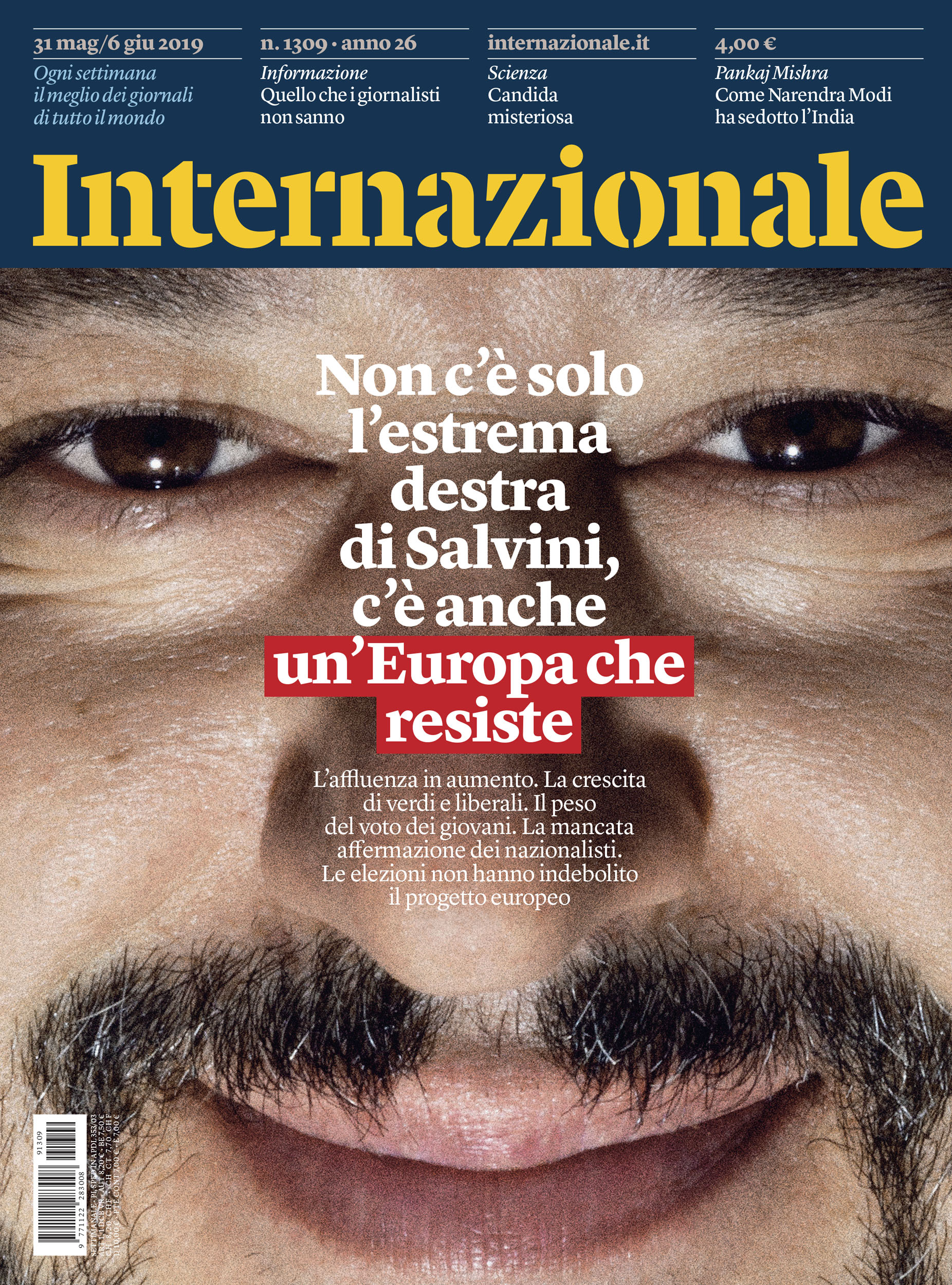
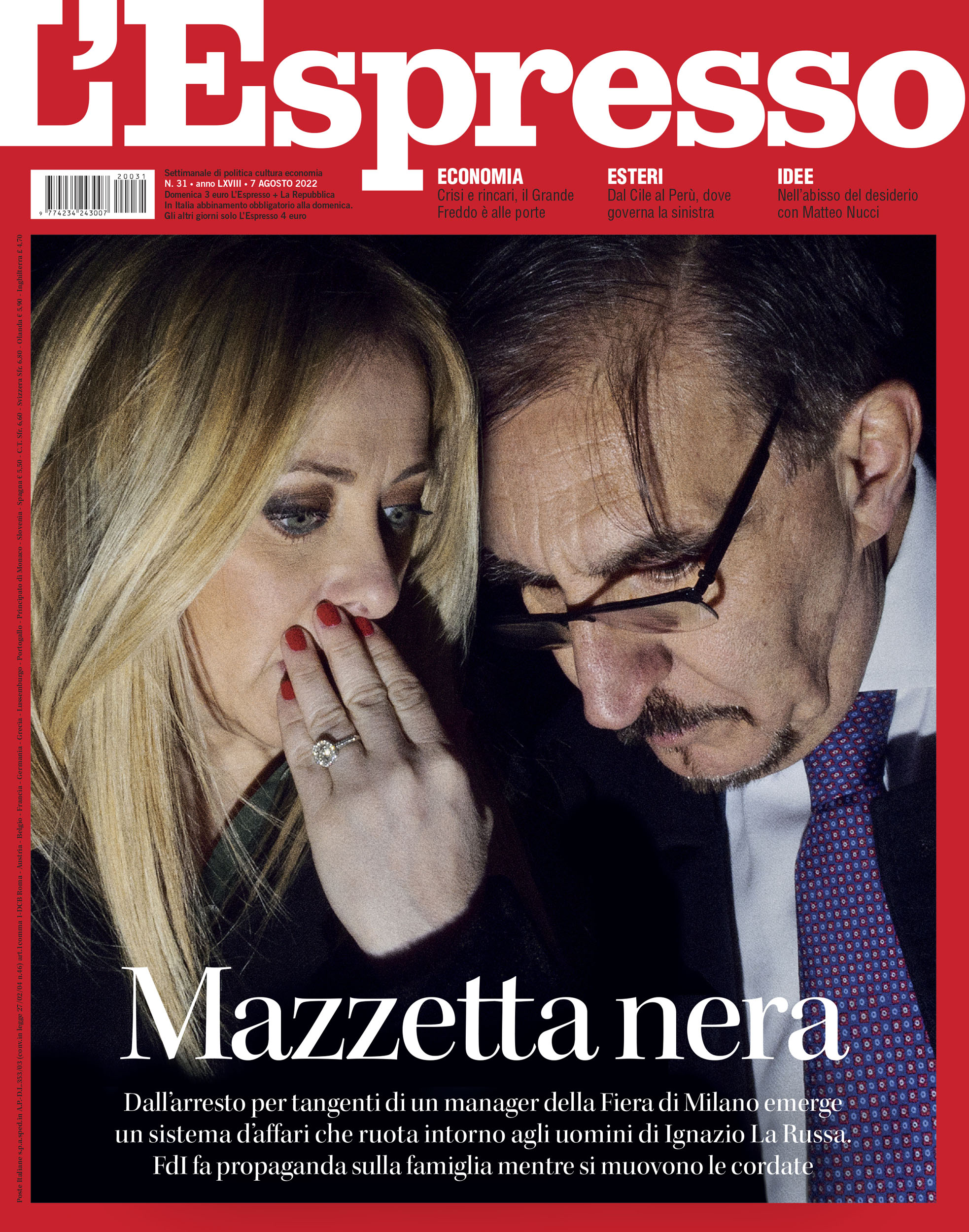
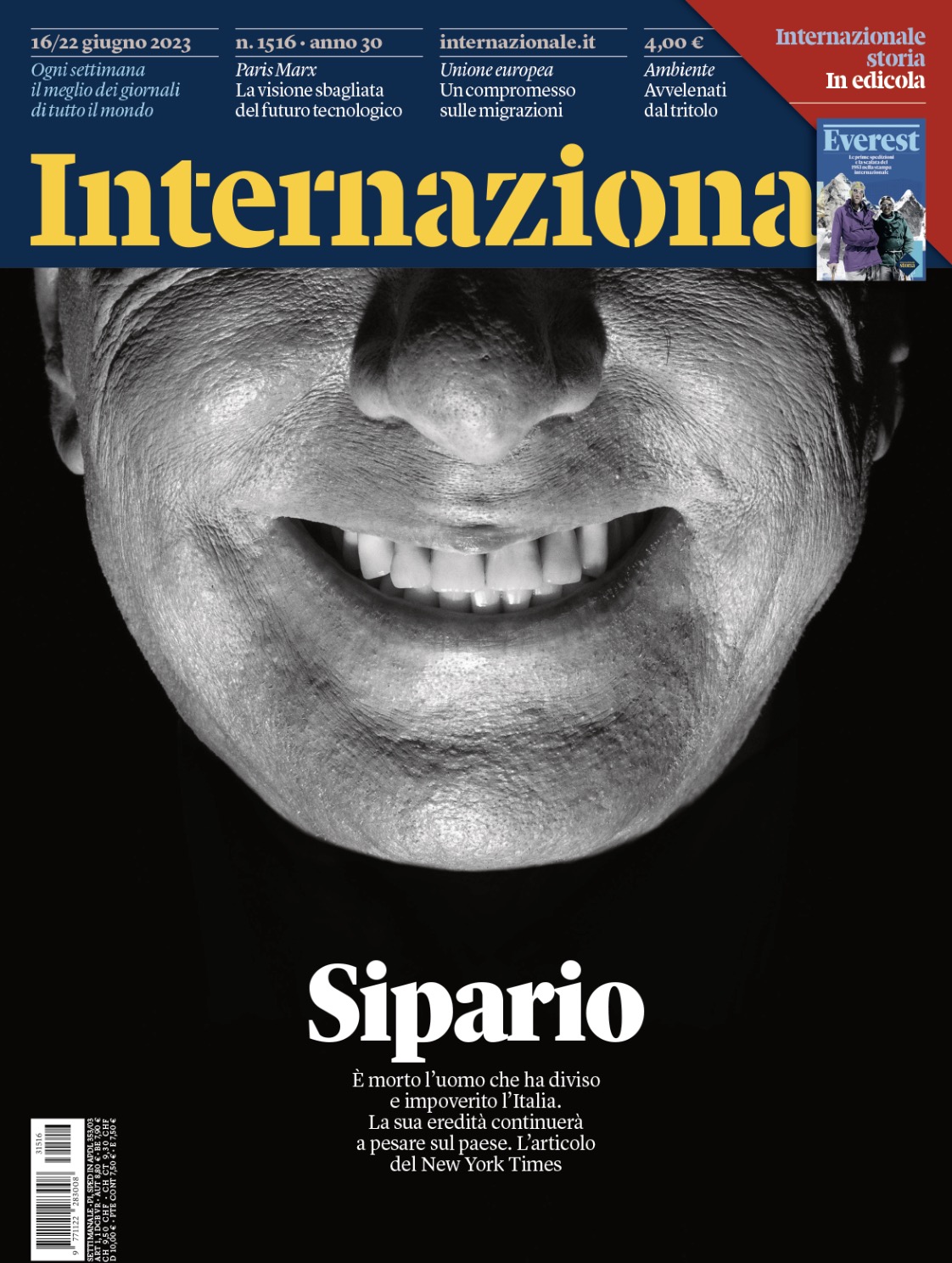

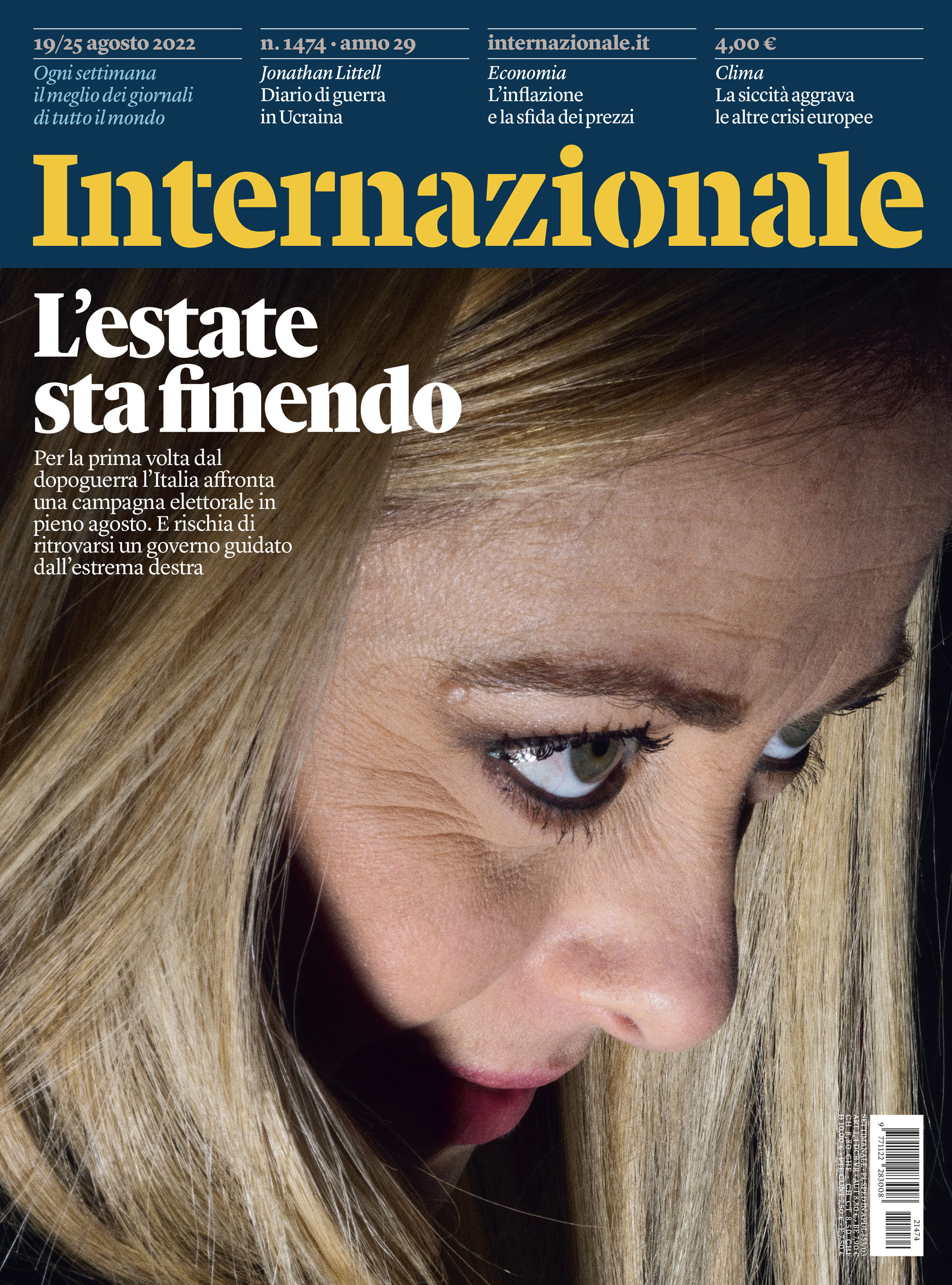
(Selection of magazine covers)
(ENG) Several images that make up the project have been published on the covers of newspapers and magazines such as Time Magazine, L'Espresso, La Repubblica, Internazionale, and L'Essenziale. The authors have also published a photographic book entirely dedicated to the then Minister of the Interior Matteo Salvini (Link: The Body of the Captain - 2020).
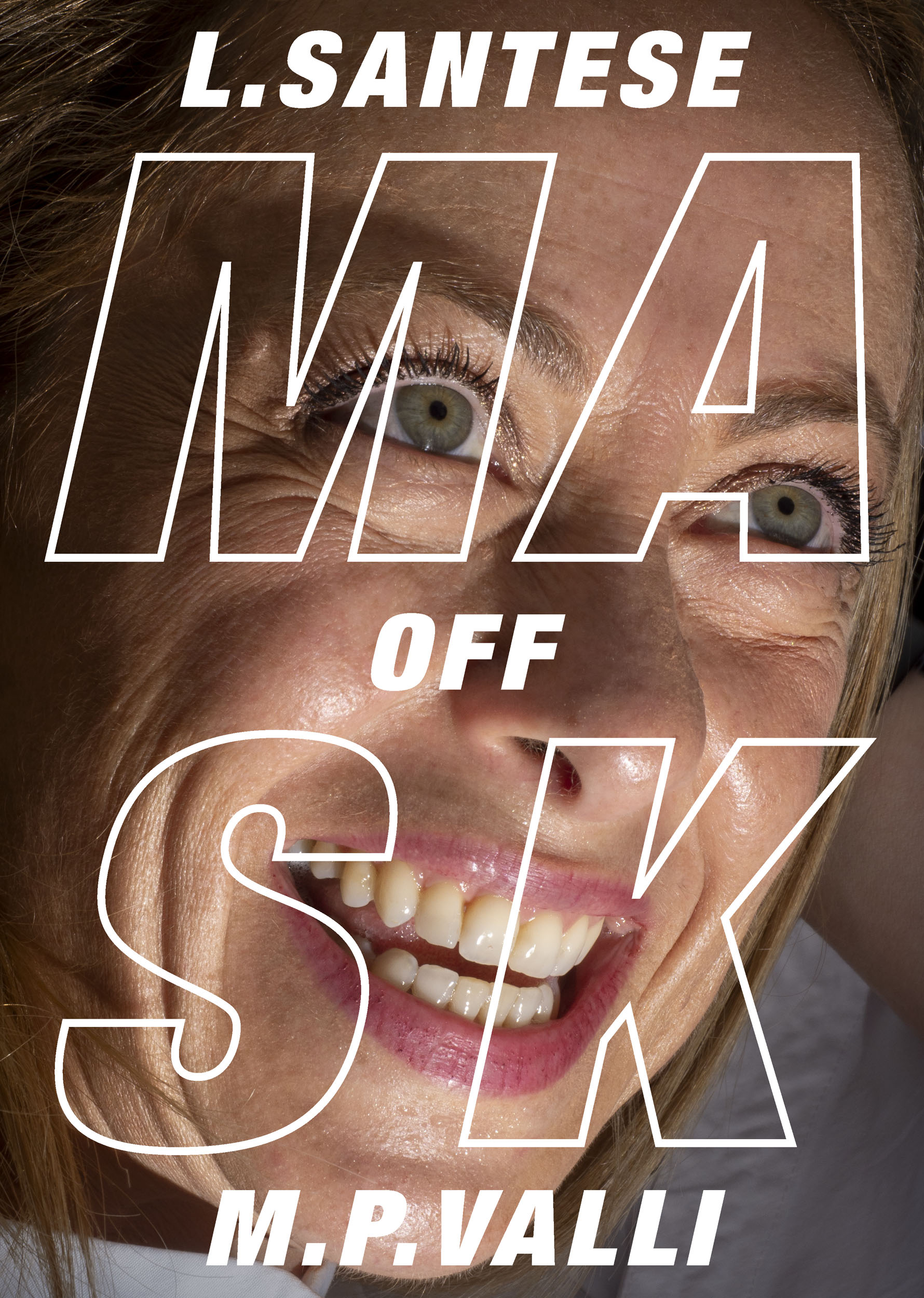




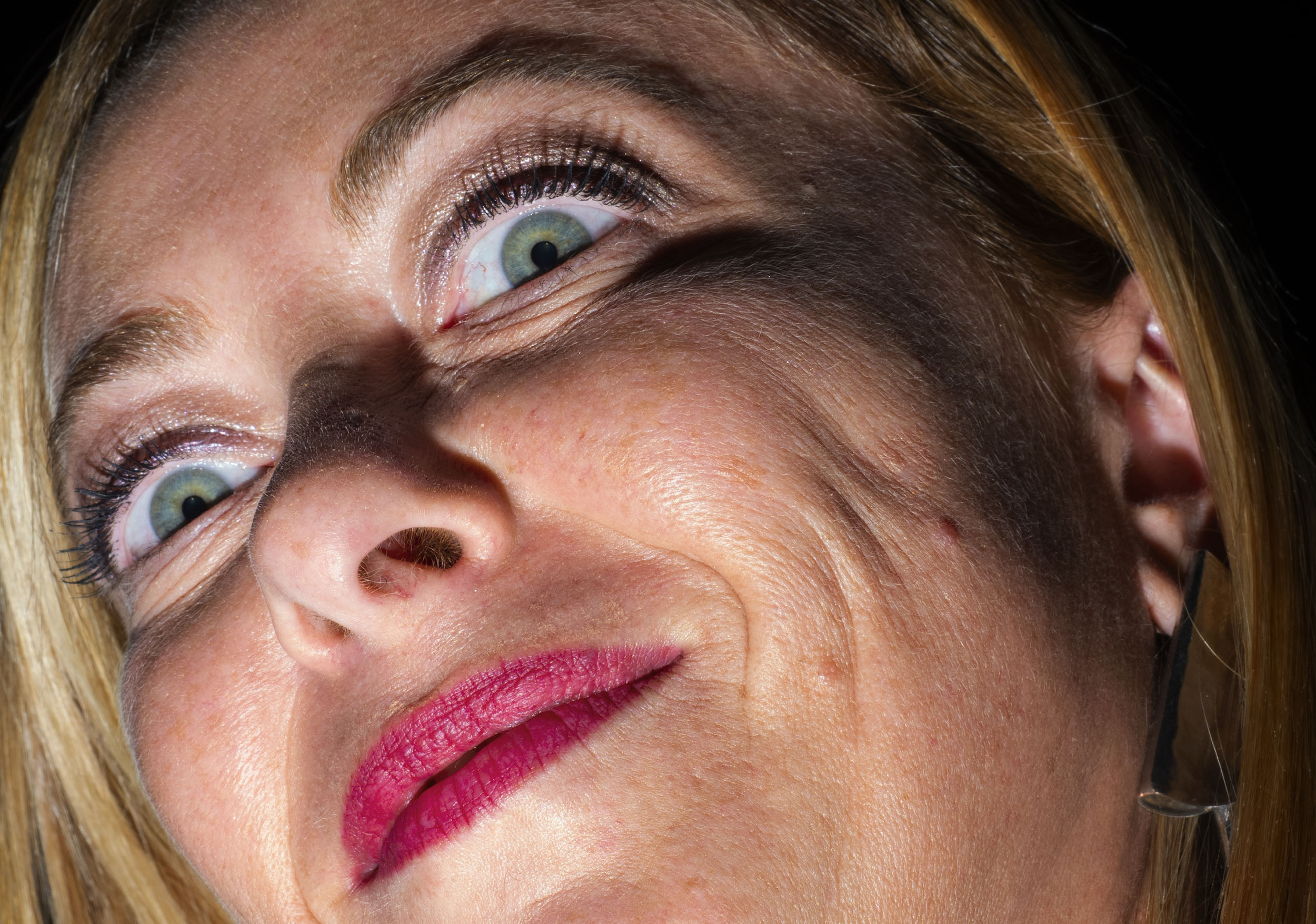
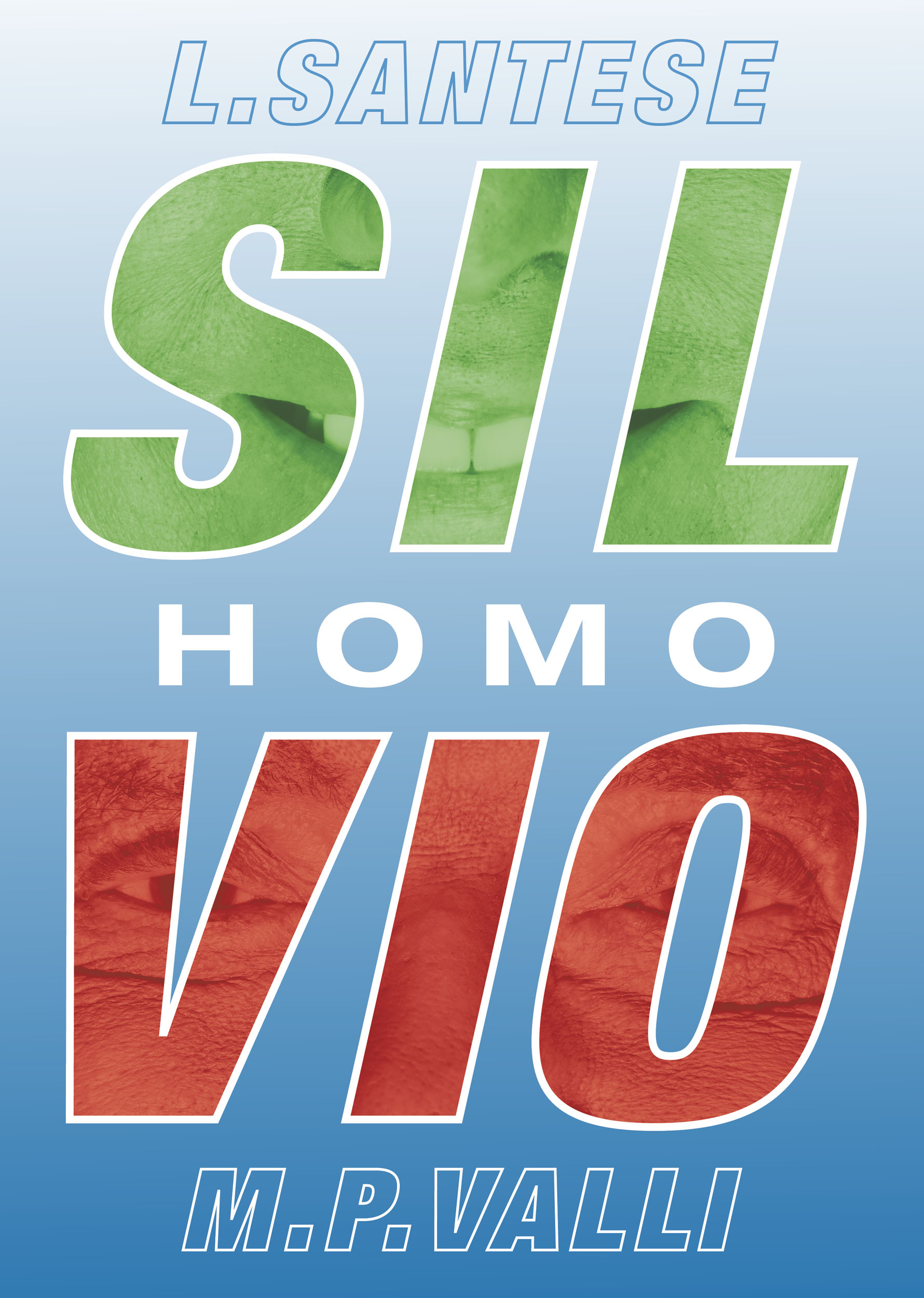


(The last three volumes of Realpolitik fanzine series)
(ITA)La mostra Realpolitik 2018-2023 è composta numerosi stendardi e gigantografie e da 30 stampe fine art di grande formato. Questo permette di immergersi nella nuova iconografia della politica italiana, che gli autori hanno contribuito in modo determinante a plasmare. Si tratta di una sovversione delle modalità con cui la politica ha cercato di rappresentare sé stessa, soprattutto tramite l’uso oculato e programmatico dei social network, in una inarrestabile transizione dalla democrazia rappresentativa verso una democrazia della rappresentazione.
(ENG) The exhibition Realpolitik 2018-2023 consists of numerous banners and large-scale prints, as well as 30 large-format fine art prints. This allows for an immersive experience in the new iconography of Italian politics, to which the authors have contributed significantly in shaping. It represents a subversion of the ways in which politics has tried to represent itself, especially through the deliberate and programmatic use of social networks, in an unstoppable transition from representative democracy to a democracy of representation.
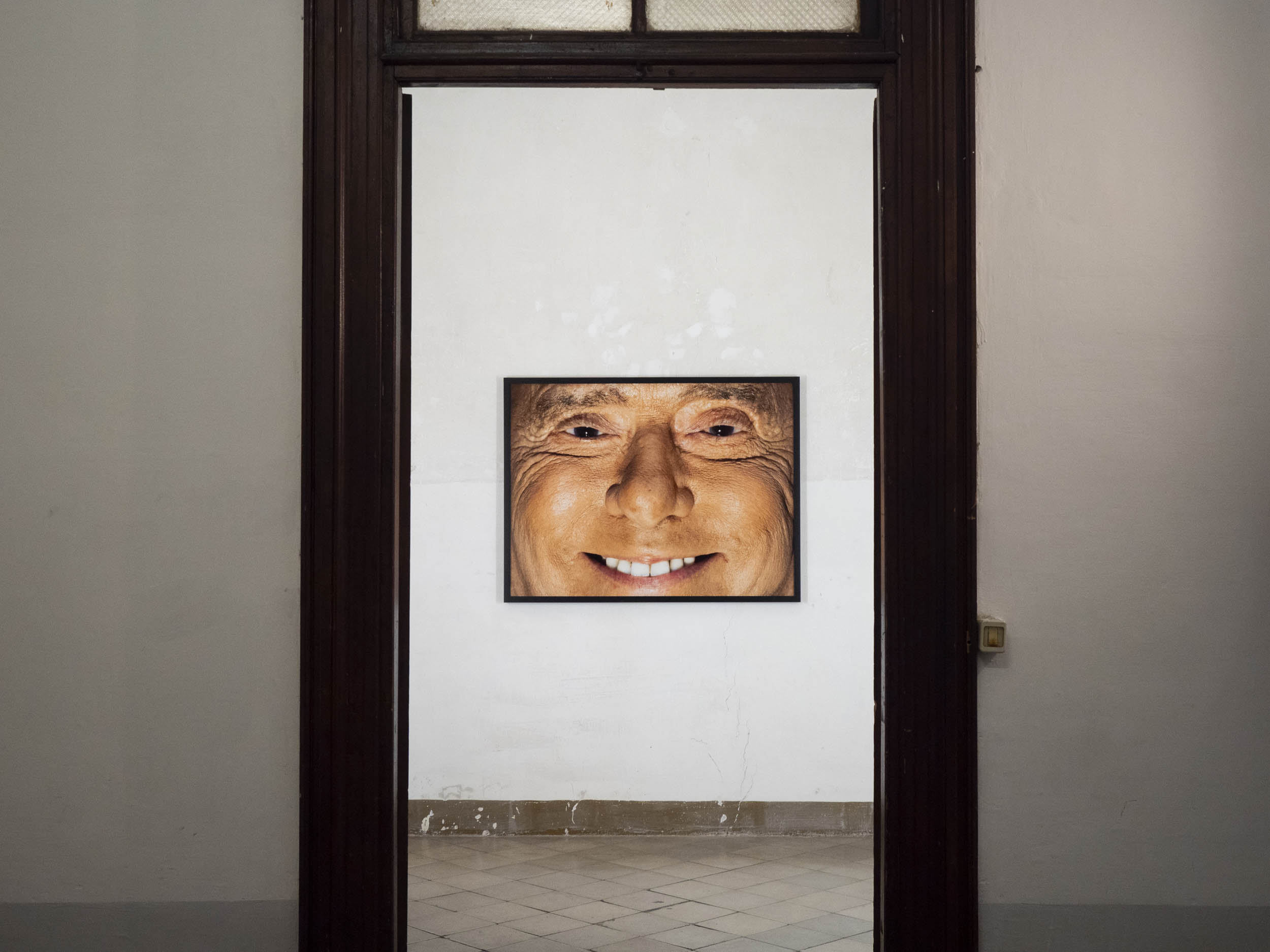

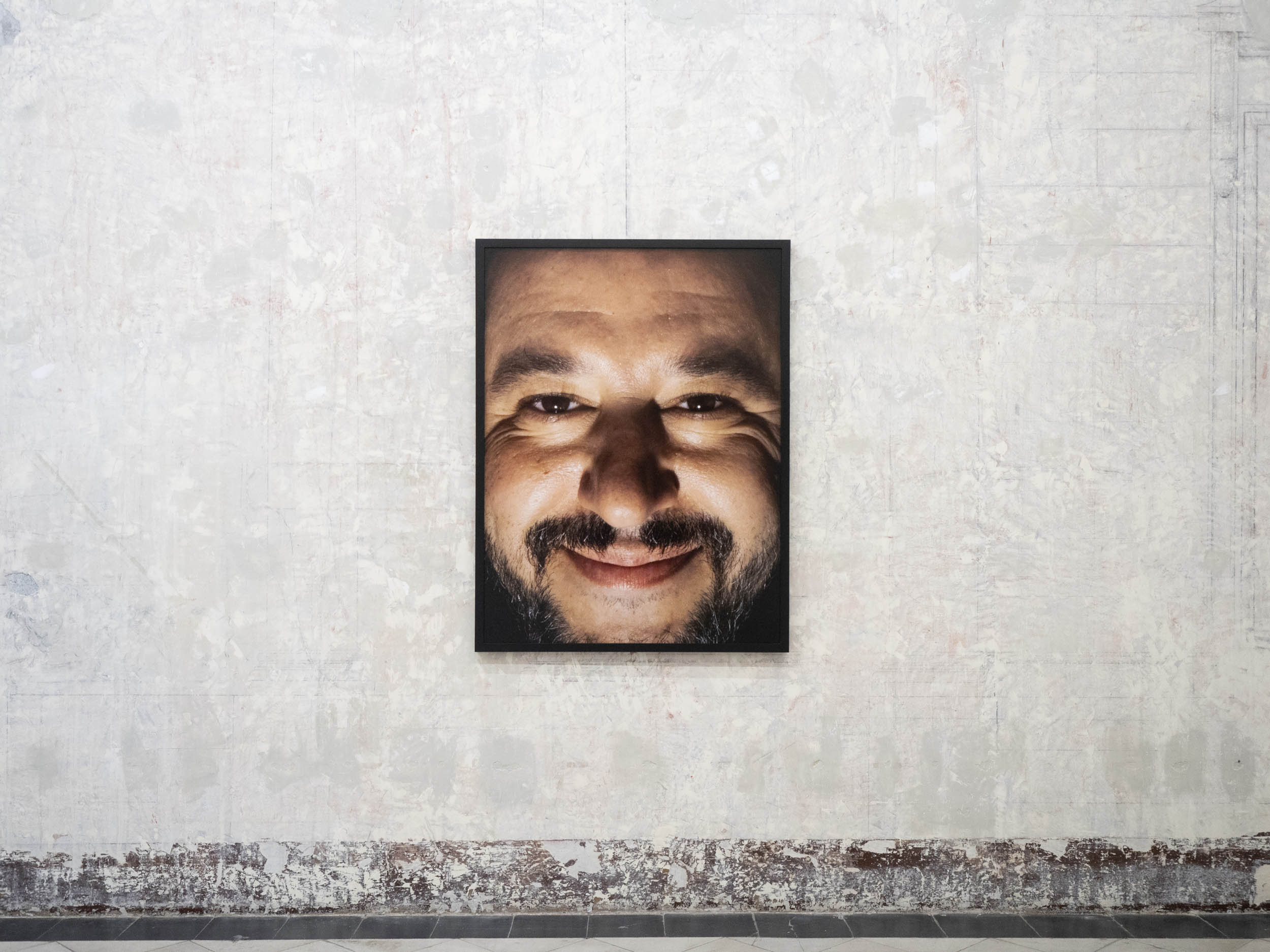



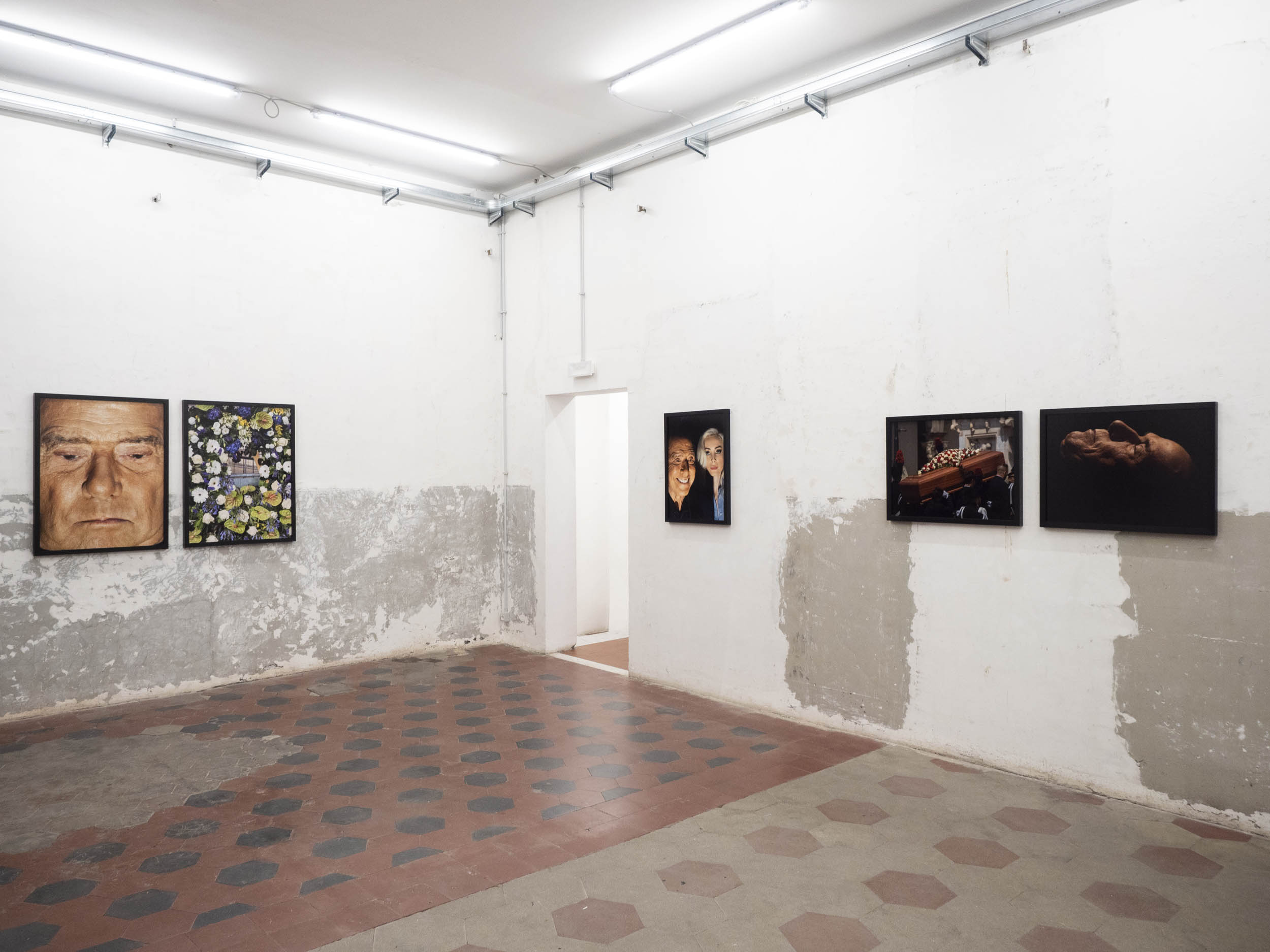

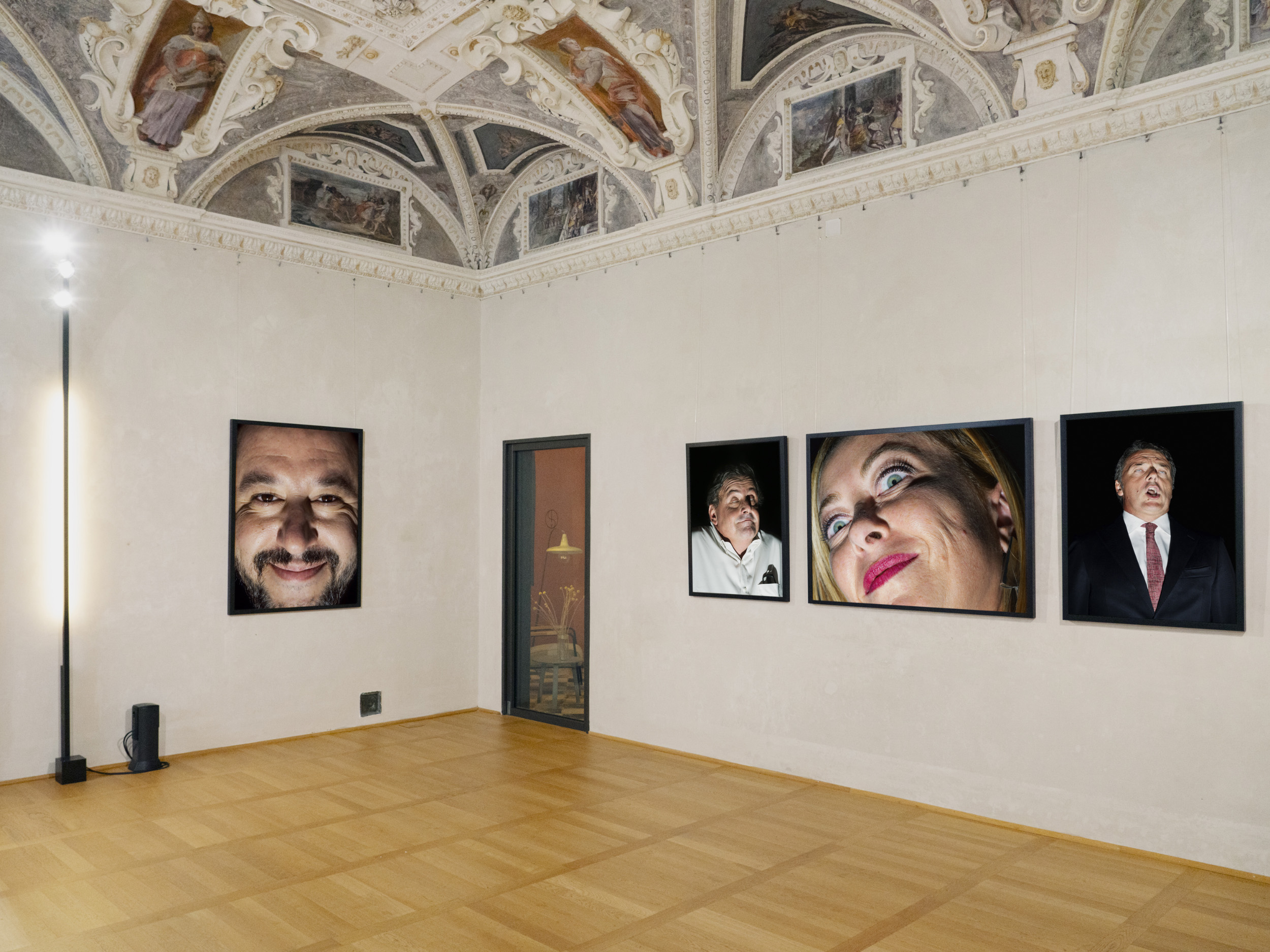
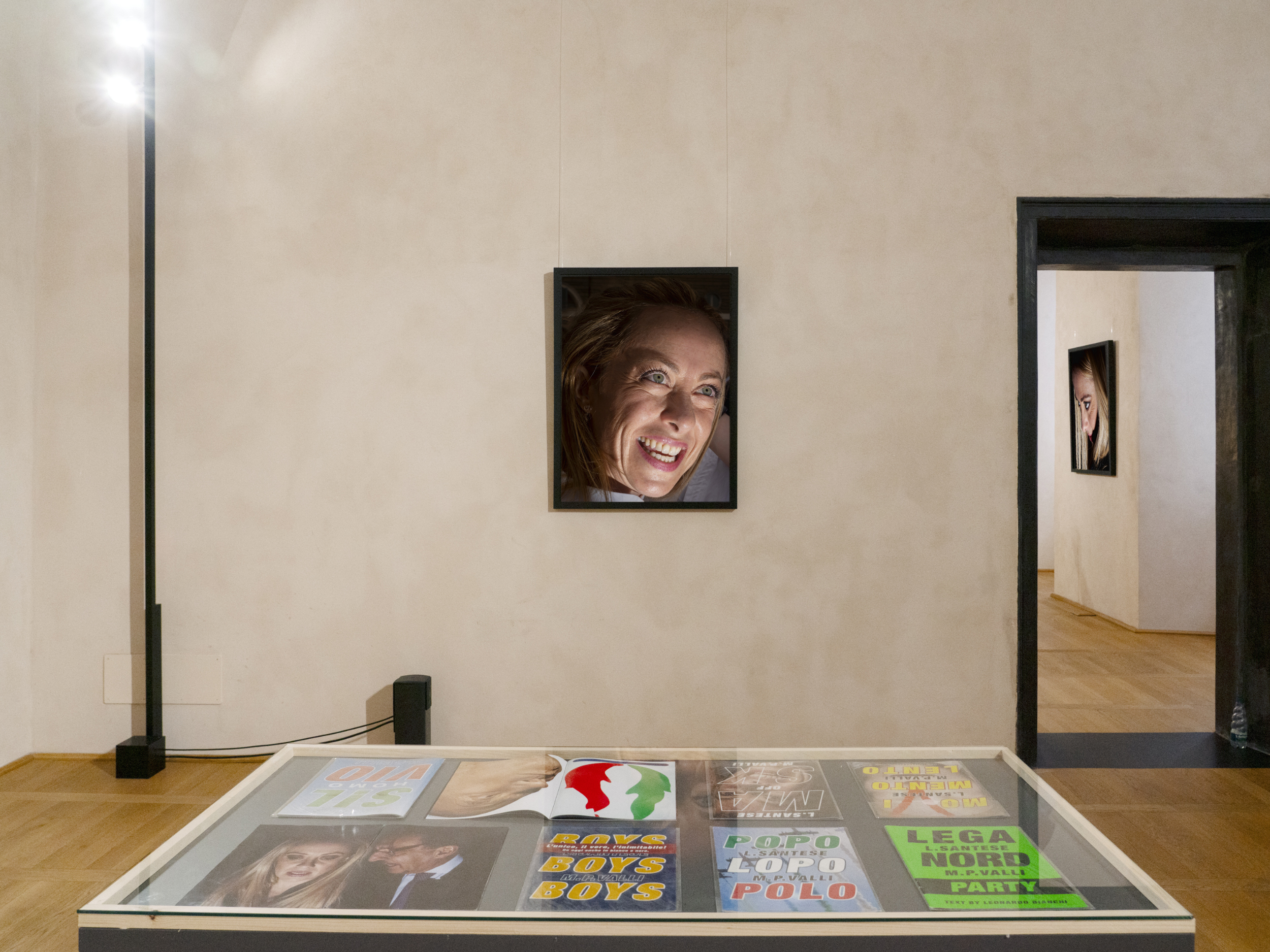

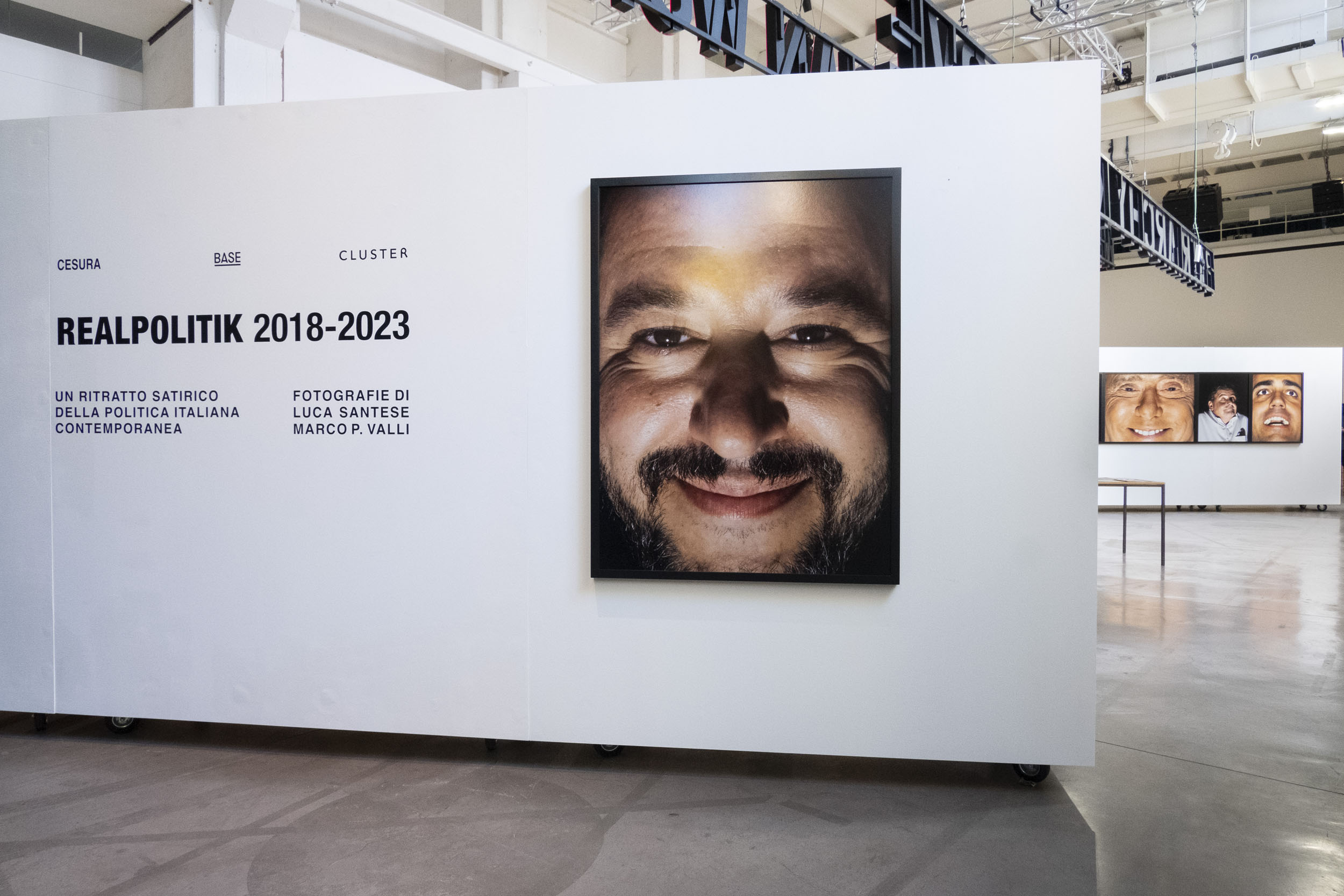
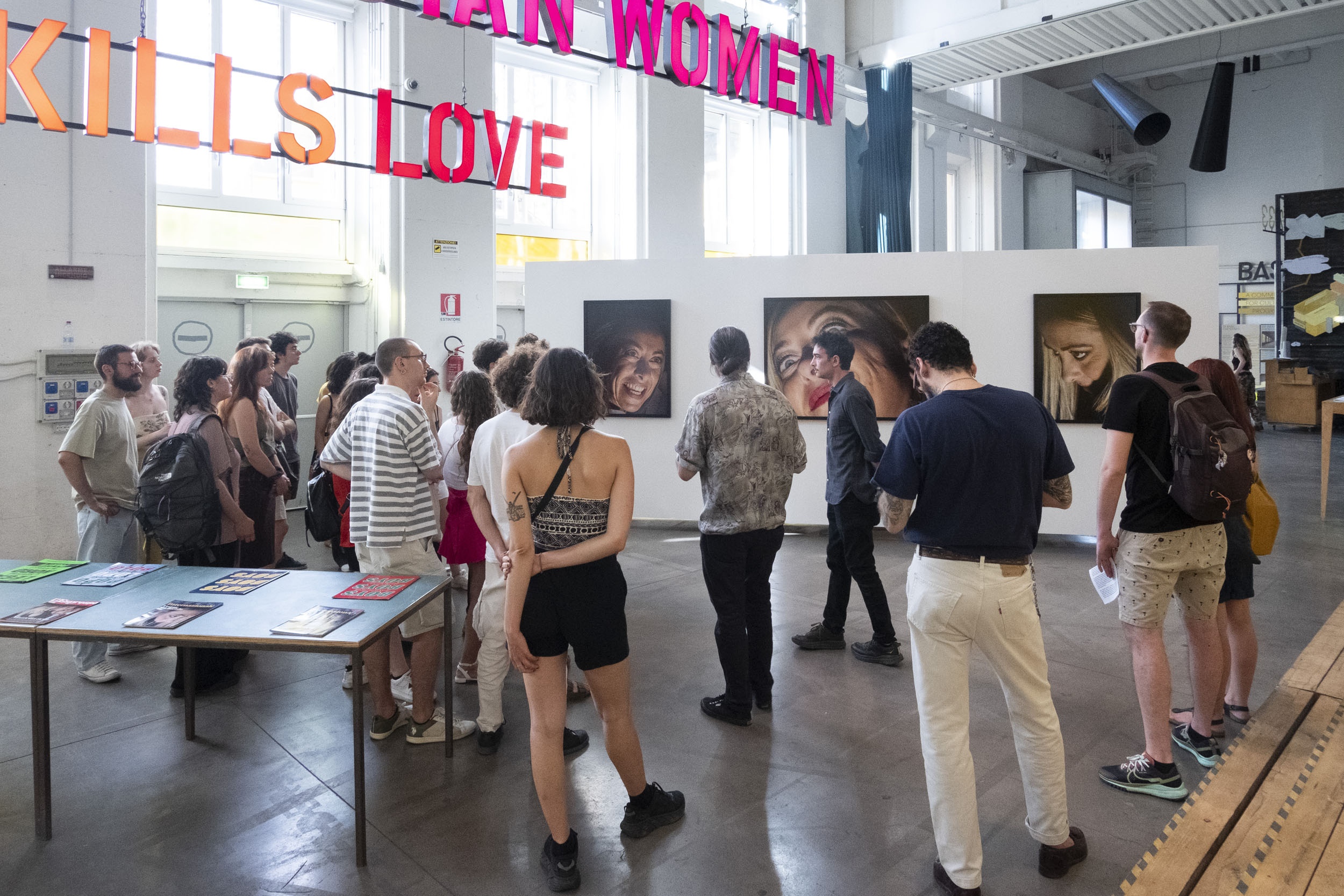
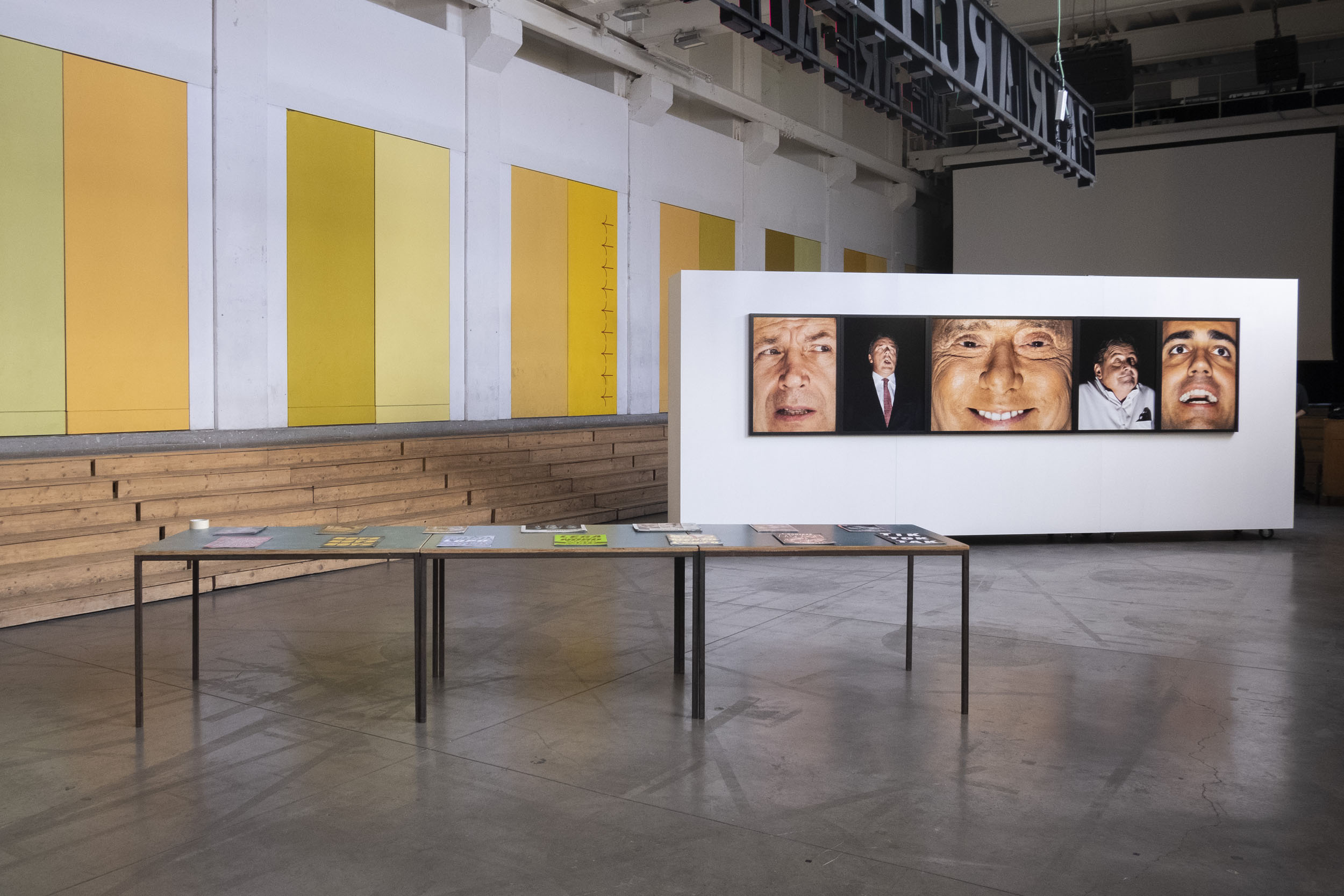
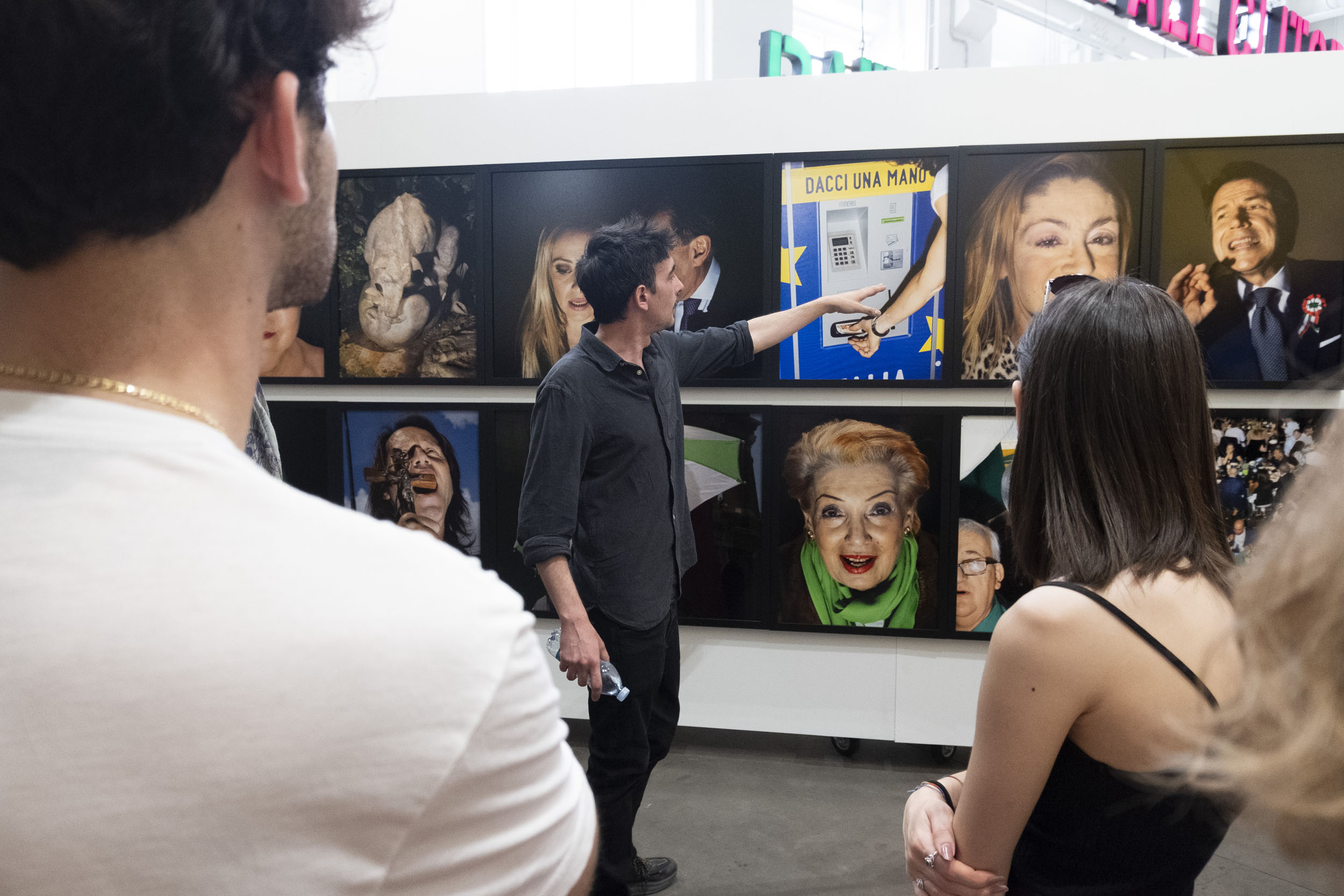

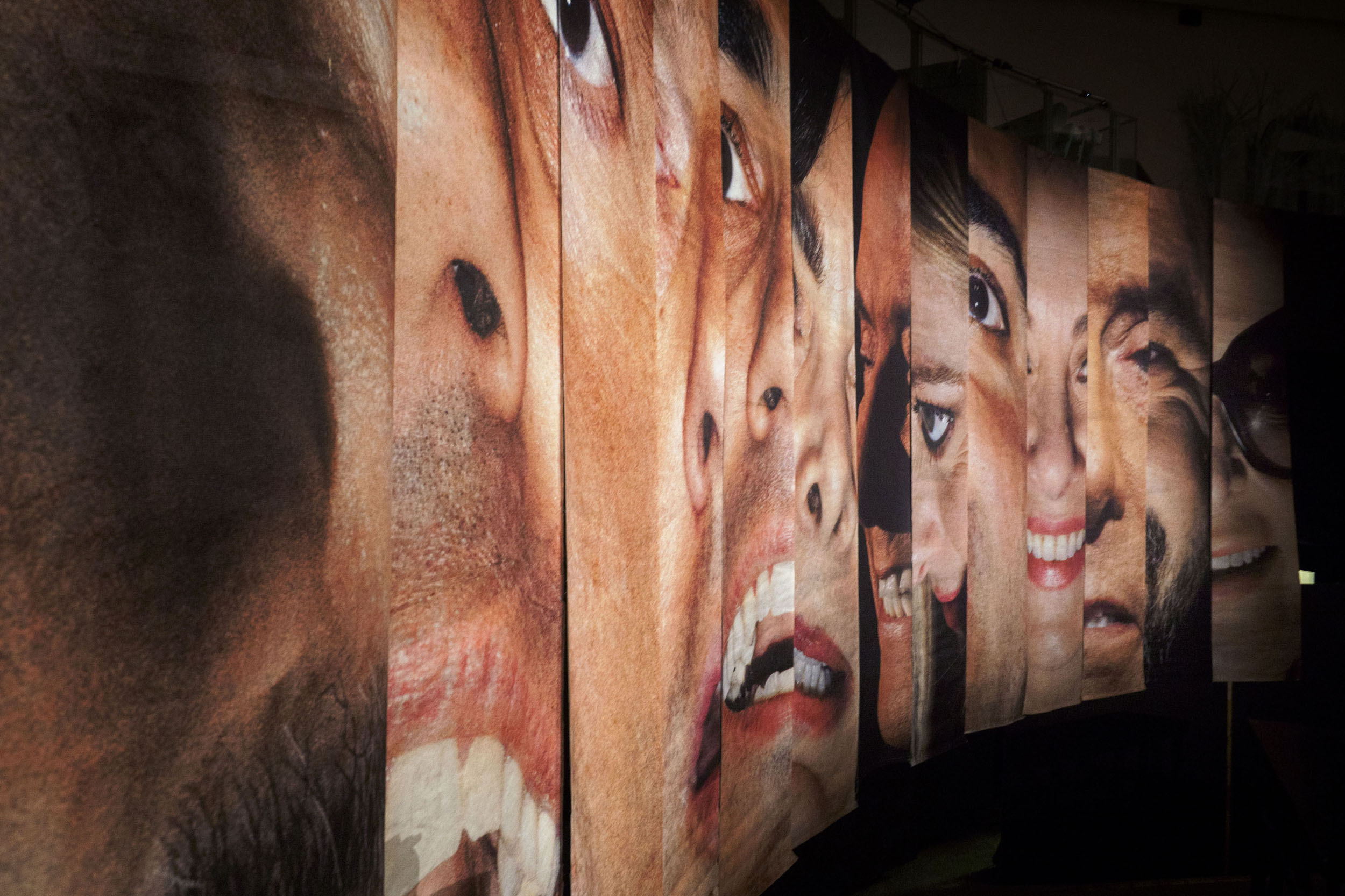

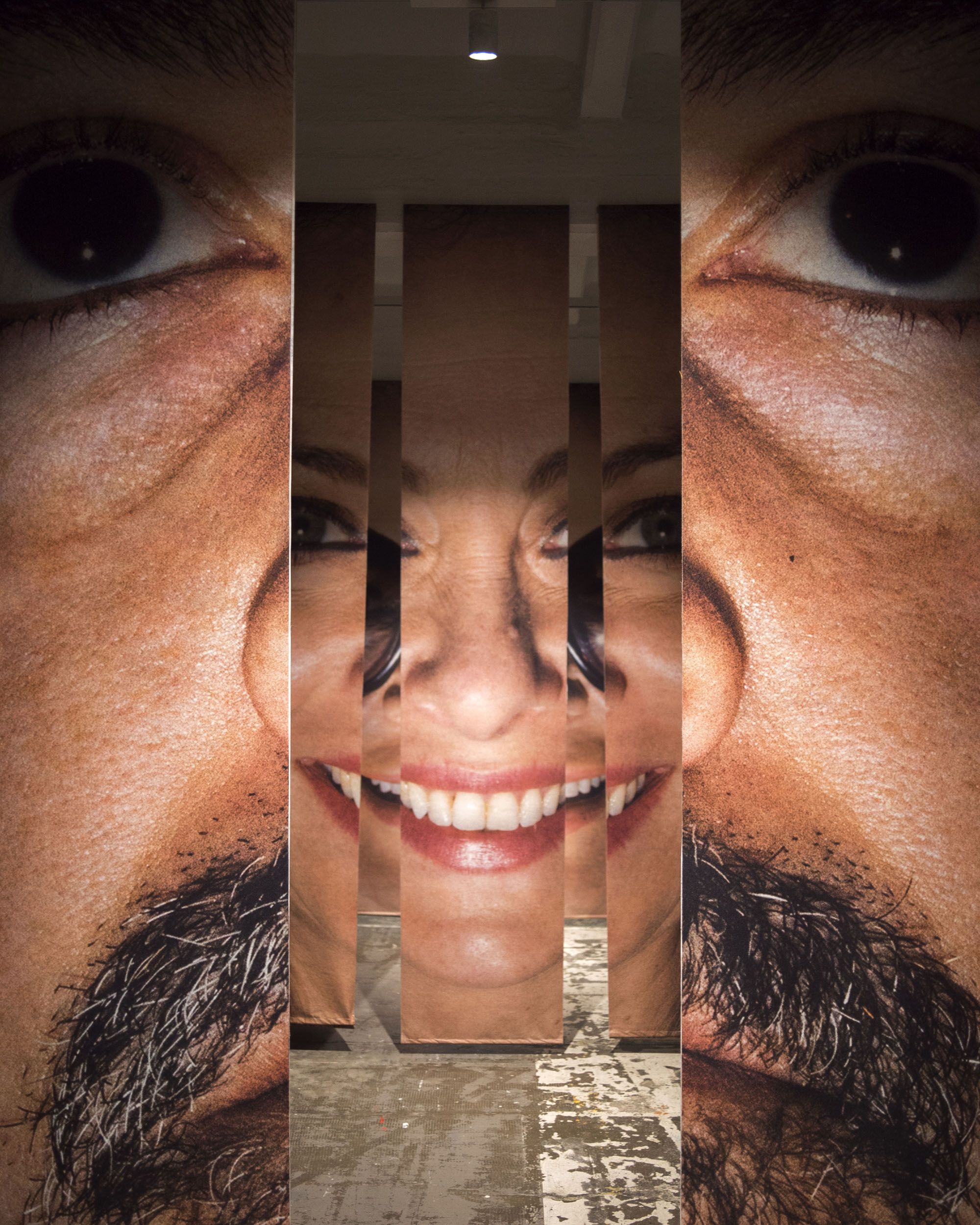
(Installation shots)
(ITA) Valli e Santese sovvertono il meccanismo di falsa uguaglianza tra elettore ed eletto, tra votante e votato, tra consumatore ed erogatore di servizi politici. Interrompono la catena di comando della comunicazione politica proprio nel suo volere apparire autentica, semplice, diretta, disvelando attraverso nuove immagini il nugolo di artifici che reggono il sistema della rappresentazione politica in Italia.
(ENG) Valli and Santese subvert the mechanism of false equality between the voter and the elected, between the voter and the voted, between the consumer and the provider of political services. They interrupt the chain of command of political communication precisely in its desire to appear authentic, simple, and direct, revealing through new images the swarm of artifices that sustain the system of political representation in Italy.
Mütter
The Kingdom of Forms
Jergon, Berlin
Photographs by Luca Santese
Curated by Nicola Patruno
MÜTTER, Luca Santese’s first solo show in Germany is hosted and curated by JERGON, an art hub located in Berlin’s cultural heart of Kreuzberg. The space is dedicated to the promotion of experimental photography and a center for independent research.
The exhibition itinerary unfolds in three spaces, each representing the constituent stages of Santese’s artist practice, which has been questioning the mimesis of the photographic image for 15 years by means of an ongoing comparison and association with archetypes and themes belonging to the history of classic and contemporary art.
The artwork on display is drawn from the following series: ‘Found Photos in Detroit’, ‘Festa’ and ‘Errors’, leading up to a metamorphic dialogue between abstraction and figuration, the historical and the archetypical, the realist and the visionary.
Complete catalogue ENG ITA DE
Artribune article
Photography-now list
Exibart article


The exhibition itinerary begins from the rejection of photography as merely mimetic, mechanical reproduction of reality, and even less so in the case of documentary photography.
This happens to be the starting point for ‘Found Photos in Detroit’, published together with Arianna Arcara – with whom Santese founded the collective Cesura – in 2012. The images from this series are in fact archival documents that time and weathering have altered, undisclosing new characteristics of the documents themselves and distancing the subjects they portray from reality only at first glance.
The passing of time, on the contrary, together with the artists’ intervention, lets new truths otherwise concealed emerge from each individual document. ‘Found Photos in Detroit’ constitutes an archaeology of the documentary image, a procedure that dismantles the mimetic status of photography, thus opening up the possibility of its authentically artistic purpose

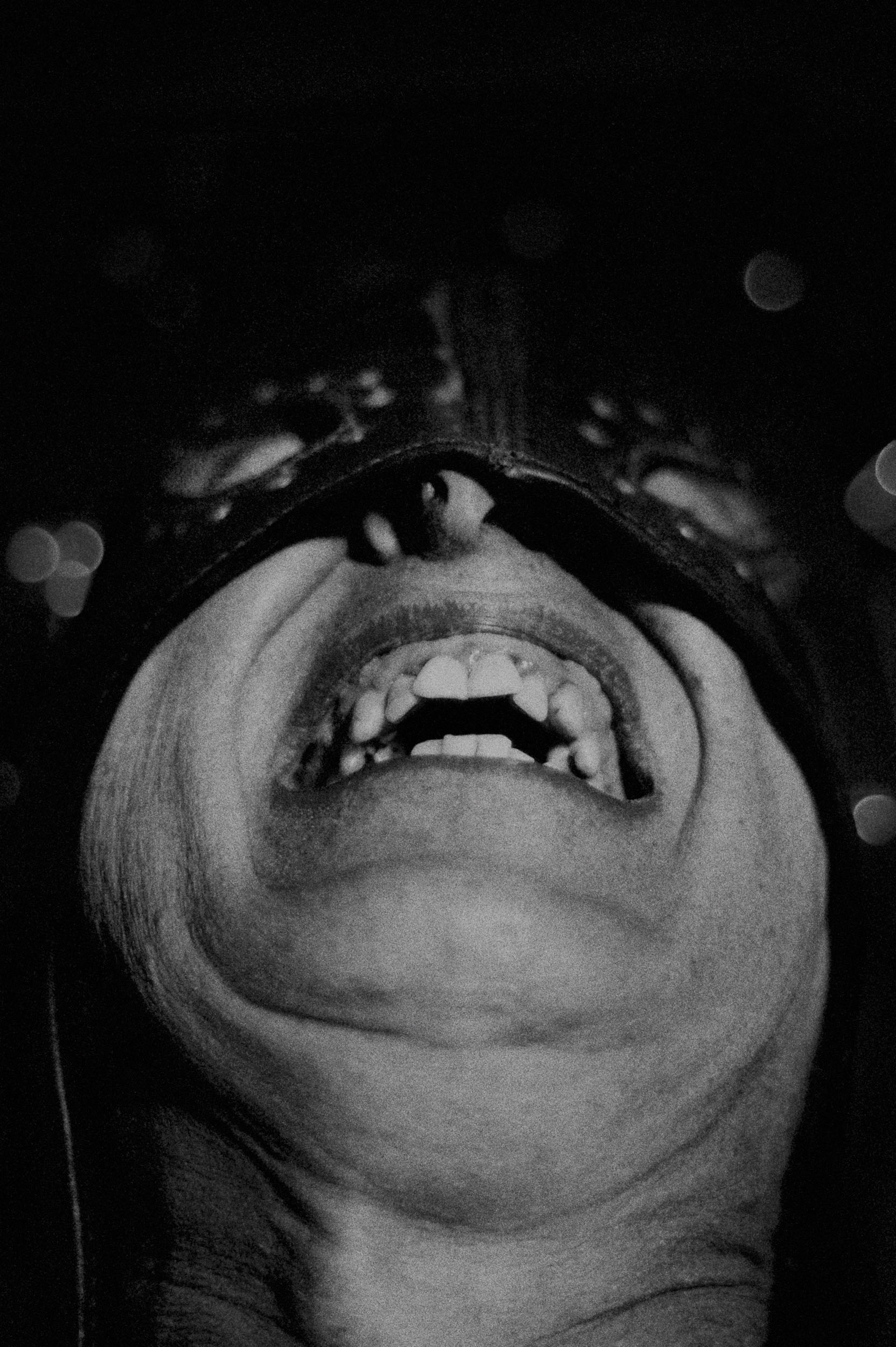




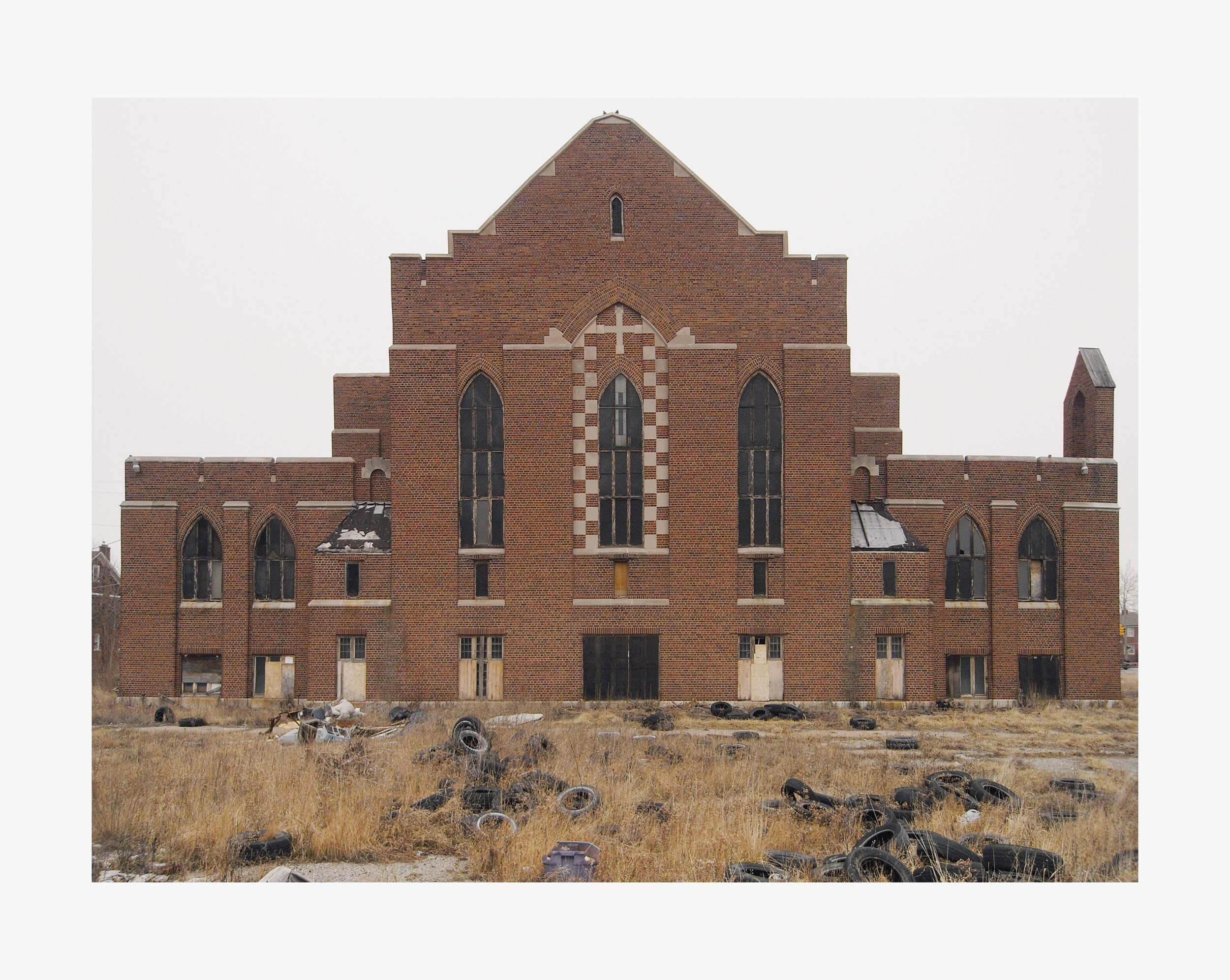


(Sado, Detroit 2009-2010, Found Photos in Detroit)
This body of work, starting out from a strictly documentary medium, casts light on the need to emancipate photography from mimesis as the only possible condition for it to access the art realm. Moreover, this condition grants the artwork the essential strength to lead the spectator to question their own ordinary world view. Santese’s work reveals the deceit of the artistic image as well as its absolute necessity. JERGON’s display of Santese’s body of work is marked by well-recognizable phases of his research. In a cyclical time, albeit never the same, the artist approaches diverse subject and creates images that dispute ordinary appearance. In the series ‘Sado’ the ordinary nature of the human body is called into question. Depicted in borderline situations that are achieved through pain and constriction, the body reveals sides that must be necessarily repressed in everyday life.



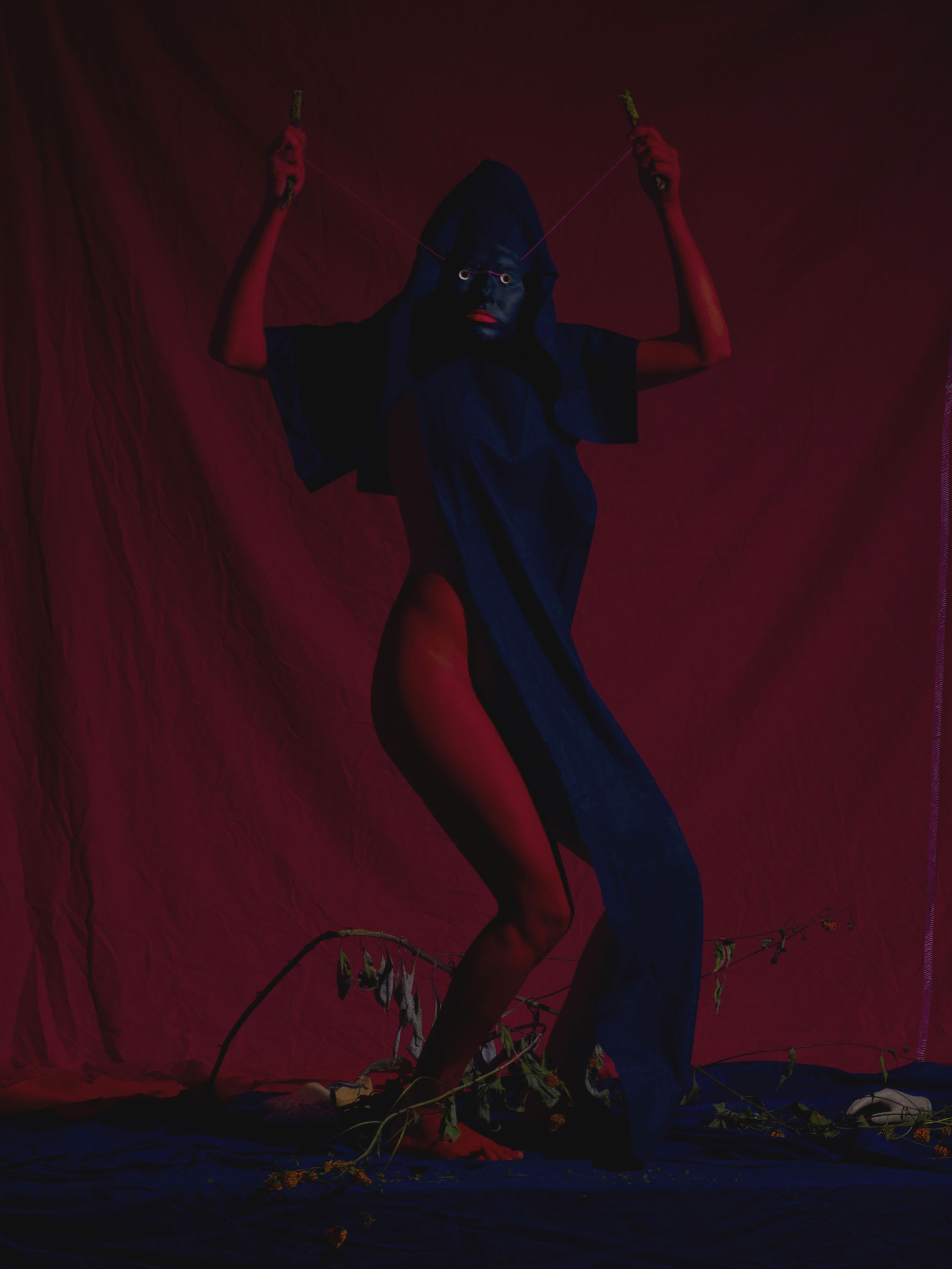



(Errors, Festa)
The ‘Festa’ cycle is a mediation point between interiority and exteriority, a mirror, a prism between subject and object, between time and history, the soul and the world. The presence of archetypes throughout this series becomes increasingly explicit and leads the viewer on to the ‘world of Mothers’ from which the exhibition title stems.
It is the world of ‘forms’ –of all forms possible–, a hyperuranium too bright to be let into without mediation, without a shield or a guide. They are the omnipotent forms from which everything in the world springs, where not even a God can take the lead, as it is reminded in Goethes’ Faust. The passage cannot happen without errors, though.
The ‘Errors’ series is made up by a number of works arising from the study of a mistake occurred in the digital production of an image. The artistic reworking of the photographic error can claim a century-long tradition and constitutes an underground current of photographic research at least from Lázló Moholy-Nagy and Man Ray onwards. Santese’s interpretation of the digital error molds new forms and enhances its fertility by depicting subjects ranging from human to nonhuman, from landscapes to actual sculptural works.





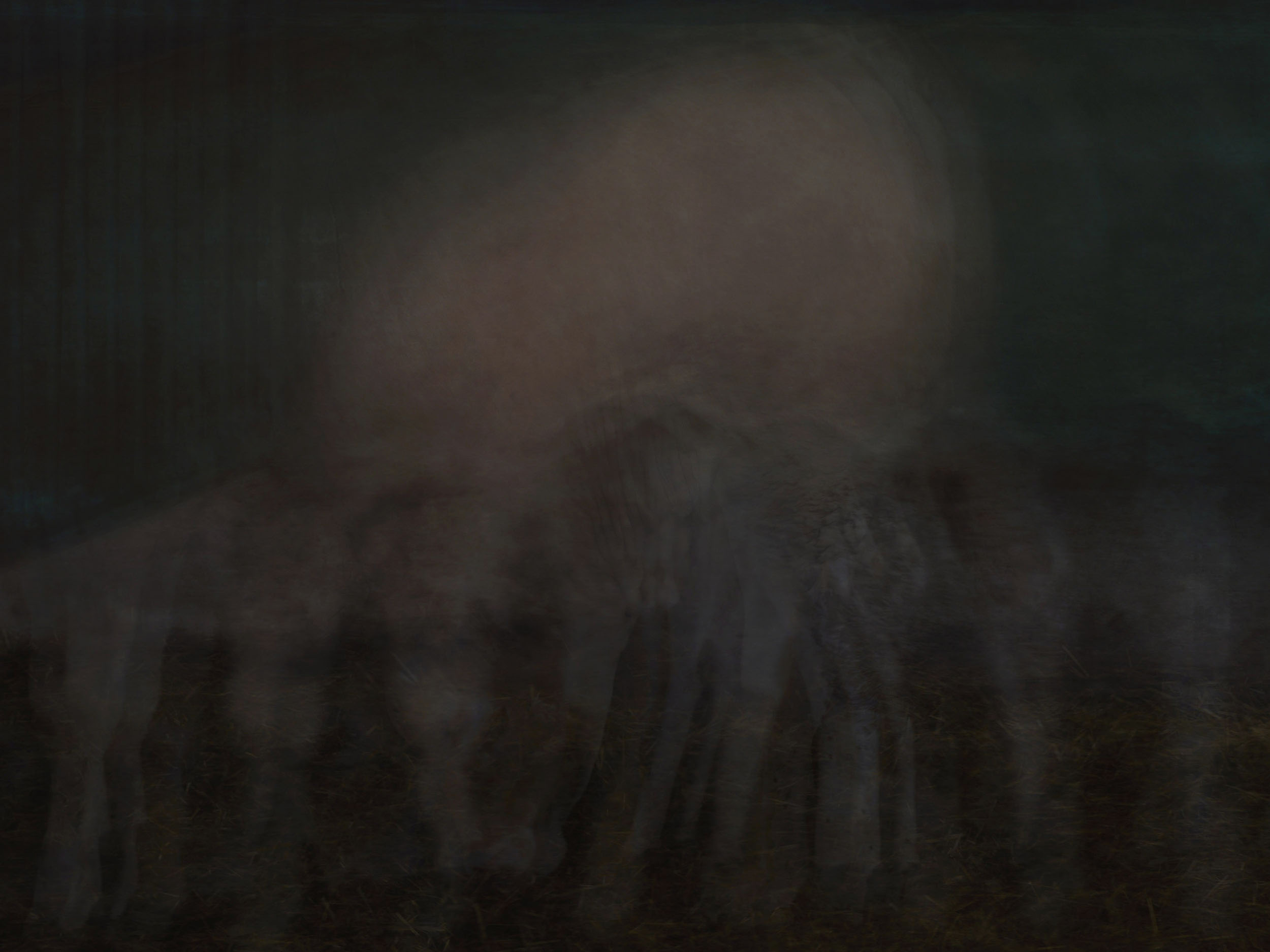

(New photographs)
Along the same lines of biological evolution, replication and selection mistakes stand at the core of change and development, they give life to new ‘shapes’: as in biology new life forms and species are born, so in Santese’s art new procreating shapes, archetypes and myths are generated.
Each phase transition is thus an evolution, a movement that requires the construction of a new language, rebelling against those expressive norms that have become sterile and crystallized. Only in this way can one plunge –together with Faust– in the realm of the Mothers: the old shapes implode and give ado to a new kaos that is then arranged in new shapes, a new kosmos regulated by new internal laws, of which the author takes conscience and sets free through actual new art.
Nicola Patruno
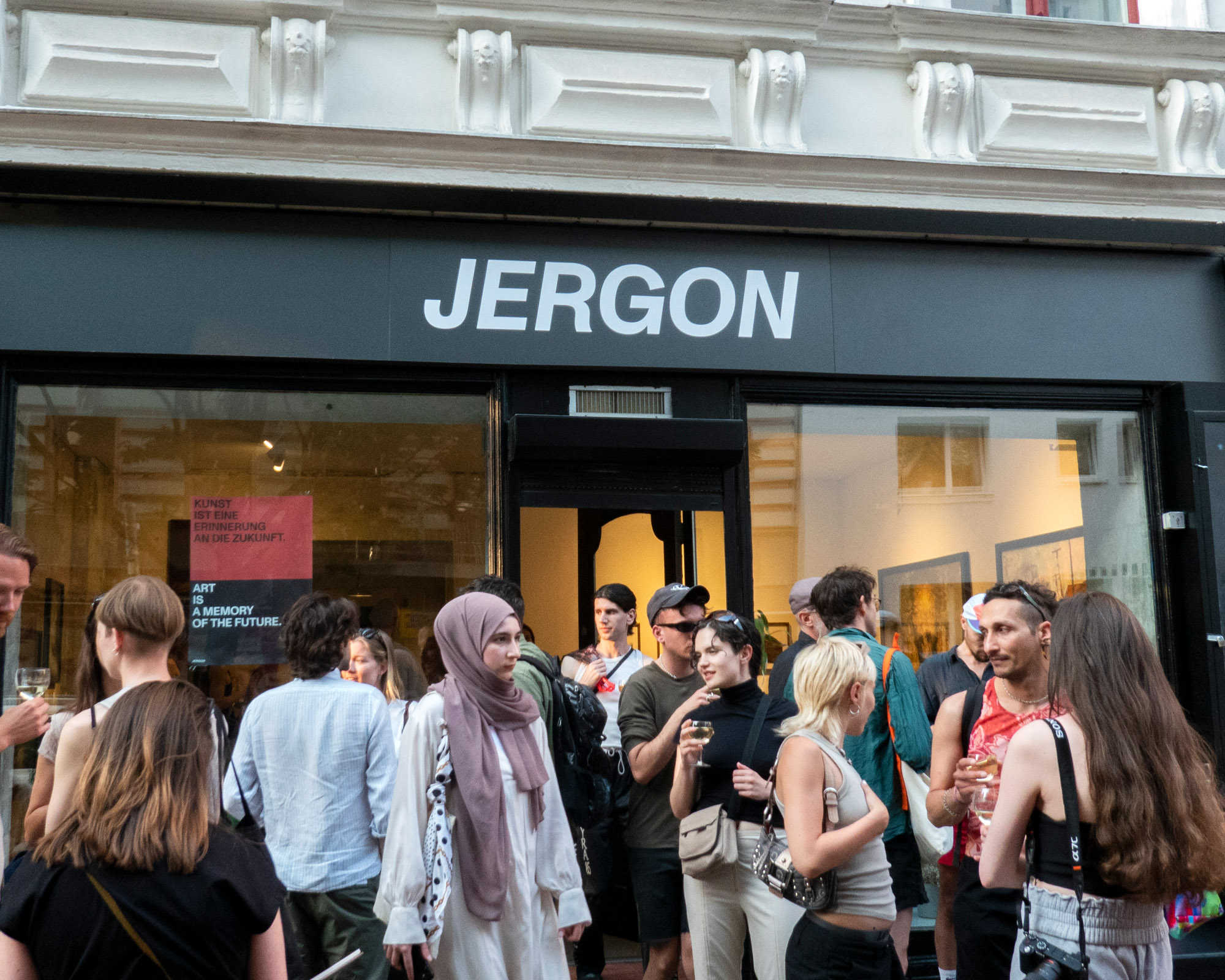
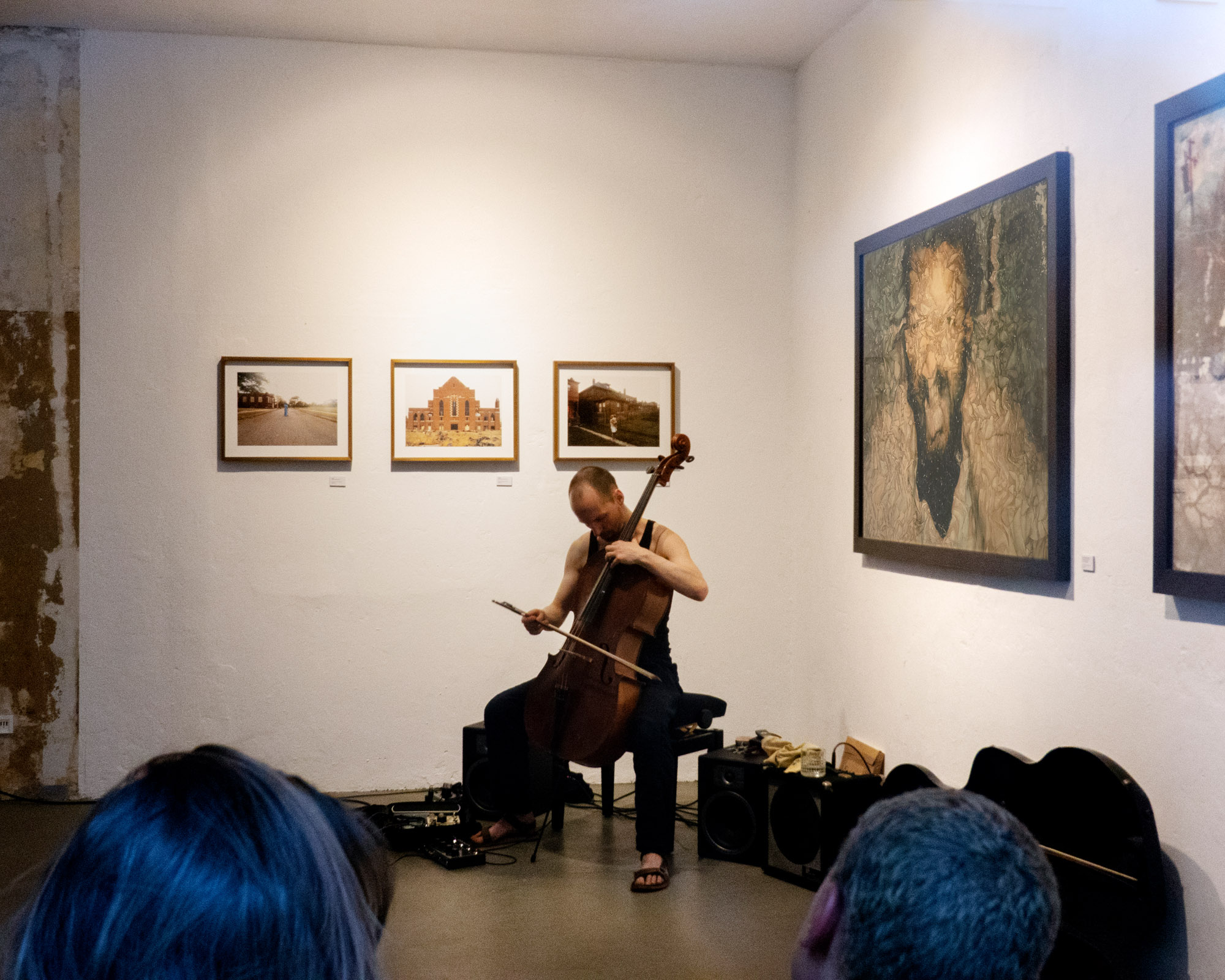



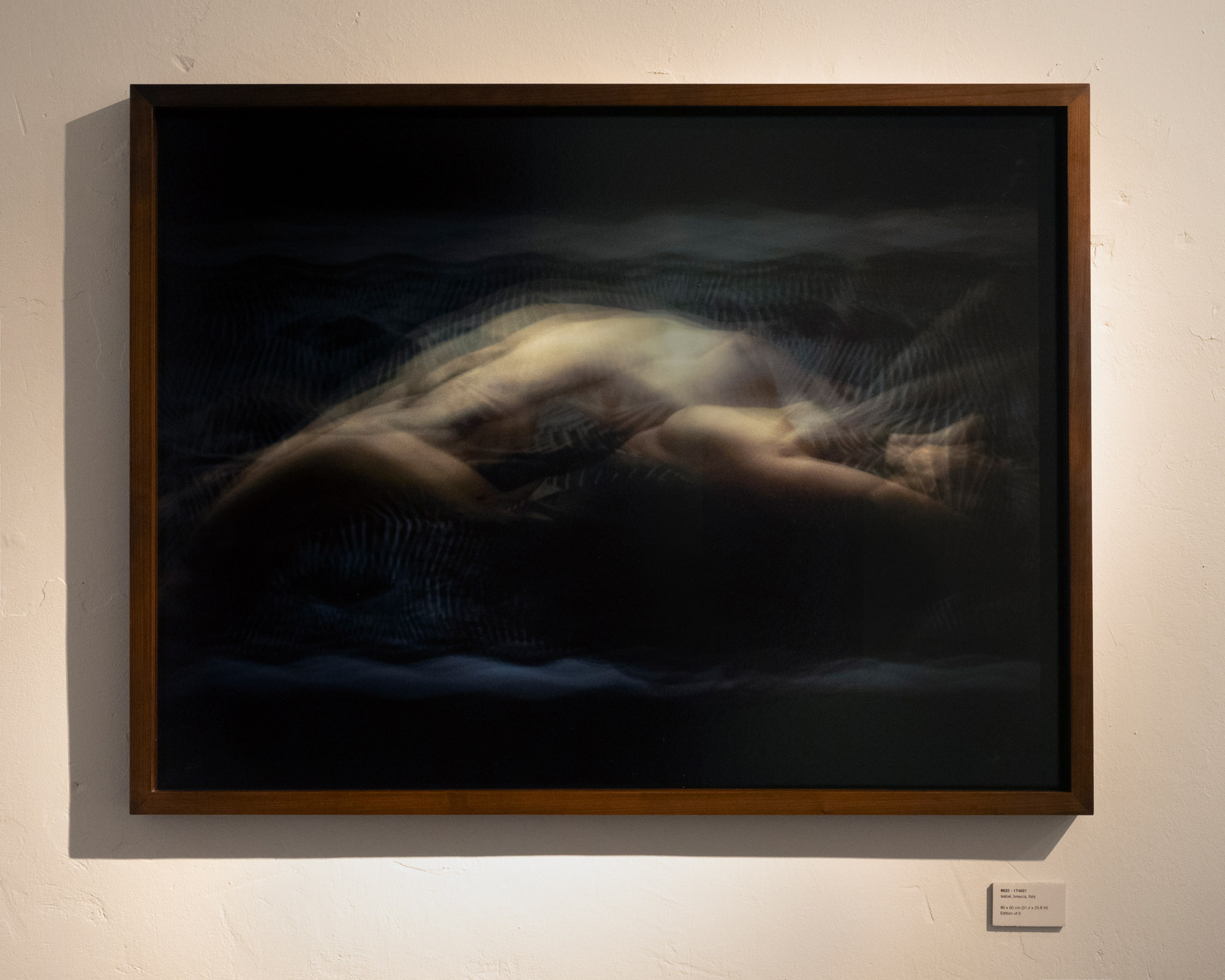


(Opening event and Installation shots, June 2023)
Malatì
by Luca Santese, Marco P. Valli
On June 4, 2023, the city of Naples officially celebrated the S.C.C. Naples’ victory in the Italian football championship 2023, an extraordinary event that last occurred with the ‘miracle’ of Diego Armando Maradona 33 years ago.
On the very same day, June 4, Luca Santese & Marco P. Valli released Malatì, a photographic newspaper shot in Naples between April 29 and May 4, the week that marked the championship’ certain victory.
Neapolitans’ mad eternal love for their city and football team has not spared the two authors, who, possessed by the same holy Malatì (literal for ‘madness’, and title of a Naples’ TikTok hit song which now became the team’s anthem), try to give it back in this photographic volume rich in icons of the city, its history, and inhabitants.
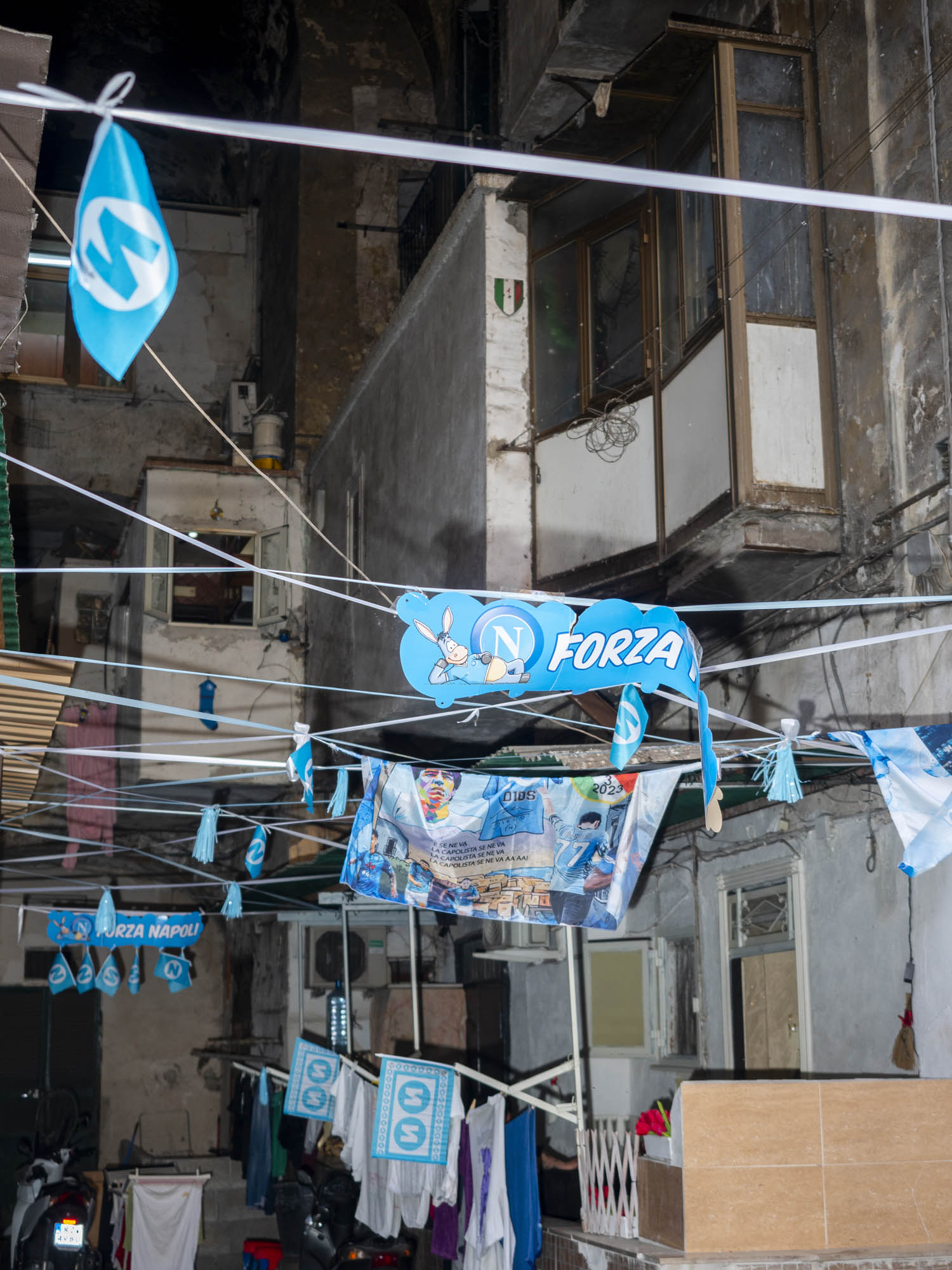
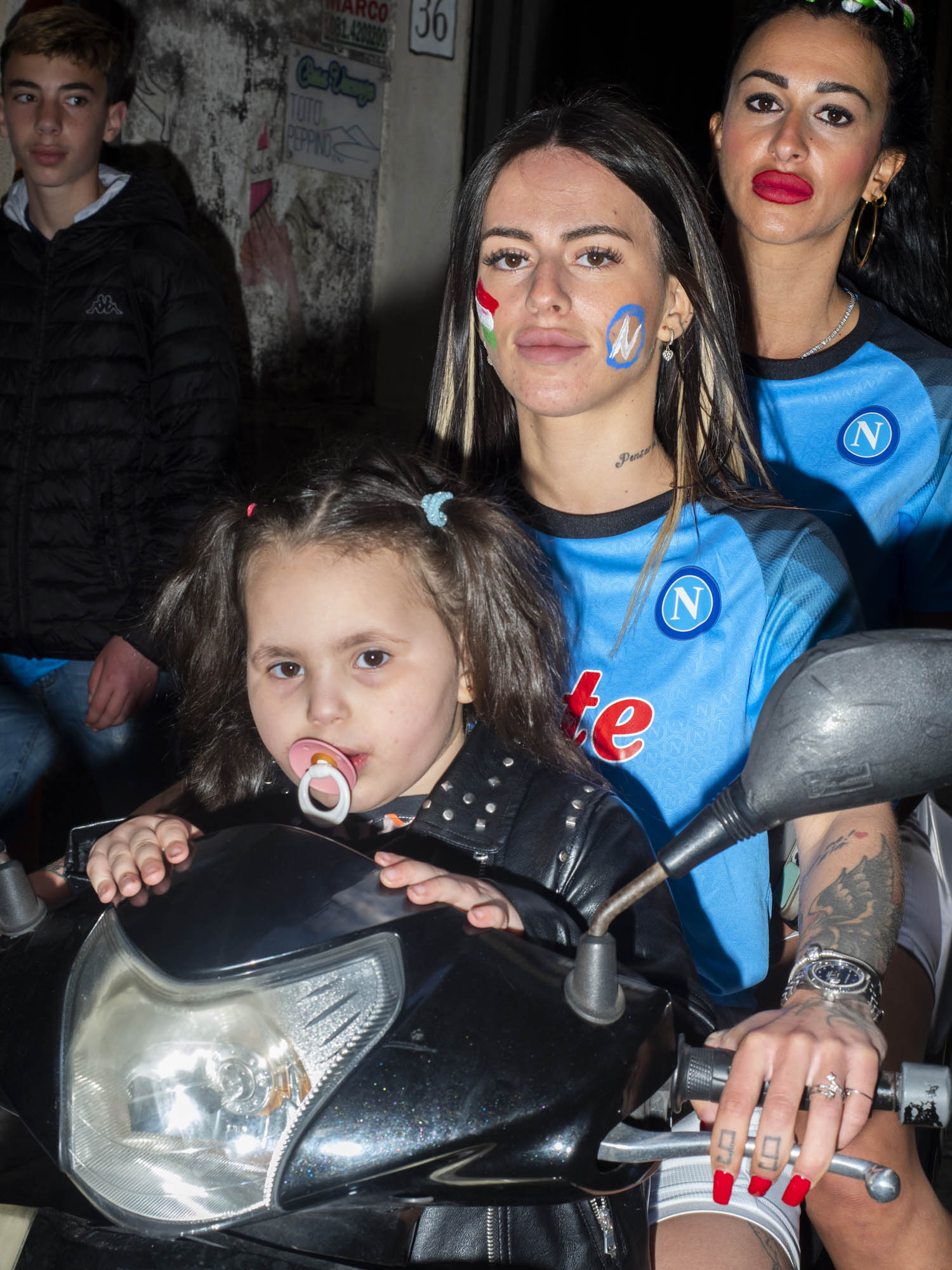
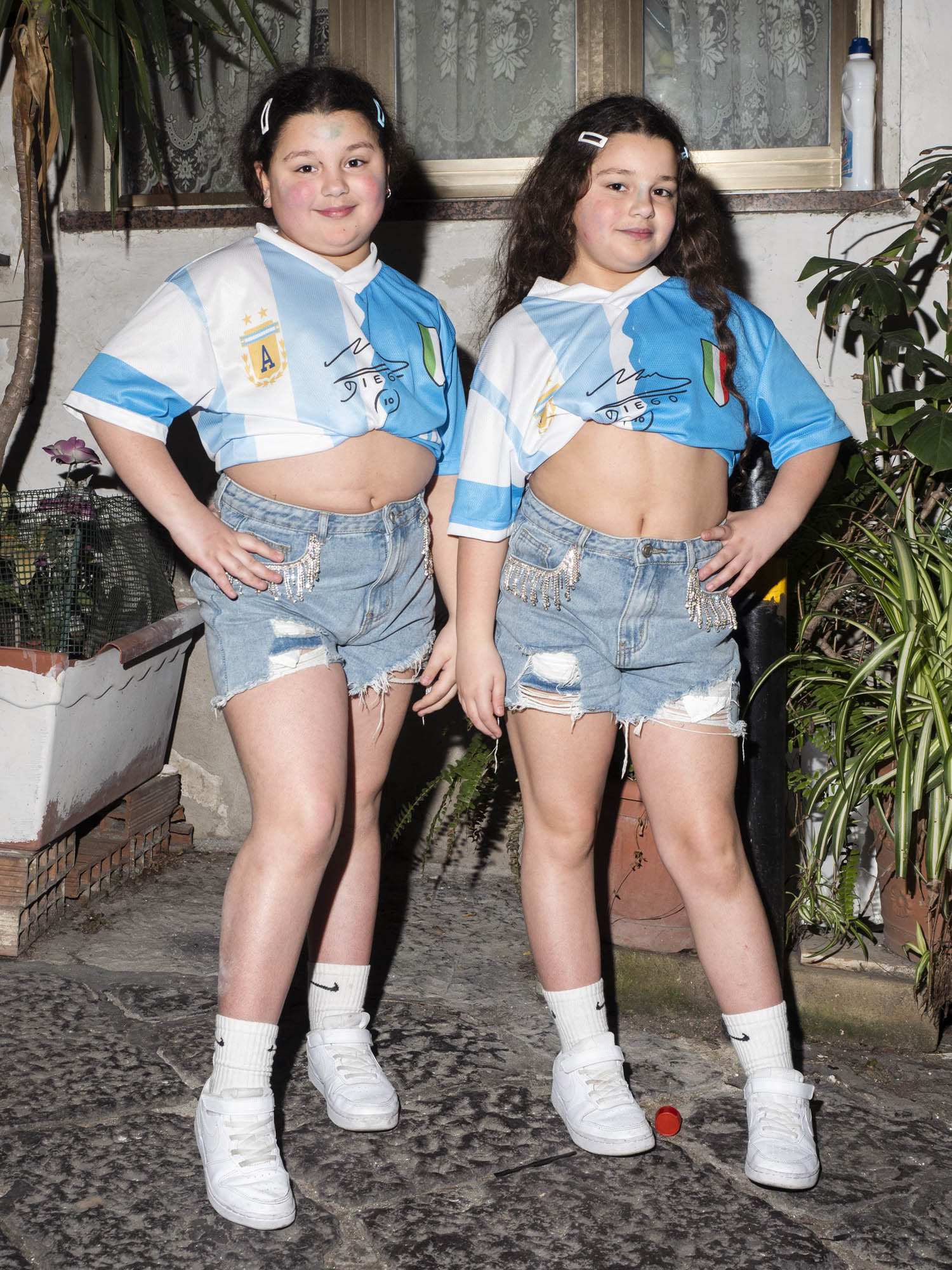
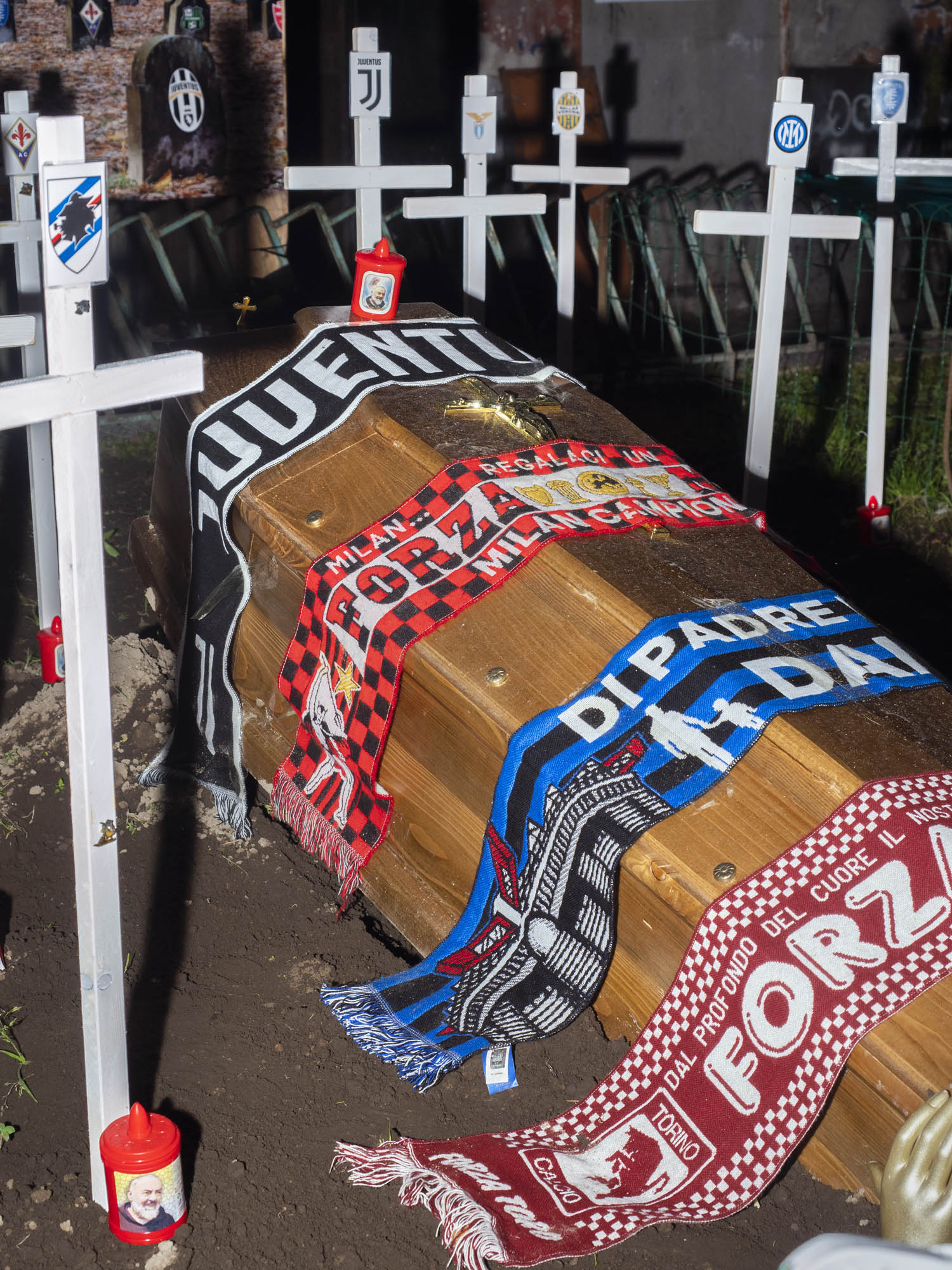
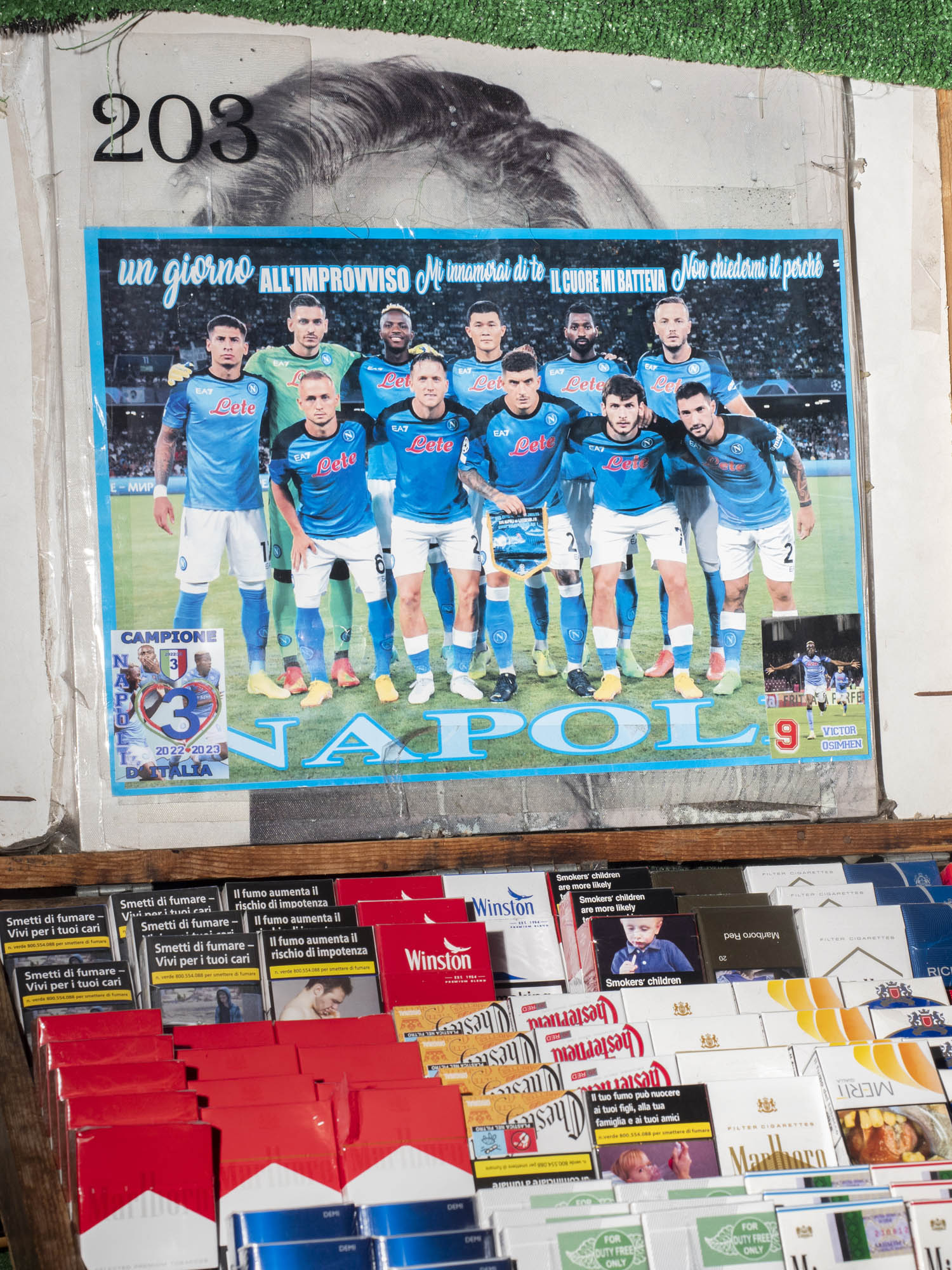
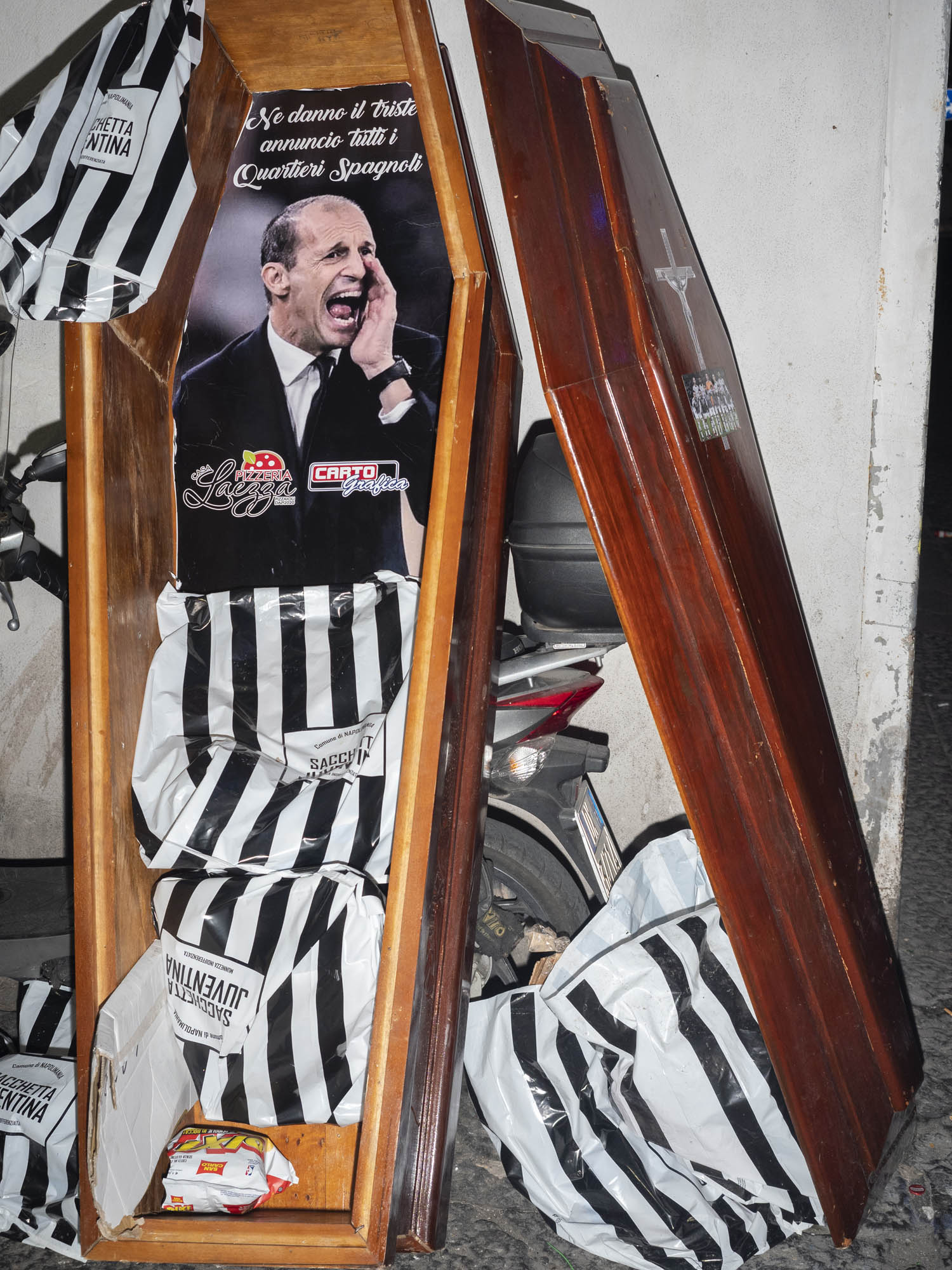
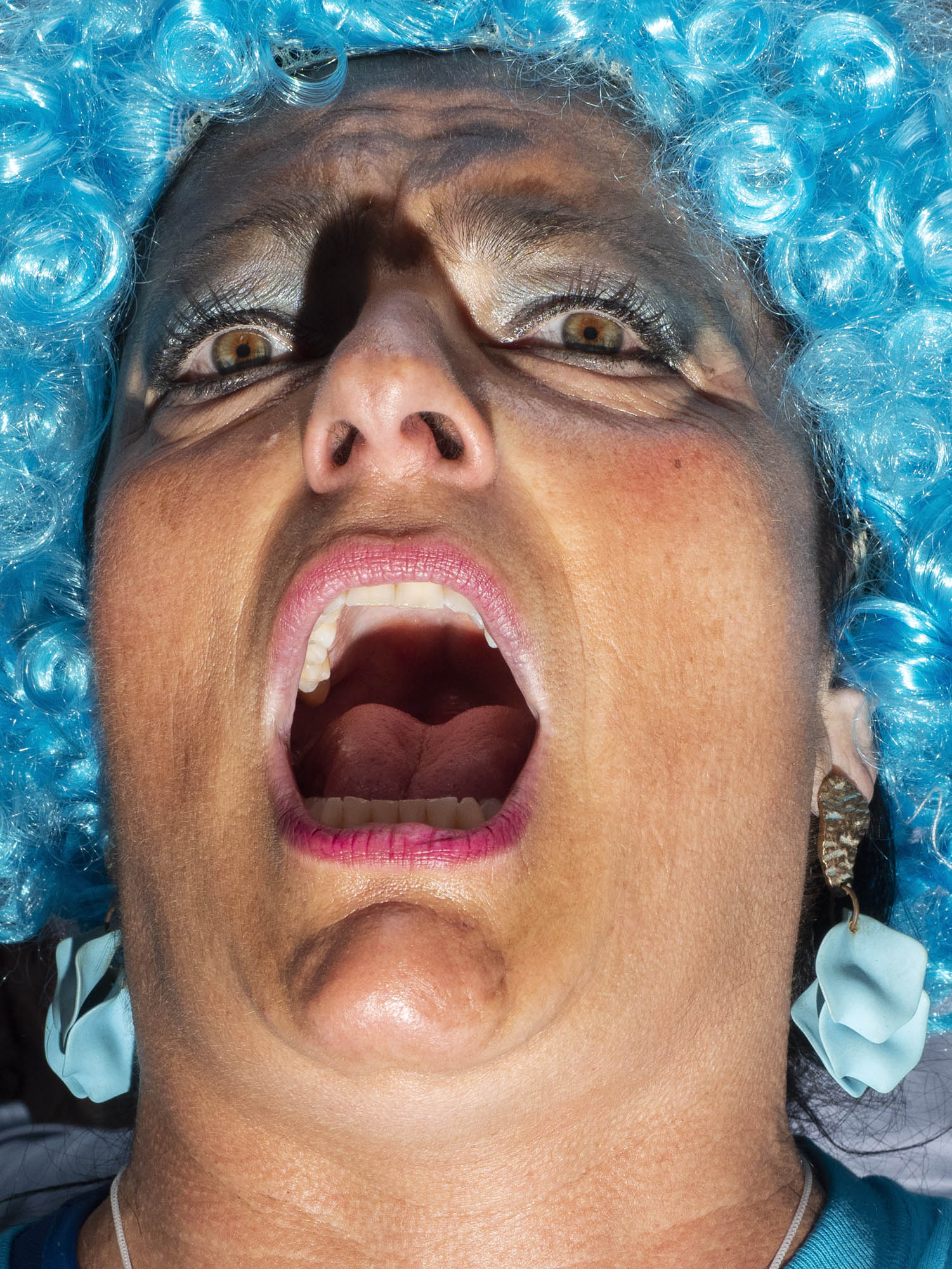



The latter are reinterpreted in a chaotic, extreme, reckless, and fleeing visual play—as a scooter speeding in the night through the neighborhoods’ alleys of Naples.
The cover’s photograph portrays a personalized cake realized for the two authors by a Neapolitan pastry chef; on the back side, the photographic volume ends with the cake’s left-overs surrounding the fragment of a Neapolitan poem.
The fanzine is the first edition of the Dispacci series, created by Cesura Publish with the intention of imprinting Italian news chronicles on the newsprint paper. All photographs shown in this publication were taken in Naples, Italy.
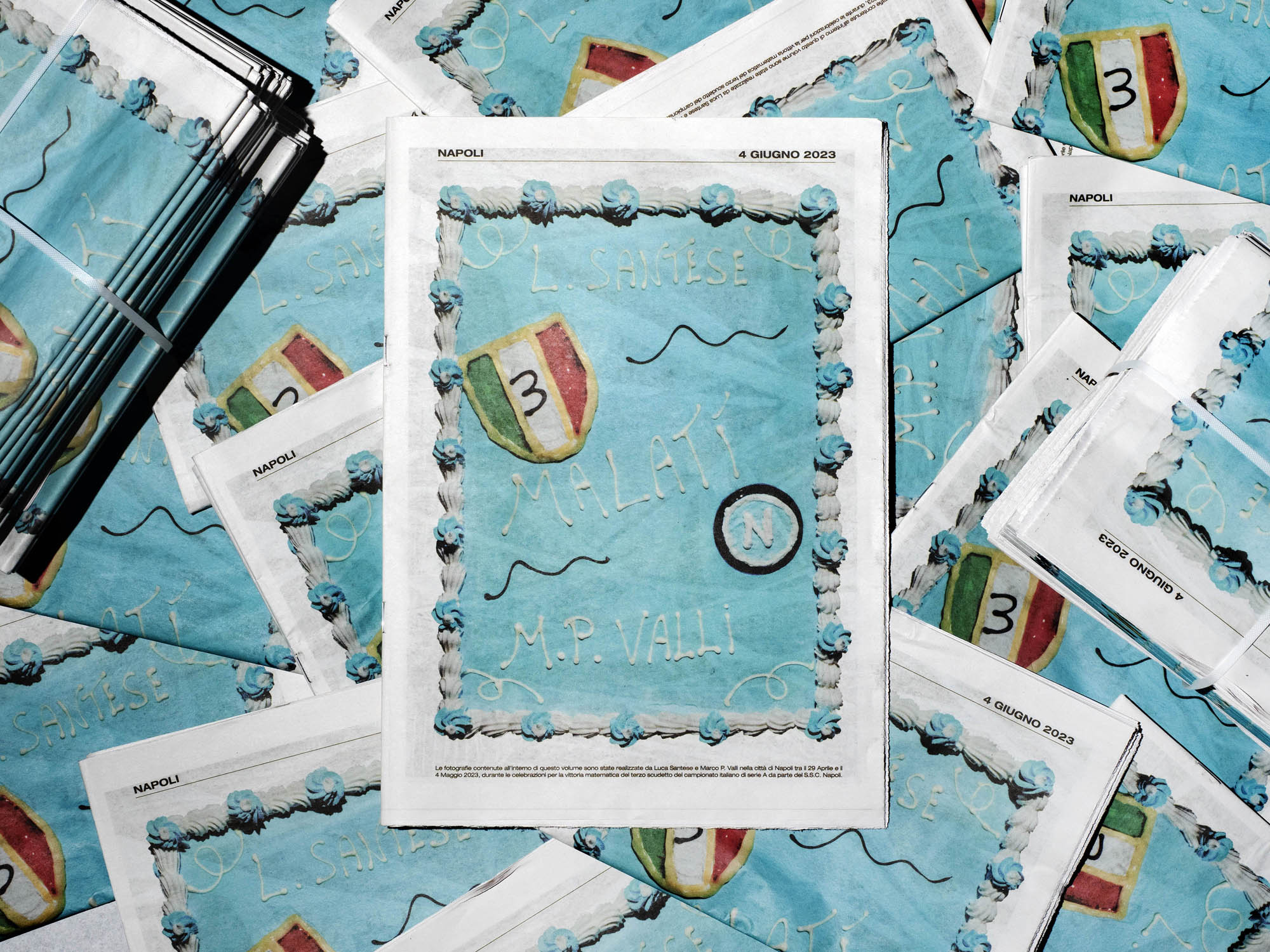


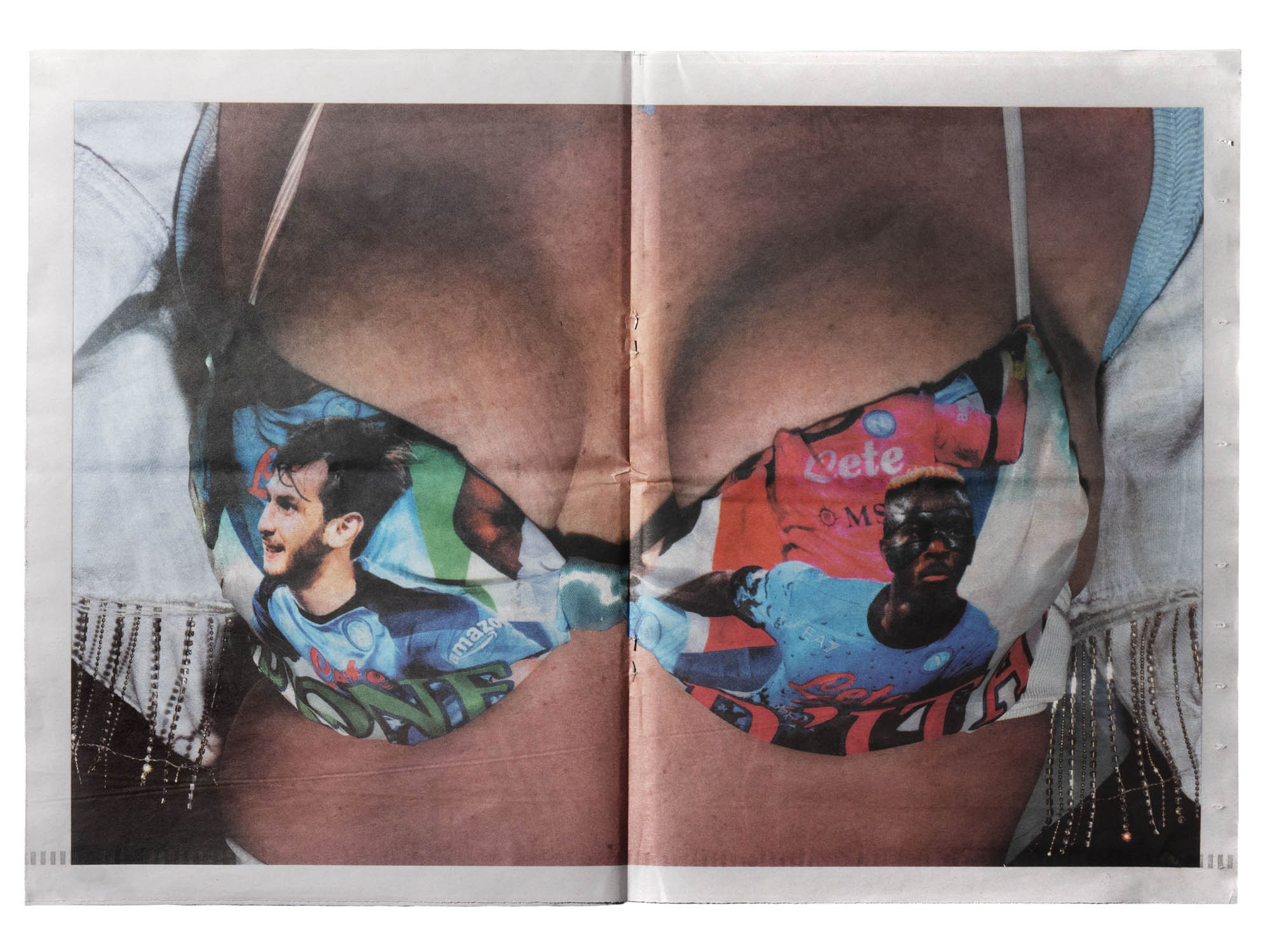
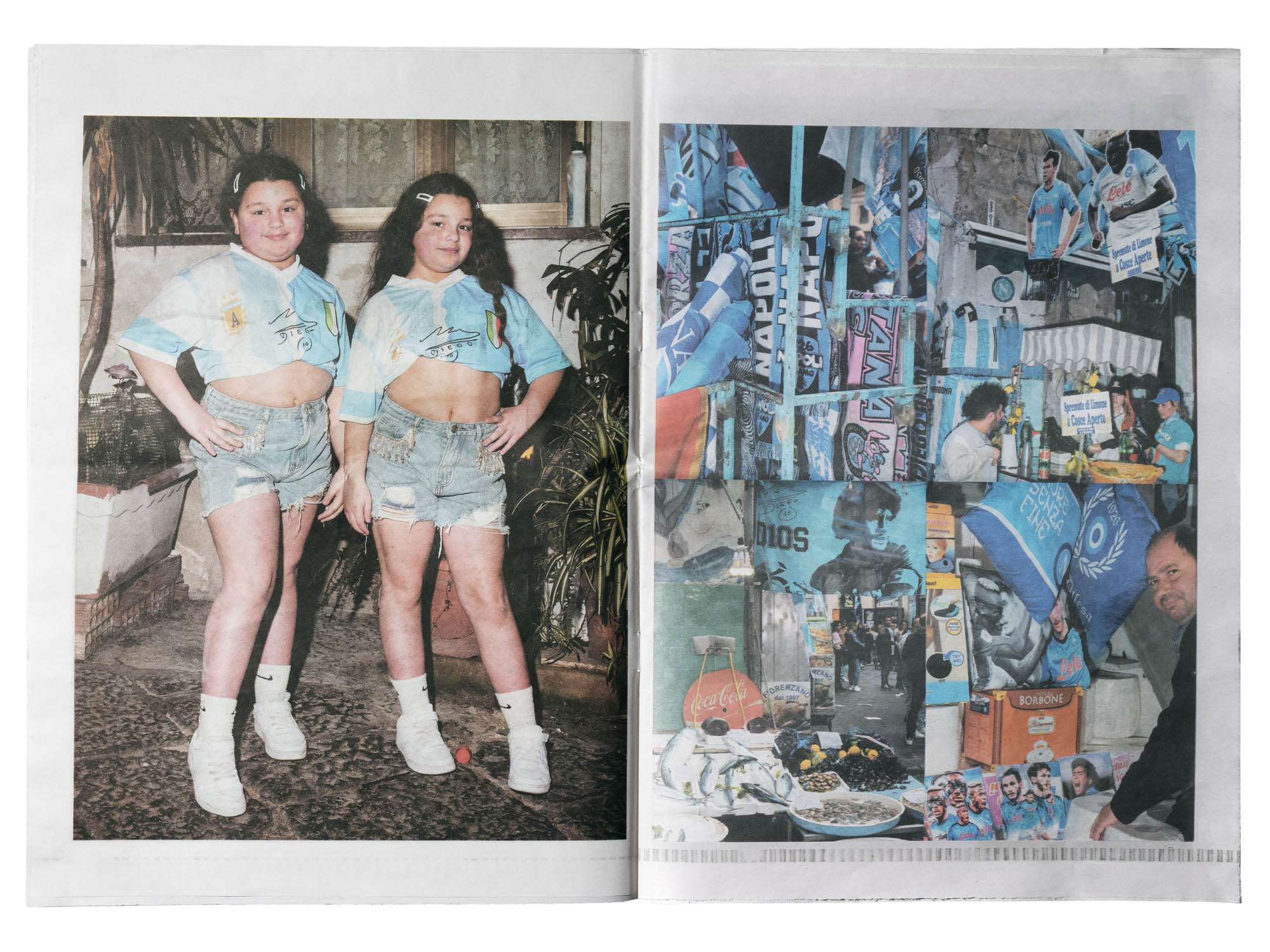

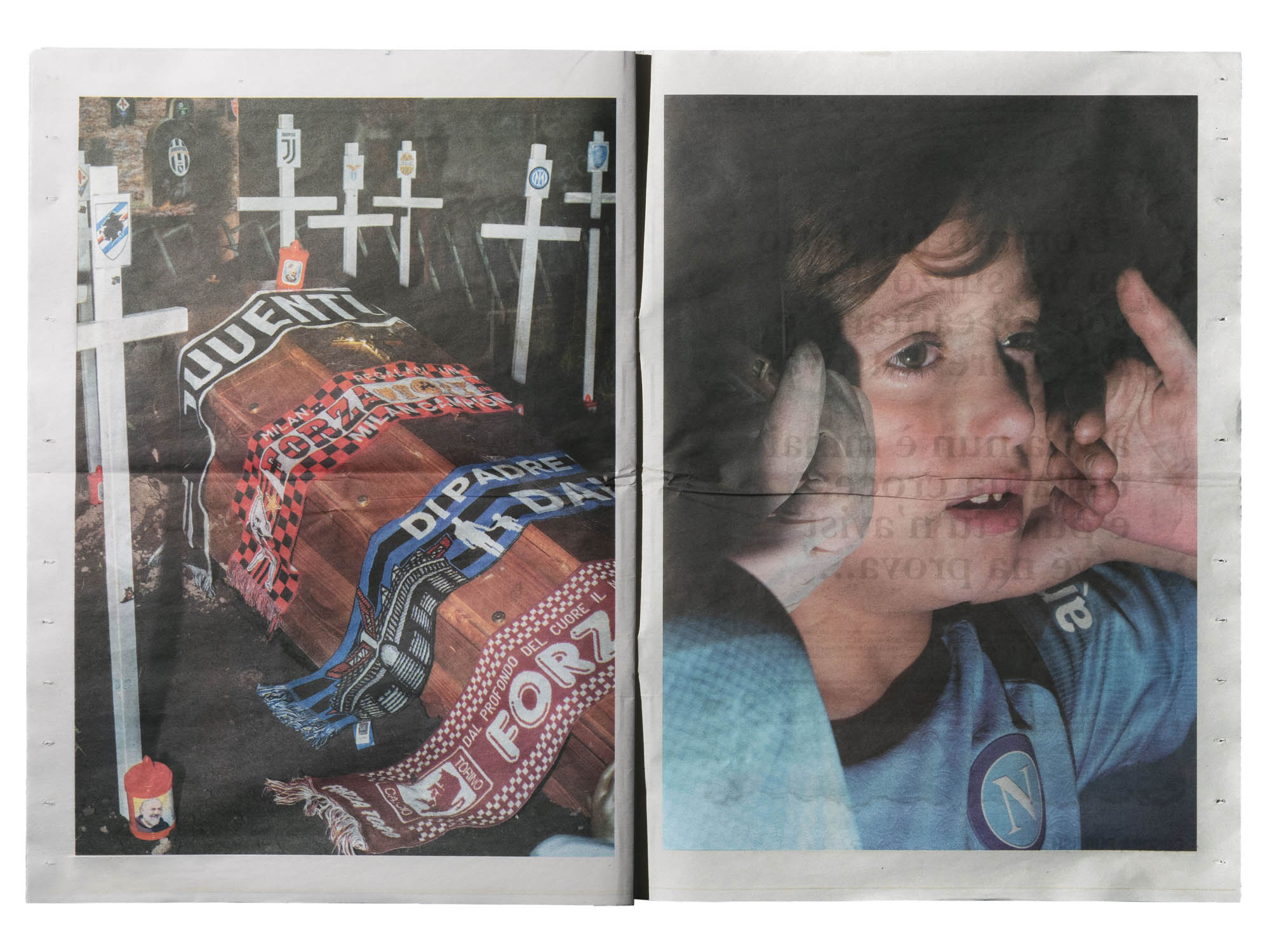
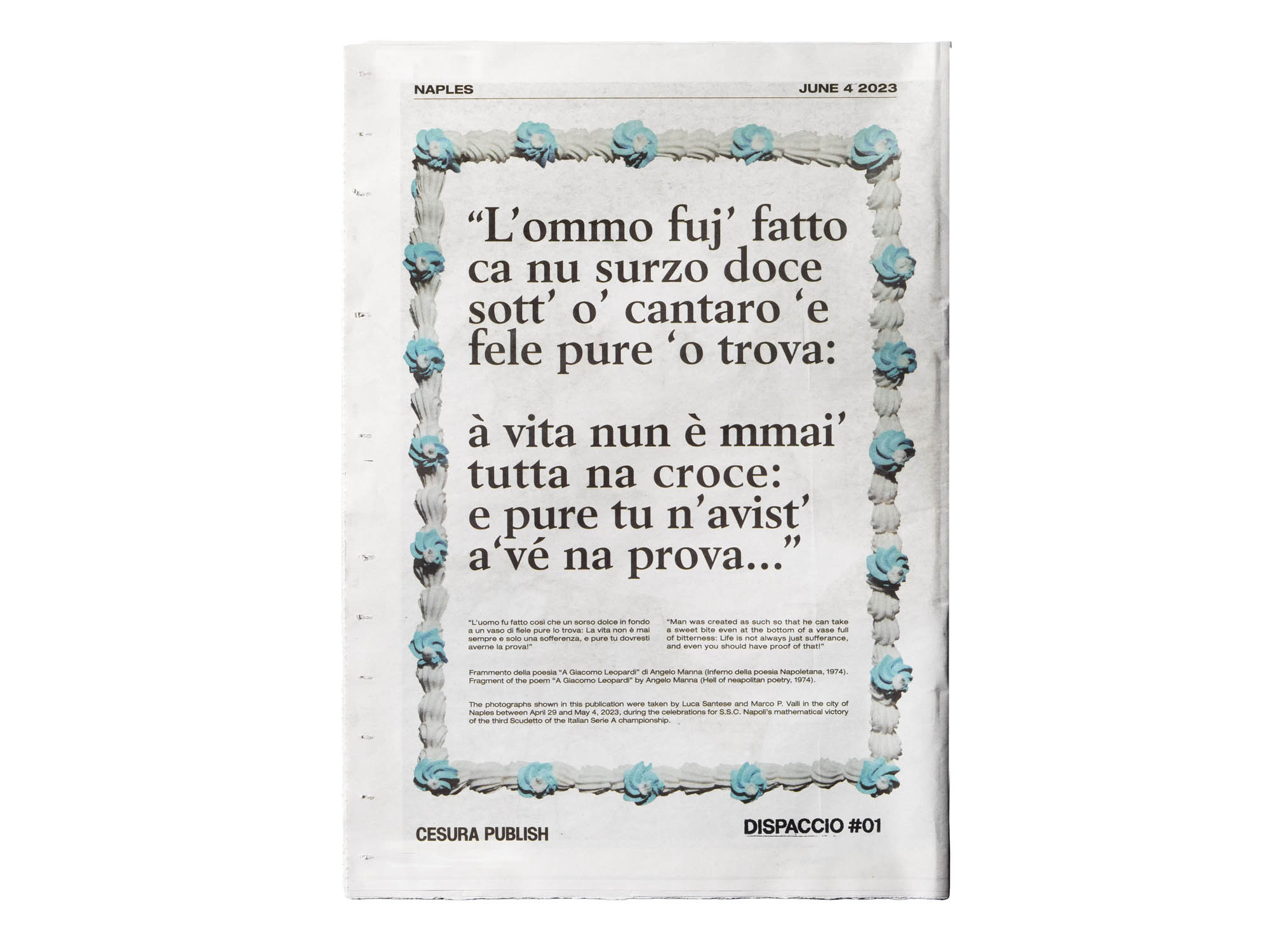
Newsprint paper
25×35 cm / 9,8×13,7 in
40 pages, 50 photos
Rotogravure
BUY FANZINE


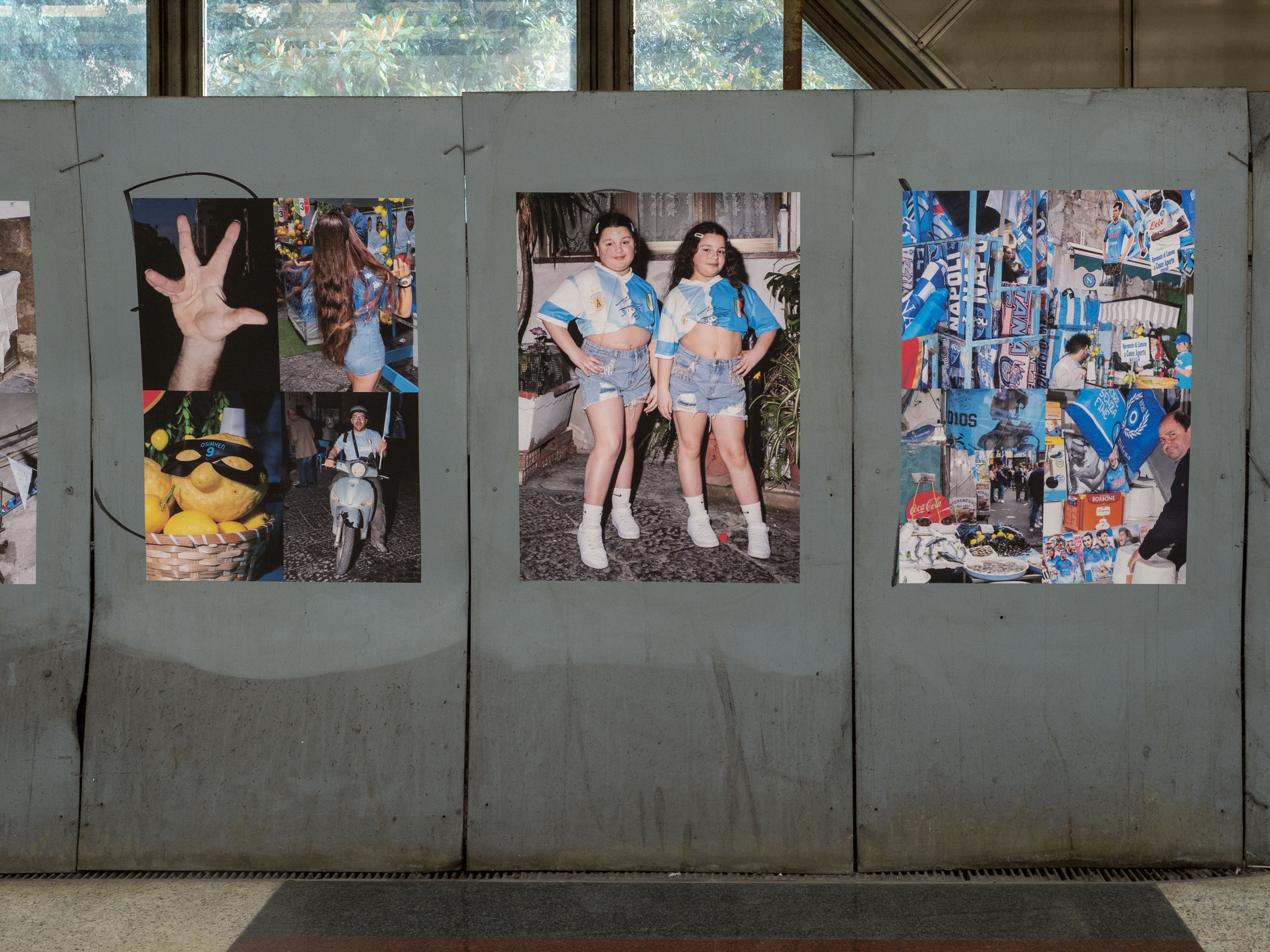




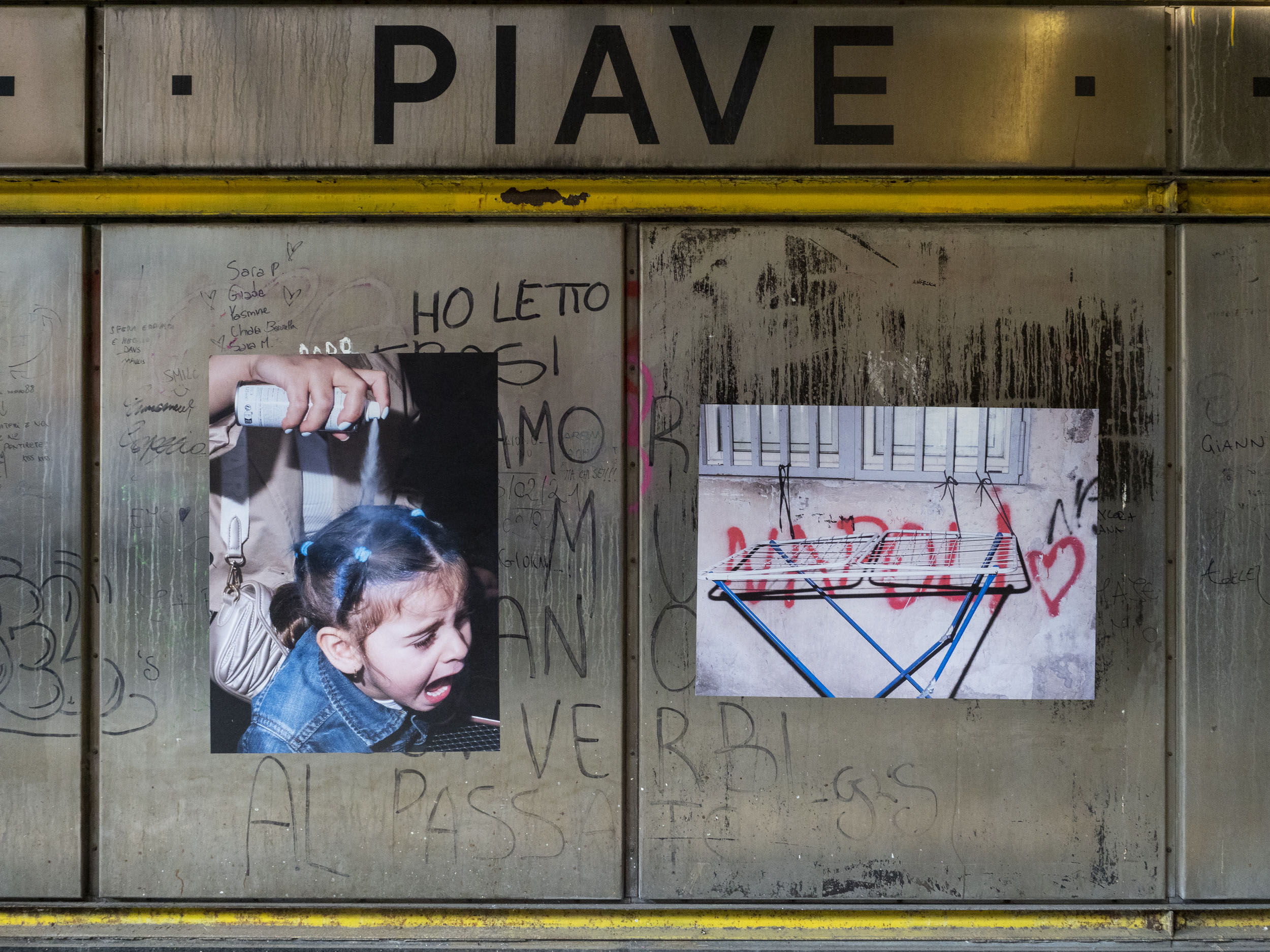


(Malatì Exhibition, Raise your Zine Festival, Naples, Installation shots, September 2023)
Festa
by Luca Santese
Curated by Nicola Patruno
La Festa è l’eterna ripetizione di un evento primigenio, accaduto in un tempo tanto profondo da
essere impossibile da stabilire.
È un tempo fuori dalla storia, prossimo all’eterno e che continua a riecheggiare negli abissi dell’umanità. È il mito, letteralmente la “parola vera”, a raccontare questo tempo primordiale, a delinearne i contorni, ad evocarne il suono originario.
È un tempo, quello della Festa, che il brusio dell’indaffarata vita quotidiana tende a coprire con una coltre di chiacchiere e insoddisfazione, nella speranza vana che l’abisso primigenio da cui tutto proviene cessi di incutere terrore. Così non è: se l’abisso non lo si guarda a fondo, si ripresenta in modo sempre più insistente e inquietante.
La cultura si può dire che nasca proprio dallo sguardo che l’uomo ha avuto il coraggio di rivolgere verso l’abisso, agli albori della nascita della civiltà occidentale, nella Grecia arcaica, omerica, pre- filosofica. Così, dall’incontro tra il chaos primigenio personificato dal dio Dioniso e la luminosa – e talvolta accecante – sfera solare di Apollo, nascono le forme dell’arte.
LINK ENGLISH TEXT


L’arte nasce dal terrore, dalla volontà di dare forma alla sofferenza insita nella natura mortale dell’uomo, nella sua disperata finitezza.
La Festa è luogo ed evento di manifestazione comunitaria dell’arte, momento in cui gli archetipi dell’orrore primigenio vengono rievocati, in cui il vagito disperato dell’umanità prende forma e si fa danza, figura, suono, parola.
La serie di fotografie/opere che compongono la Festa sono una riappropriazione di questi archetipi e delle loro forme: l’organico, la pulsazione vitale, l’emergere della figura umana e della sua maschera, l’implacabilità del ciclo naturale vita-morte.
La Festa è inevitabilmente un’opera tragica, nella misura in cui prende forma come confronto artistico con la dimensione primordiale e profonda dell’umano. Nella Festa risuonano le parole del canto che le officianti del rito dionisiaco intonano attorno alla vittima sacrificale, Dioniso squartato, il capro – tragedia significa letteralmente “canto del capro”, tràgos è “capro”, oidè “canto”. La tragedia è il modo con cui l’abisso viene mostrato, “rappresentato” nella sua connaturata irrappresentabilità. Per questo la tragedia è consapevolmente destinata a fallire e il suo valore consiste proprio in questo gioioso tentativo disperato di dare forma al chaos.









I colori presenti in ogni opera della serie sono direttamente attinti all’aposematismo, cioè quell’attitudine di diverse specie animali ad assumere colori che possano spaventare eventuali predatori trasmettendo cromaticamente la loro tossicità. Questi colori repellenti sono un richiamo diretto alla lotta che popola il mondo degli organismi viventi, dai più semplici come le piante, ai più complessi come gli insetti, i mammiferi e l’uomo. I contorni delle immagini sono circondati dall’oscurità, dalla tenebra, che trova una tregua principalmente nel colore rosso, come se fosse solo un fuoco ardente ad illuminare la scena.

(Installation project whiteboard)
Alla serie di dodici immagini si aggiunge un’opera testuale che completa l’esposizione. In essa compare una costellazione di parole, di accenni, di direttrici di senso che sono indispensabili per l’orientamento del visitatore all’interno delle opere visuali. Non si tratta di un testo didascalico, descrittivo, univoco bensì di un’opera espressiva che indirizzi il fruitore senza però costringerlo in un percorso e in un’esperienza precostituiti.
Nicola Patruno



(Installation shots, Feb. 2019)
Sado 2008-2009
(EN) “Look for freedom and you will be slave of your own desires, look for your discipline and you will find freedom.”
This is the essence of sadomaso. BDSM is research.
He who submits himself to a Sadomasochism experience finds in every session a series of confirmations and answers to questions of identity, many of which cone from the depths of the human psyche.
What can my body do?
What are its limits?
What is my relationship with my own body?
Am I more than my body?
Question like these prevent us from educing BDSM session to a simple satisfaction expression of a pleasure or desire; which he terrible common sense quickly defines as “weird”or in the worse way “abnormal”.
And it’s not even vague and supponent rivendication of diversity: the Sadomadochism is a reaction to the thirst for knowledge.

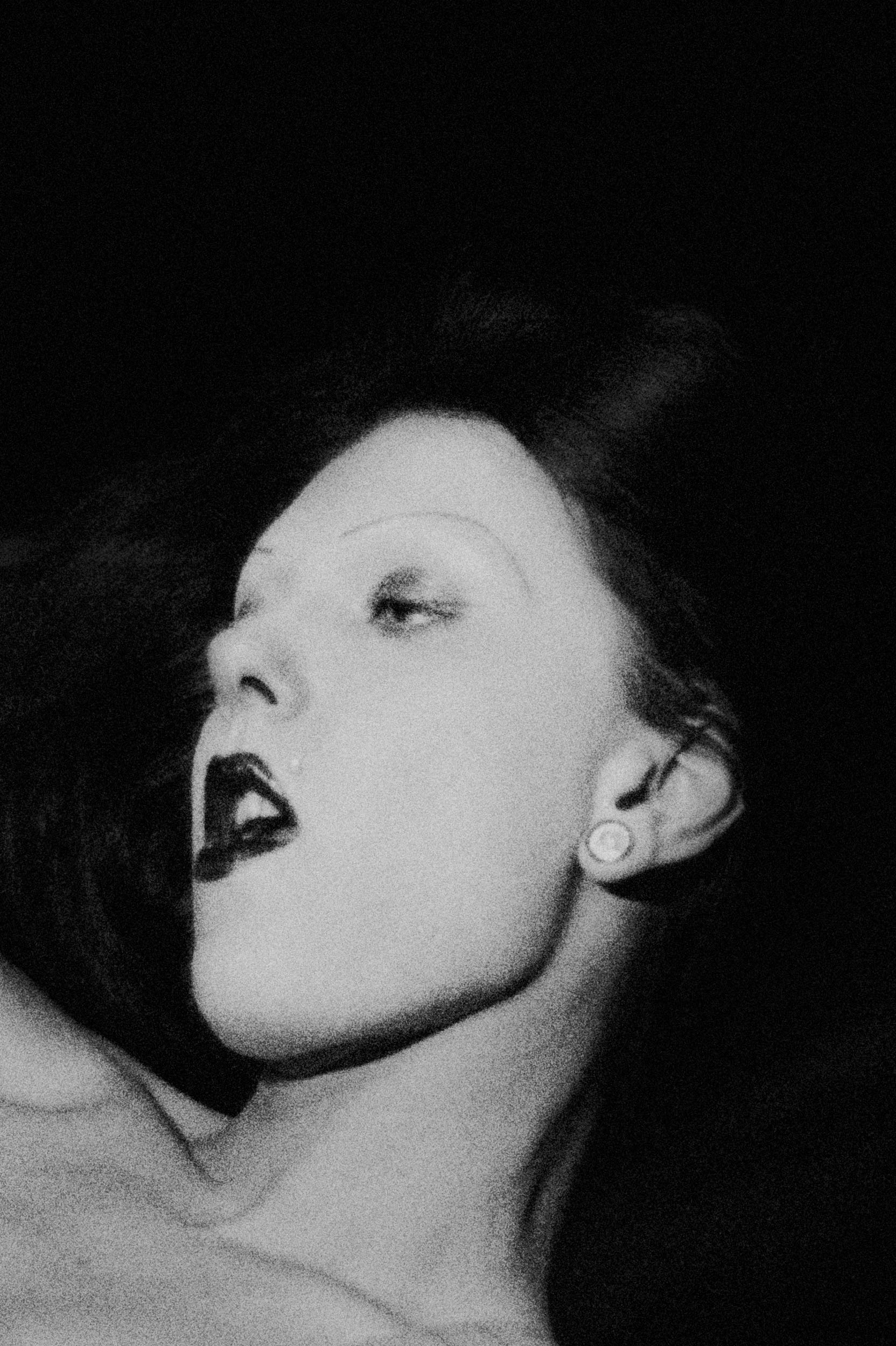
(IT) "Cerca la libertà e sarai schiavo,
trova la disciplina e sarai libero."
Questa è l'essenza del sadomaso. Il BDSM è ricerca. Chi si sottopone a un'esperienza sadomaso trova in ogni sessione una serie di conferme e risposte a domande identitarie, molte delle quali provengono dalle profondità della psiche umana.
Cosa può fare il mio corpo?
Quali sono i suoi limiti?
Qual è il mio rapporto con il mio corpo?
Sono più del mio corpo?
Domande come queste ci impediscono di ridurre una sessione BDSM a una semplice espressione di soddisfazione di un piacere o desiderio, che il senso comune definisce rapidamente come "strano" o, nel peggiore dei modi, "anormale".
E non è neppure una vaga e supponente rivendicazione di diversità: il sadomasochismo è una reazione alla sete di conoscenza.
